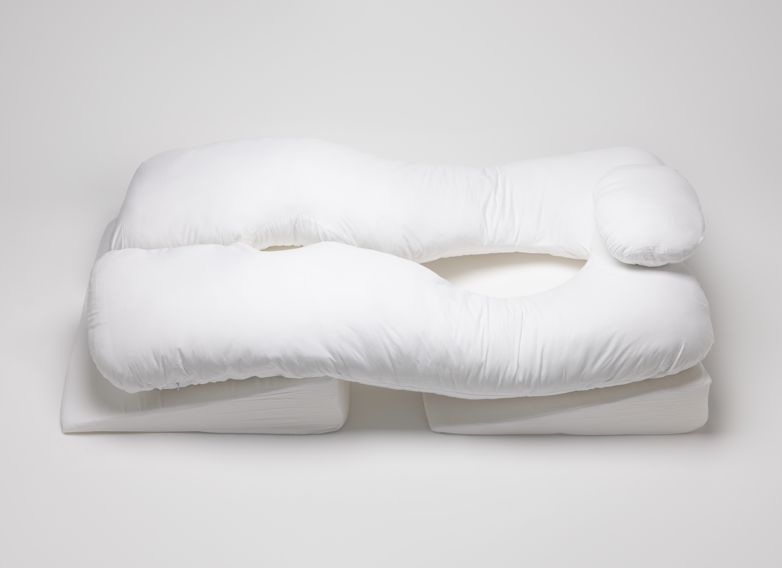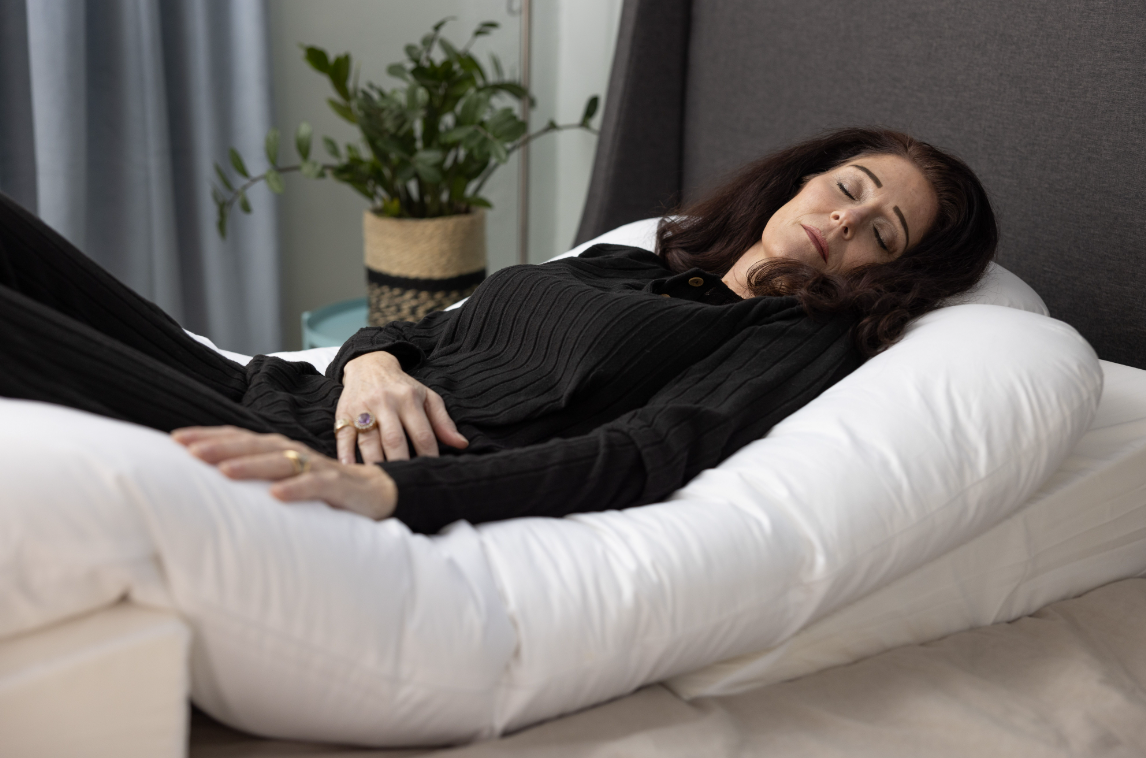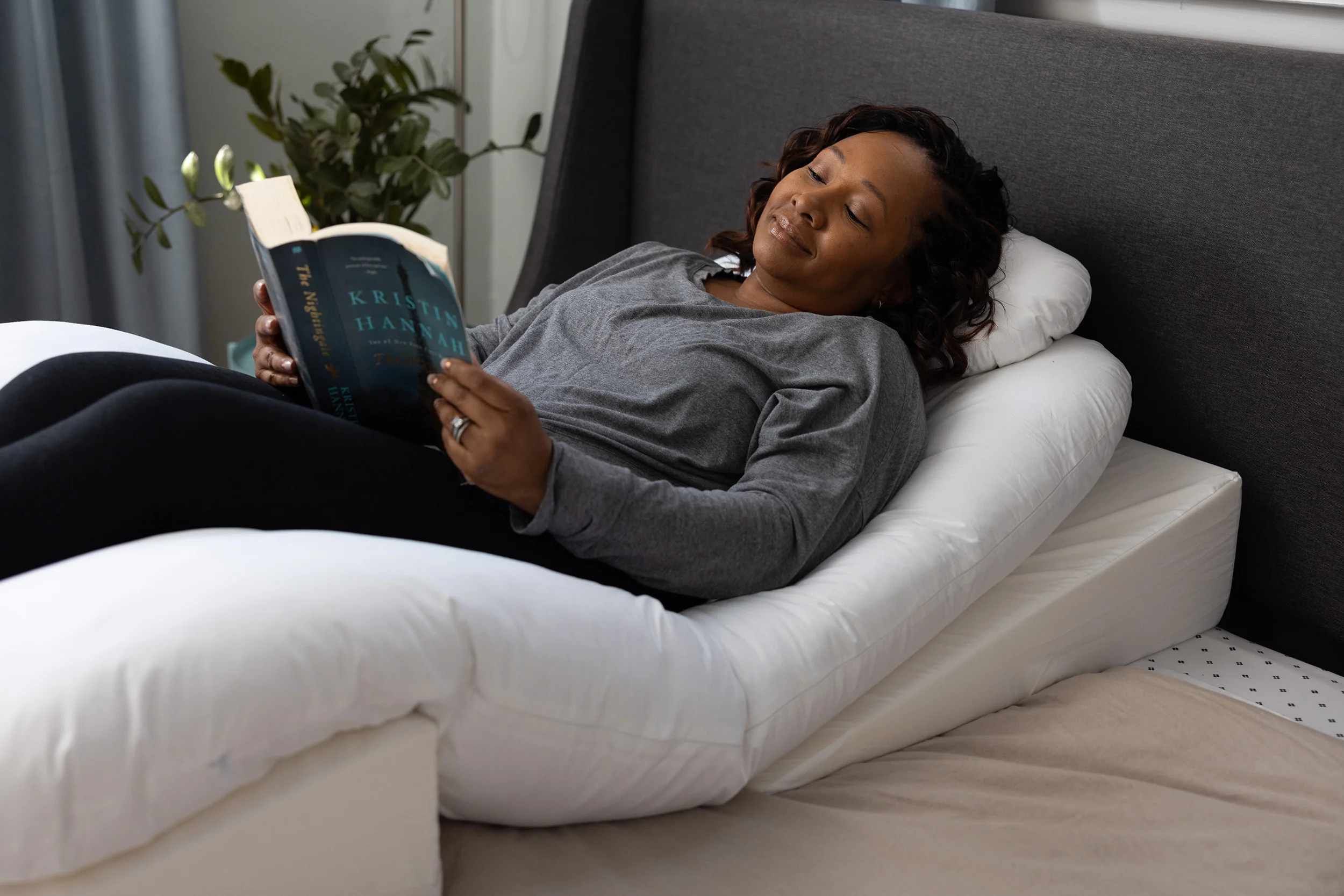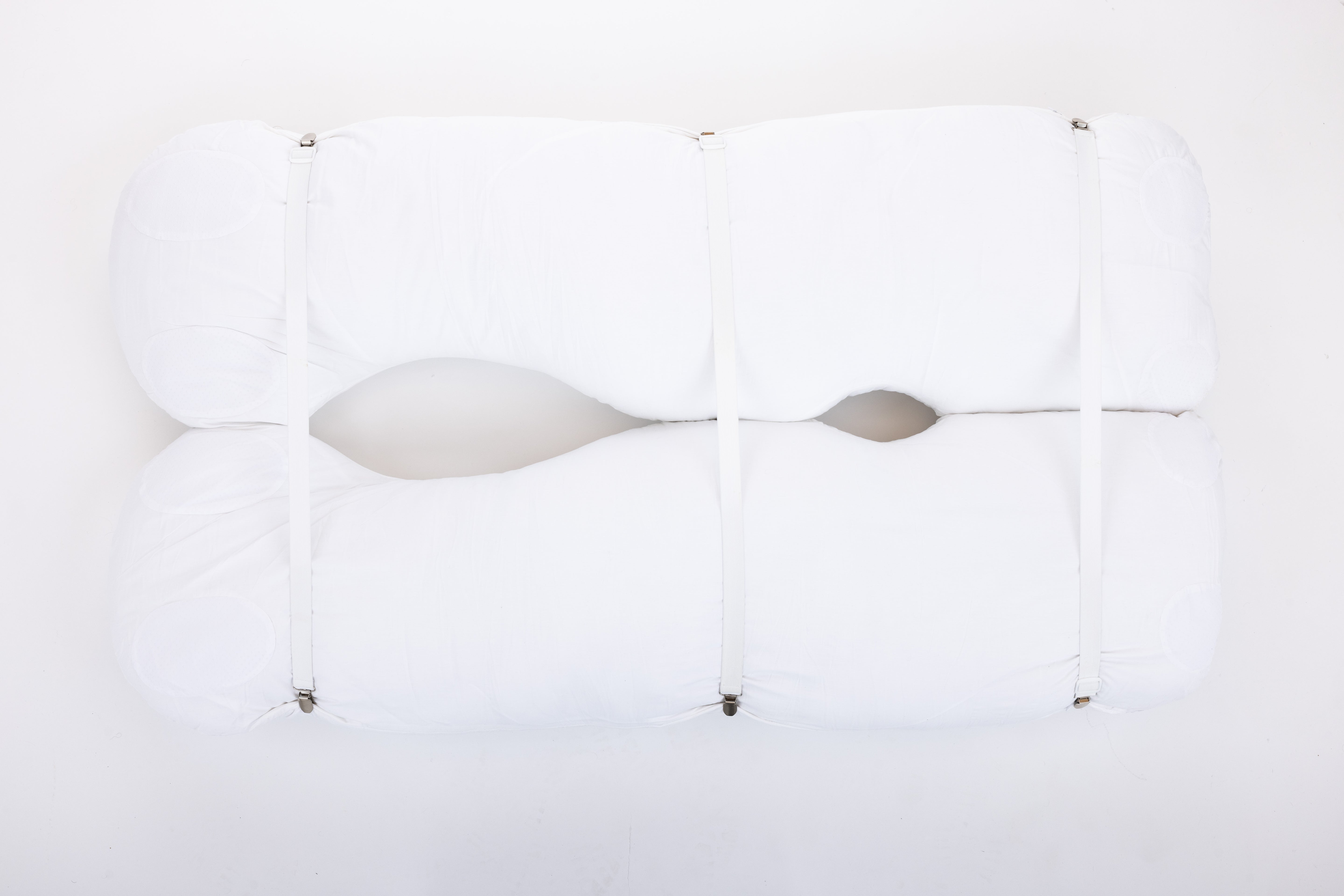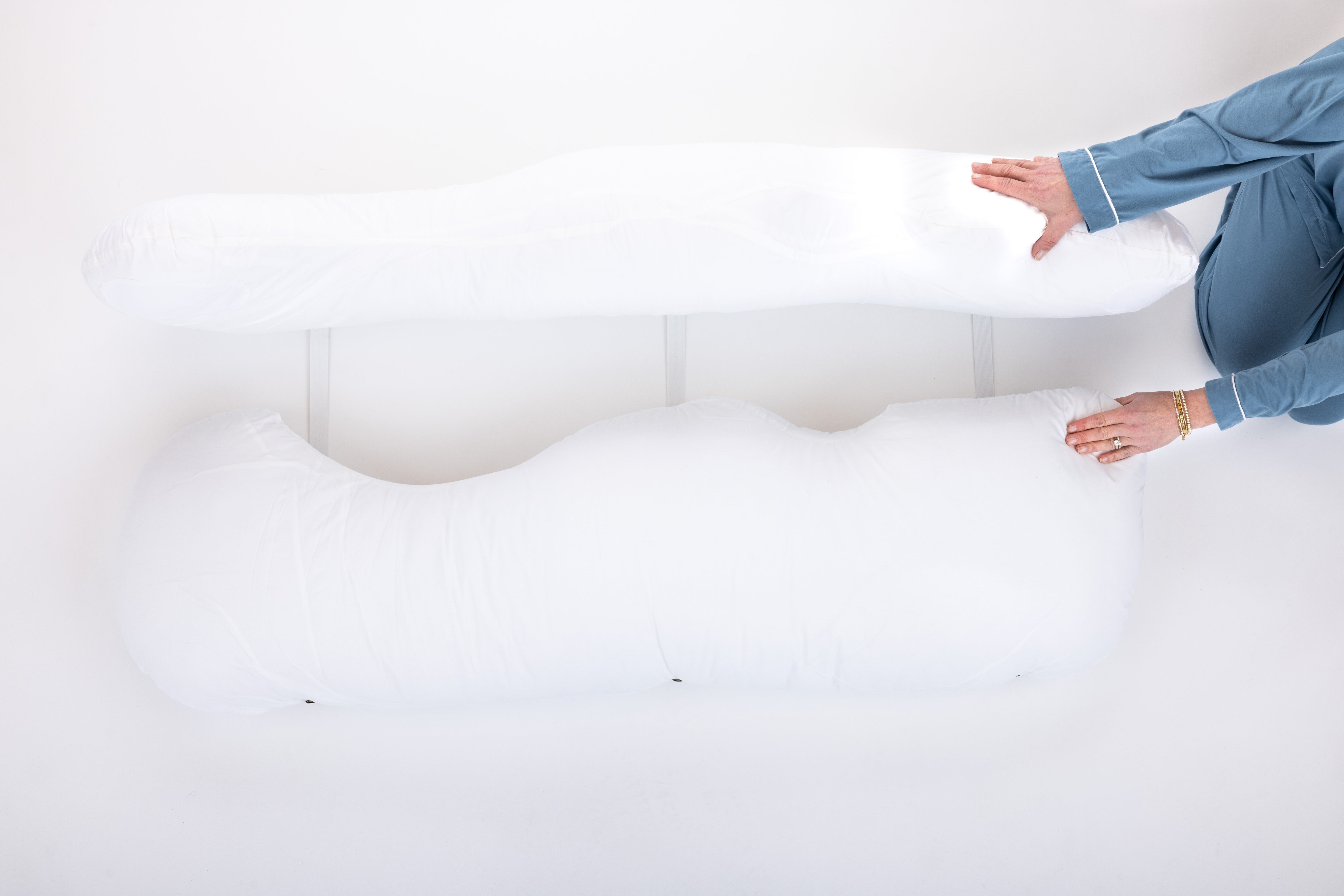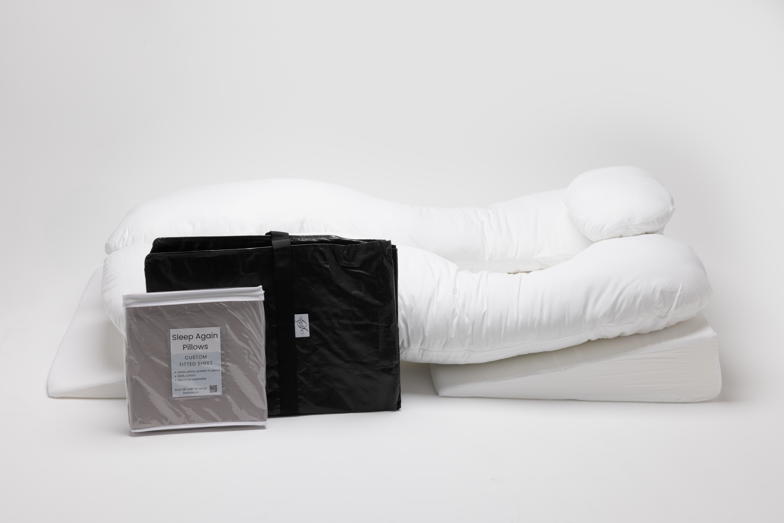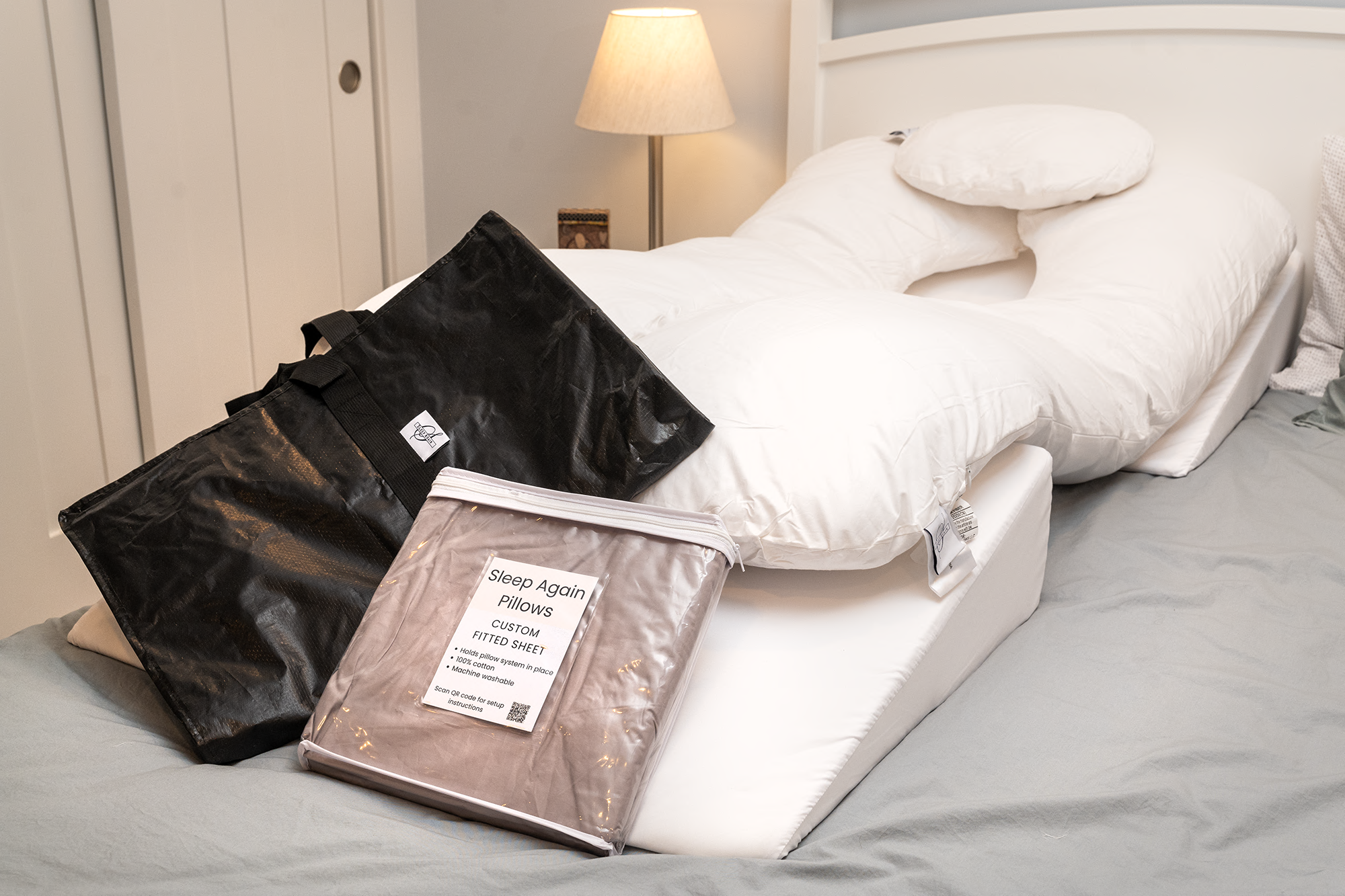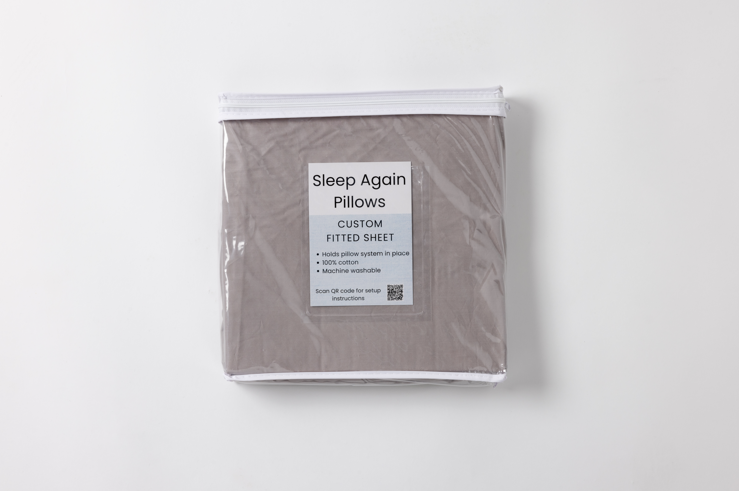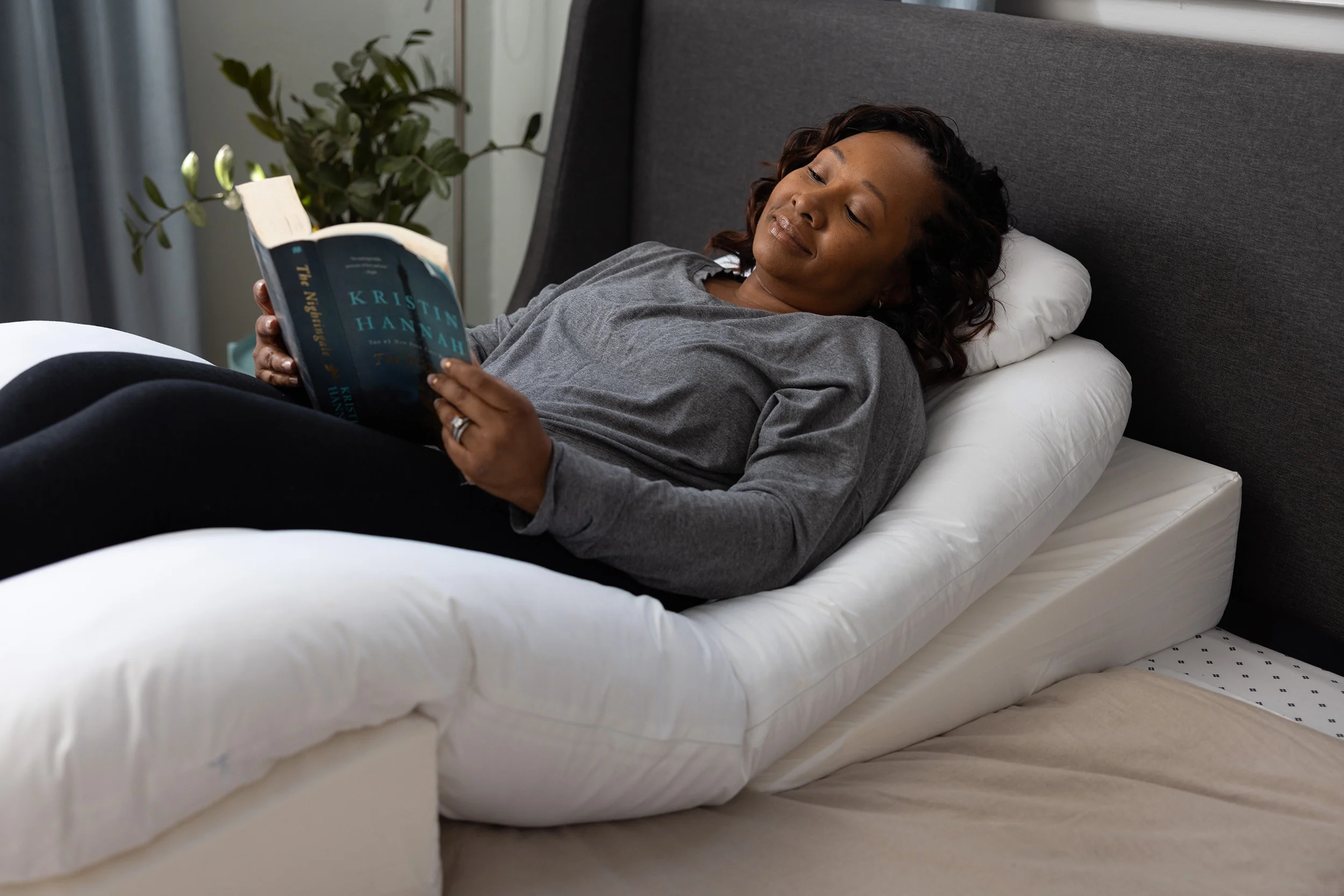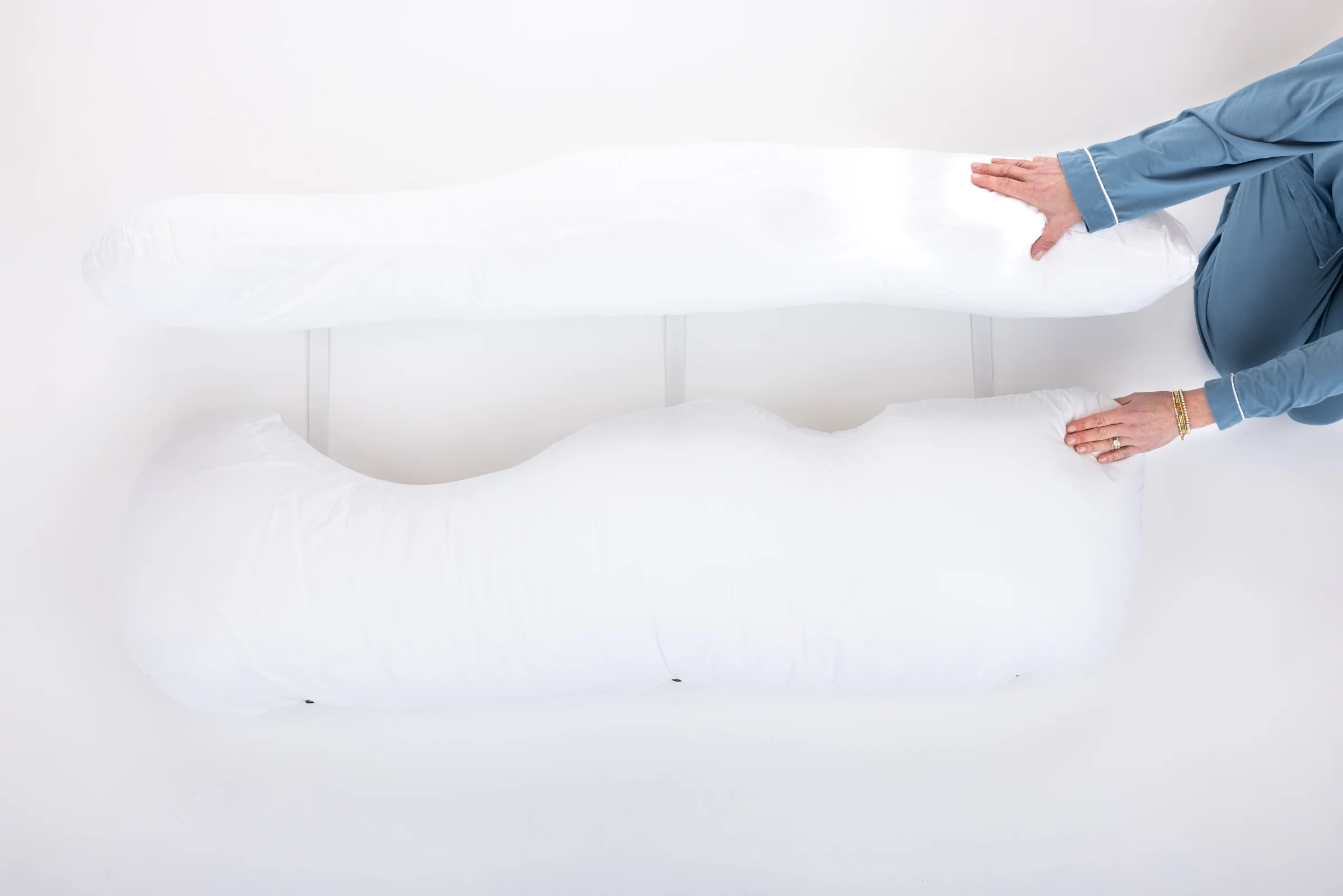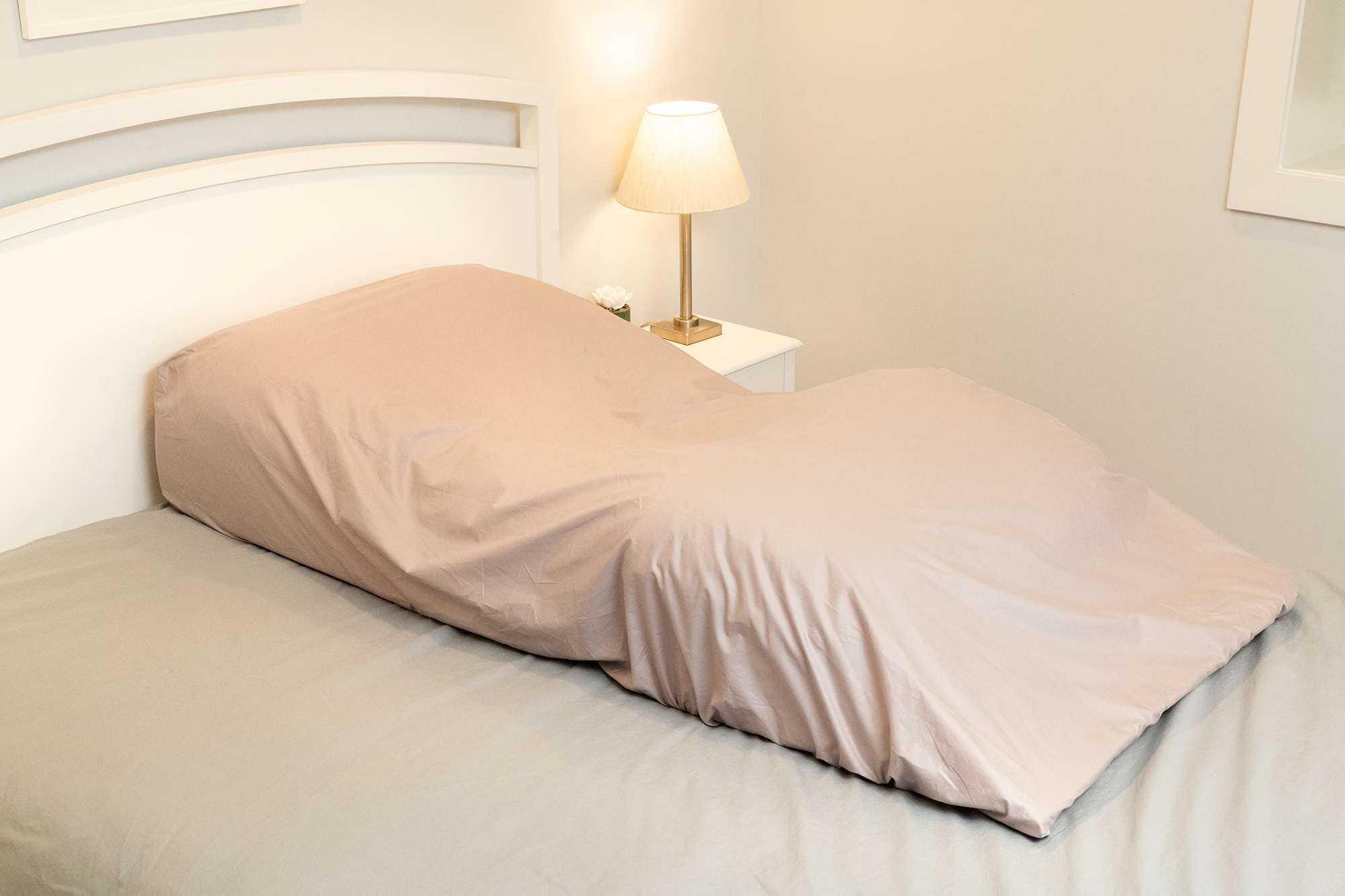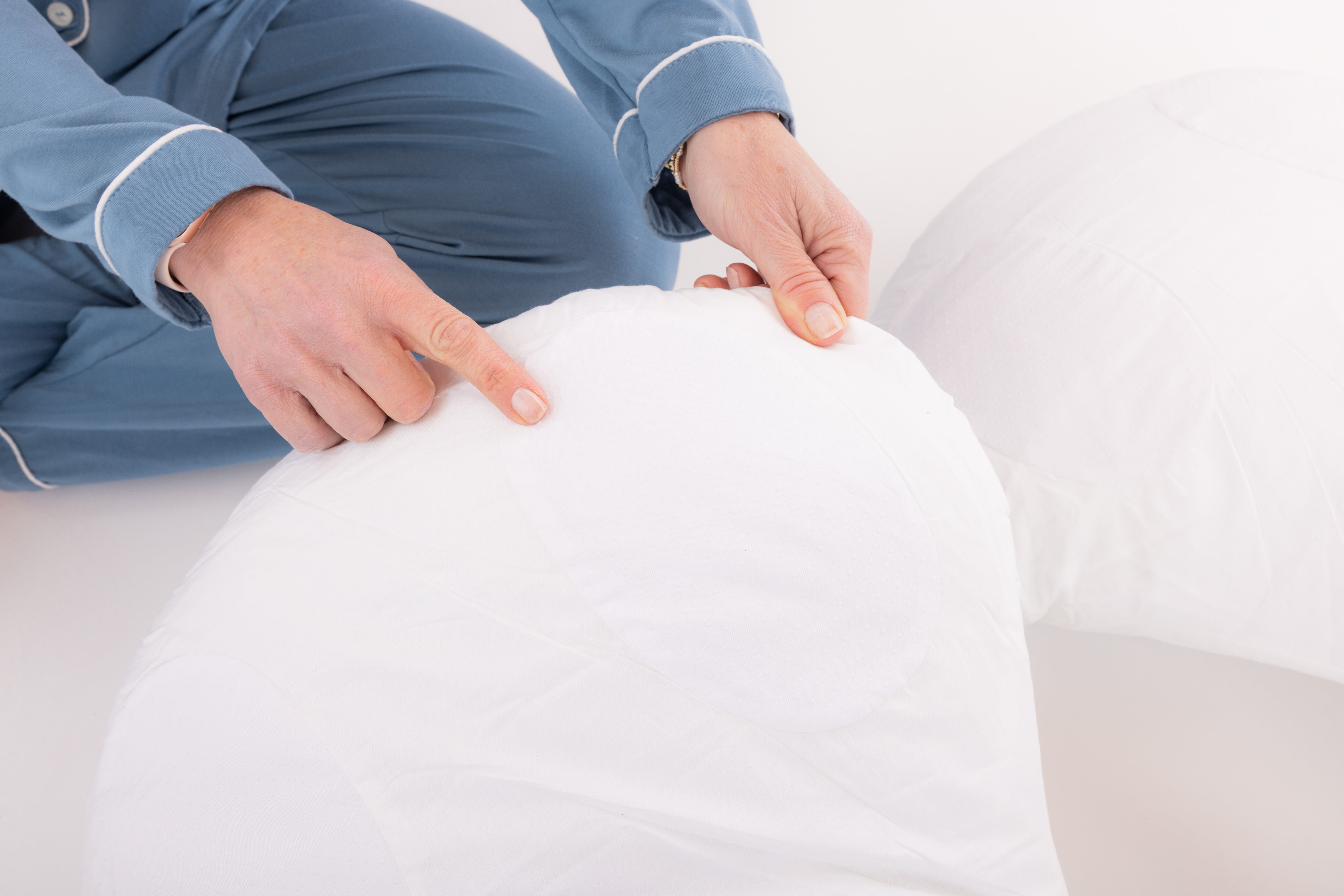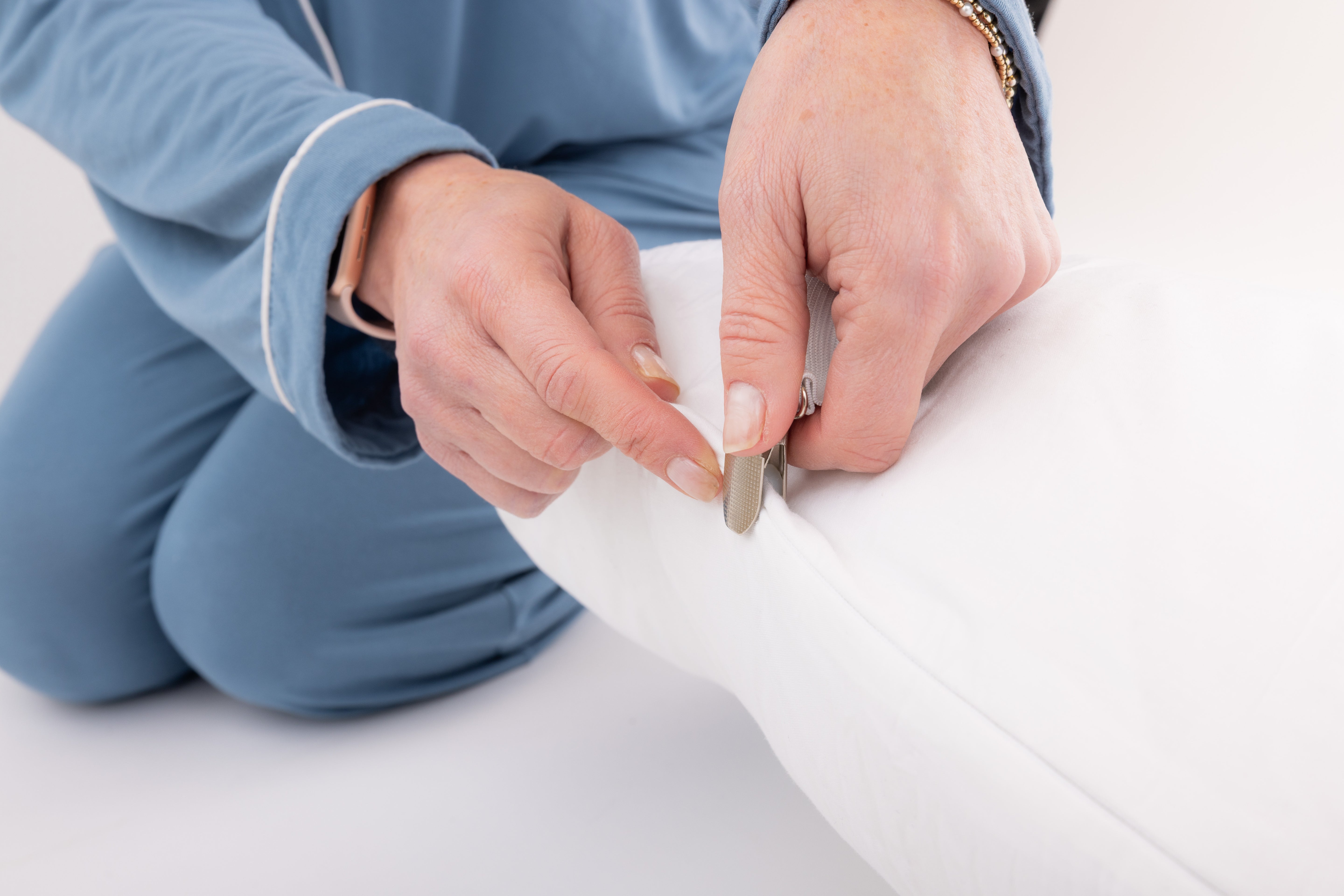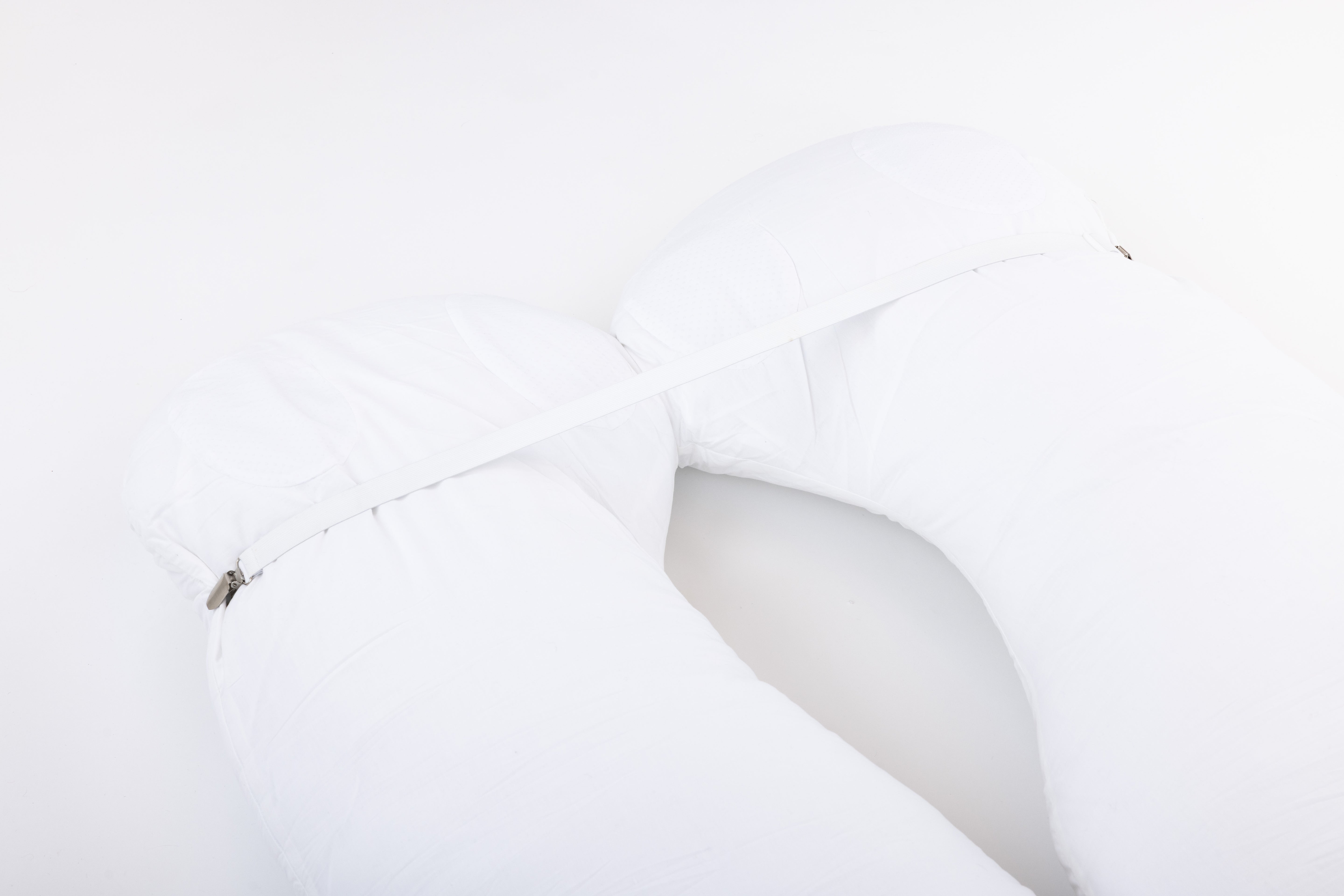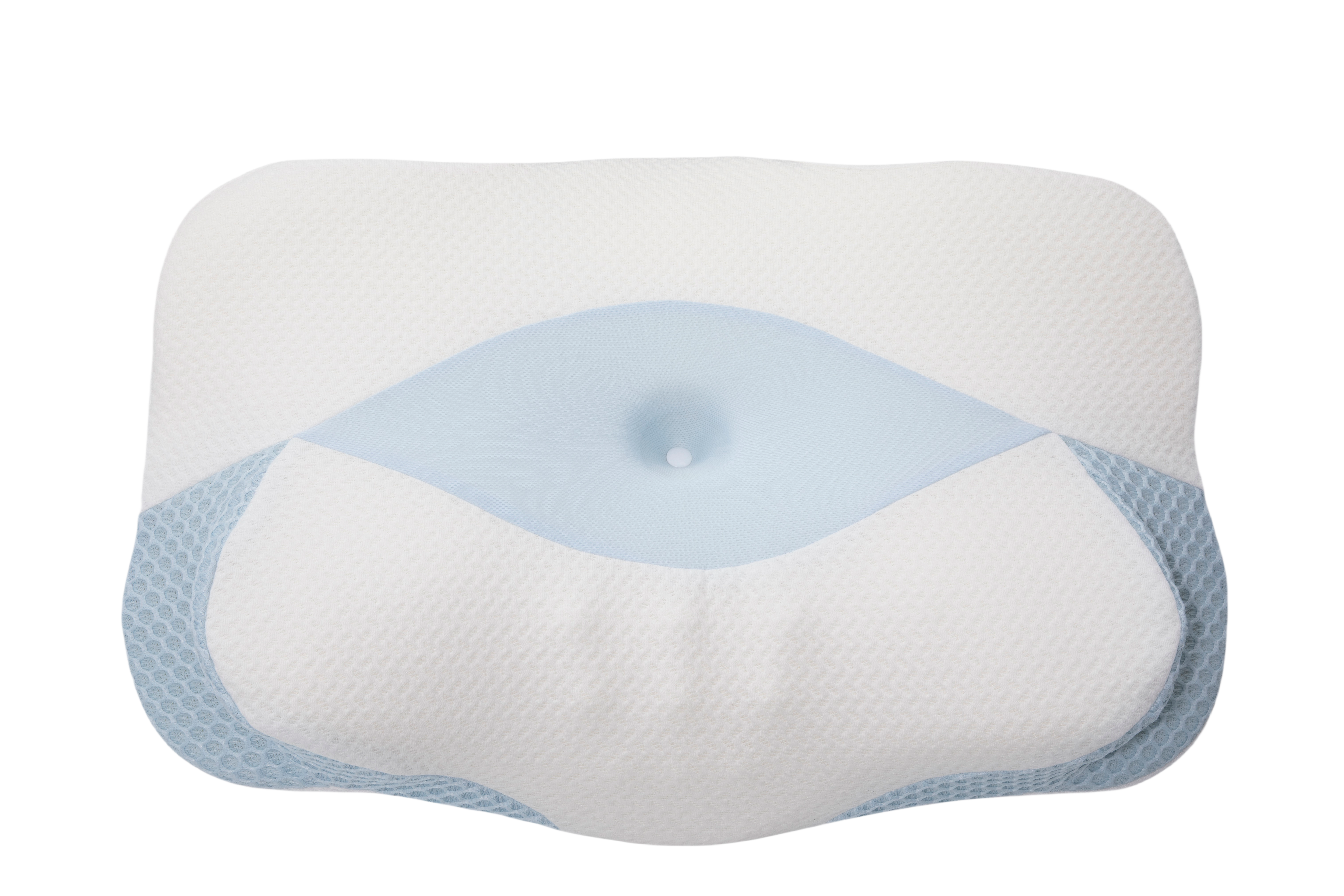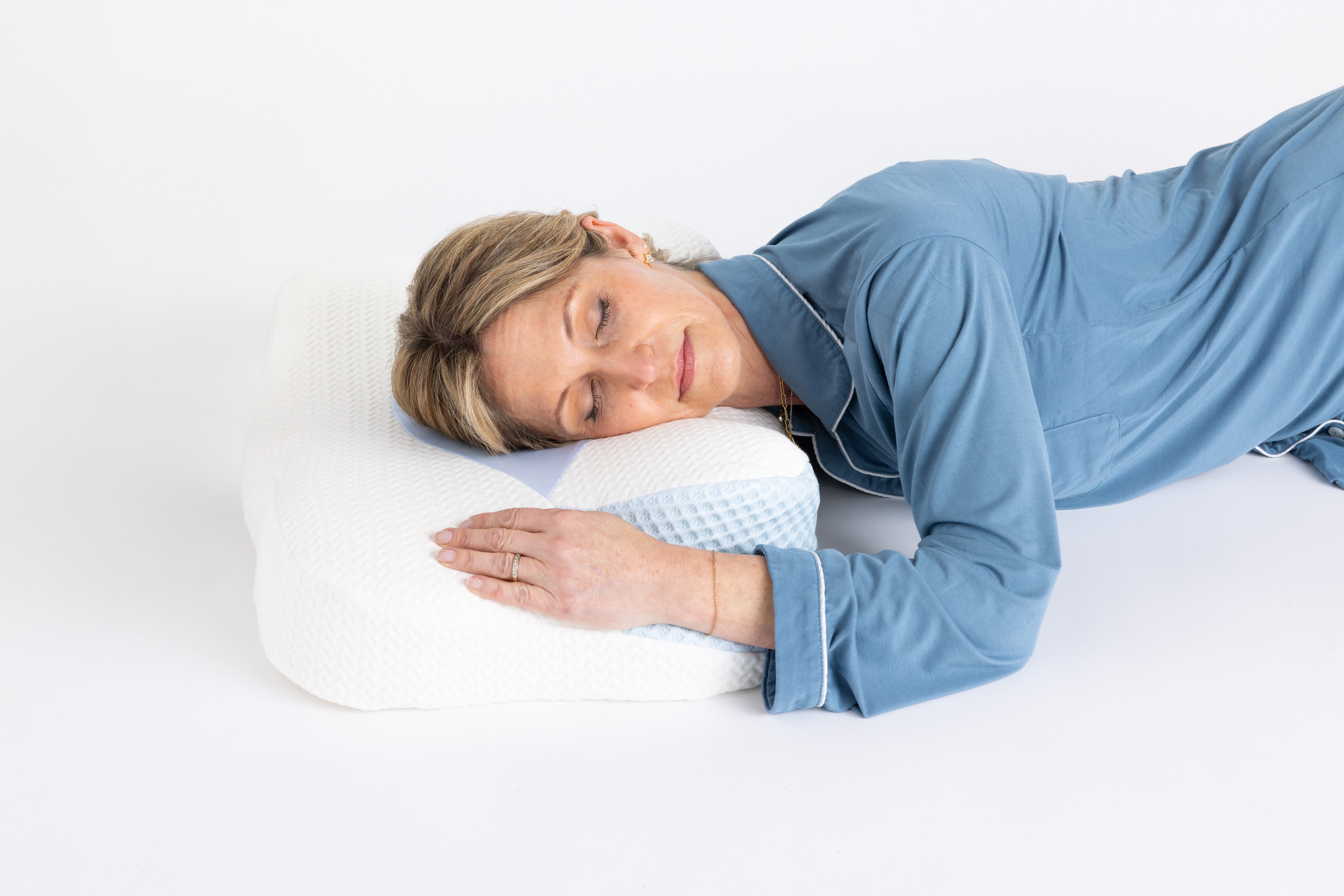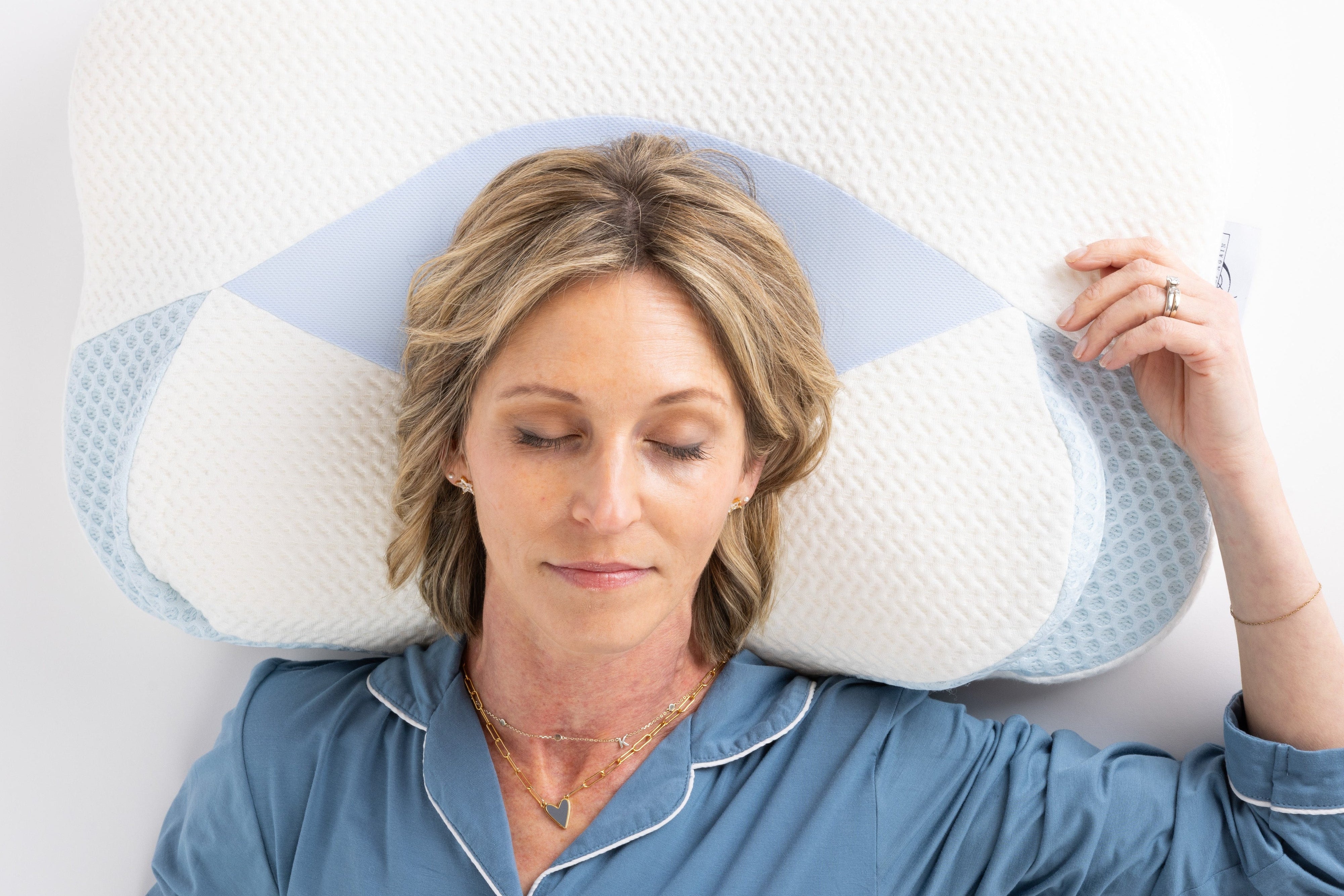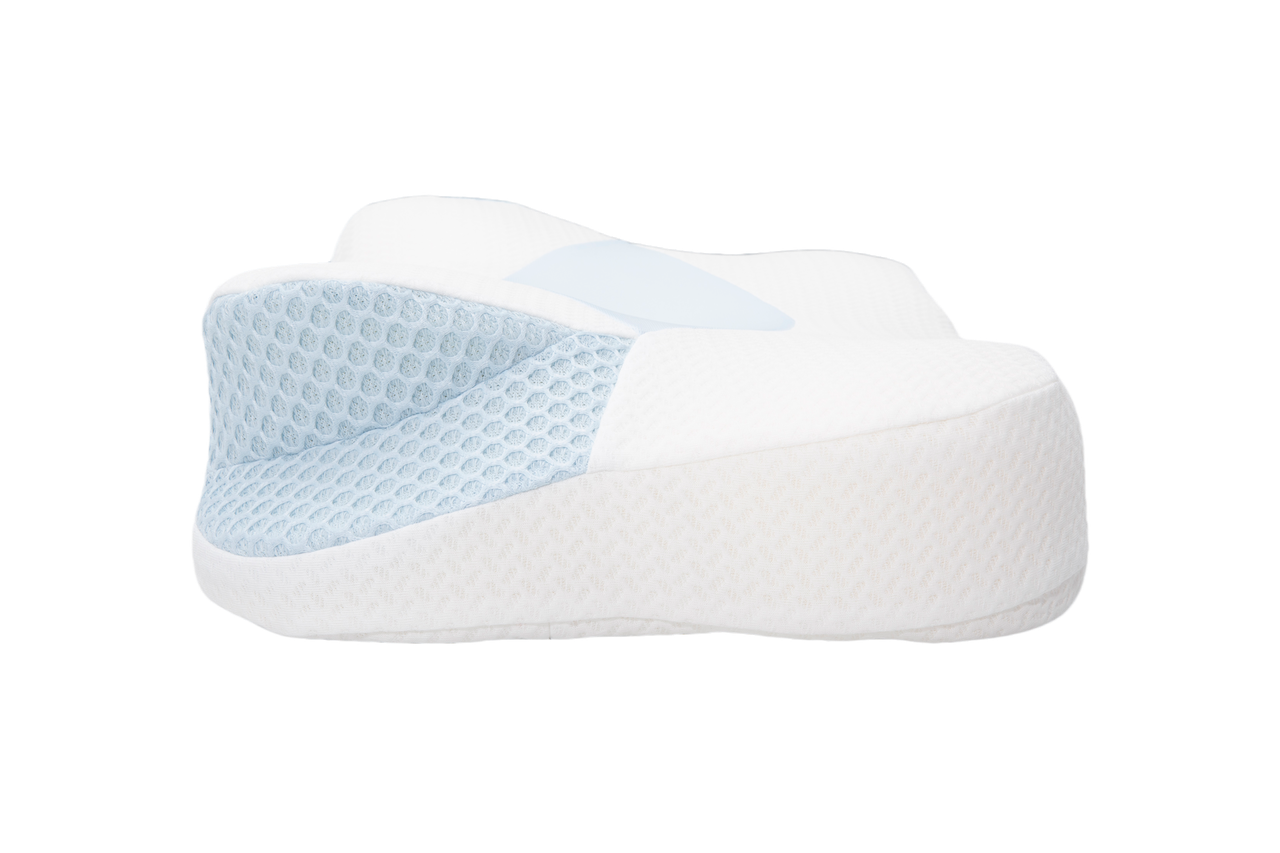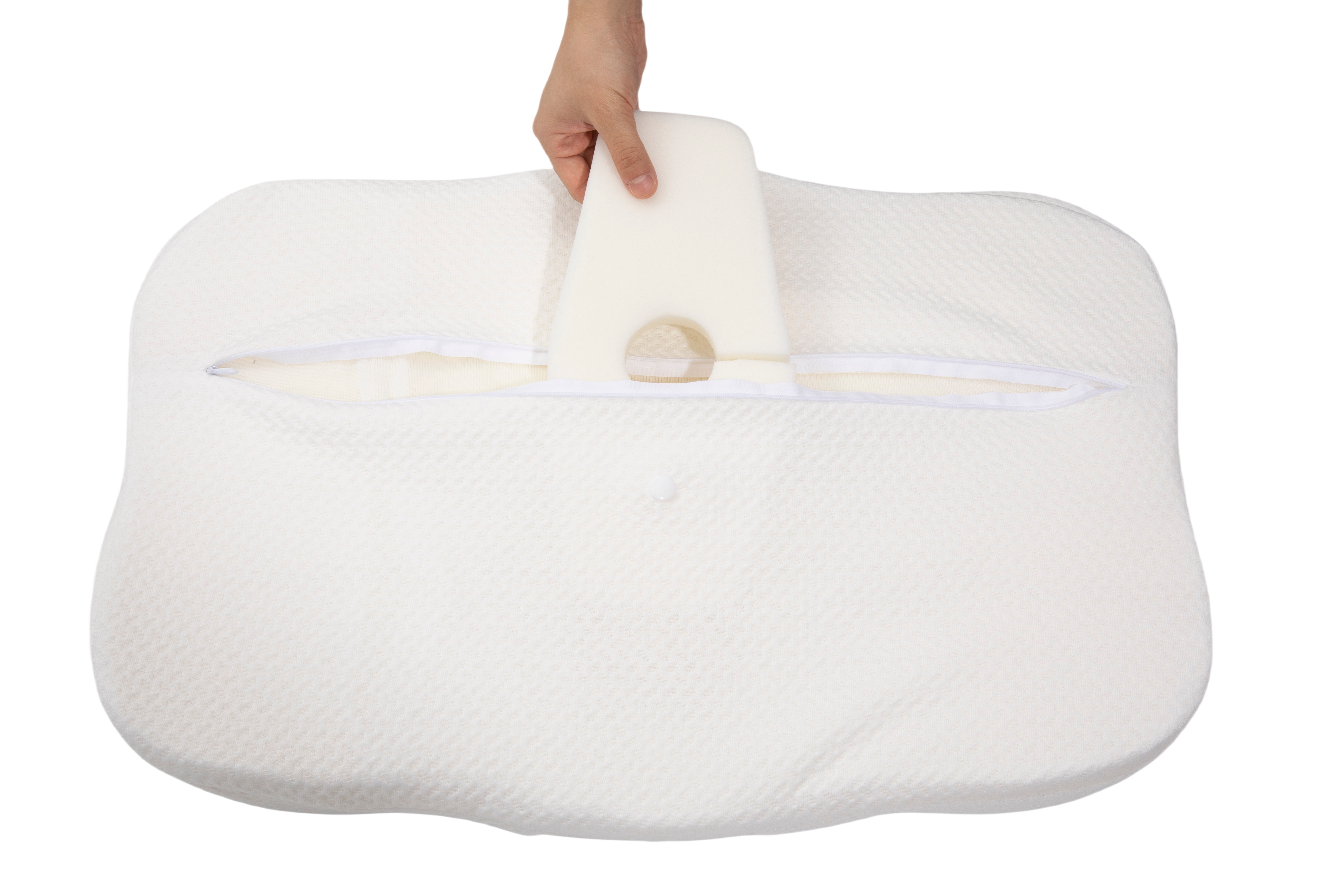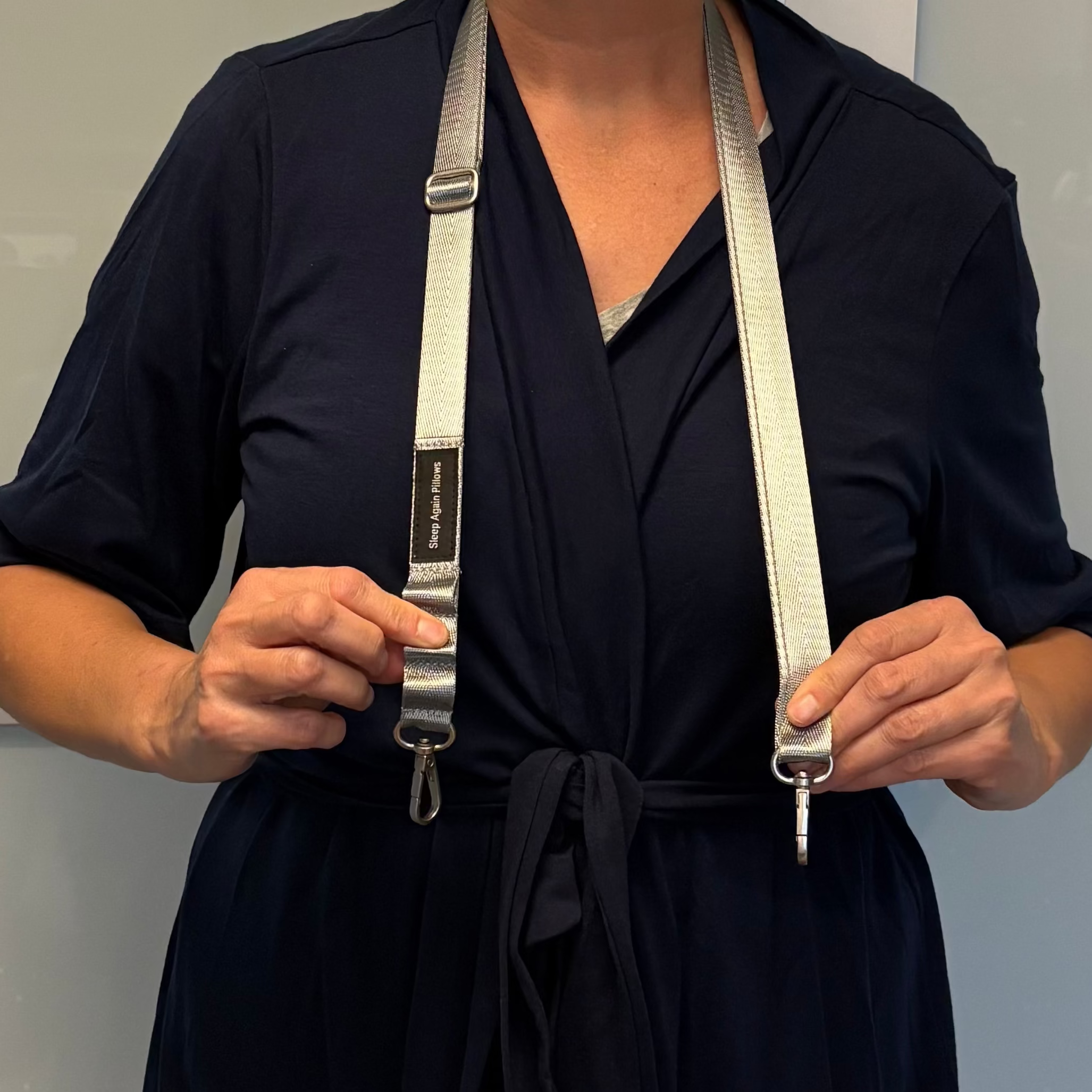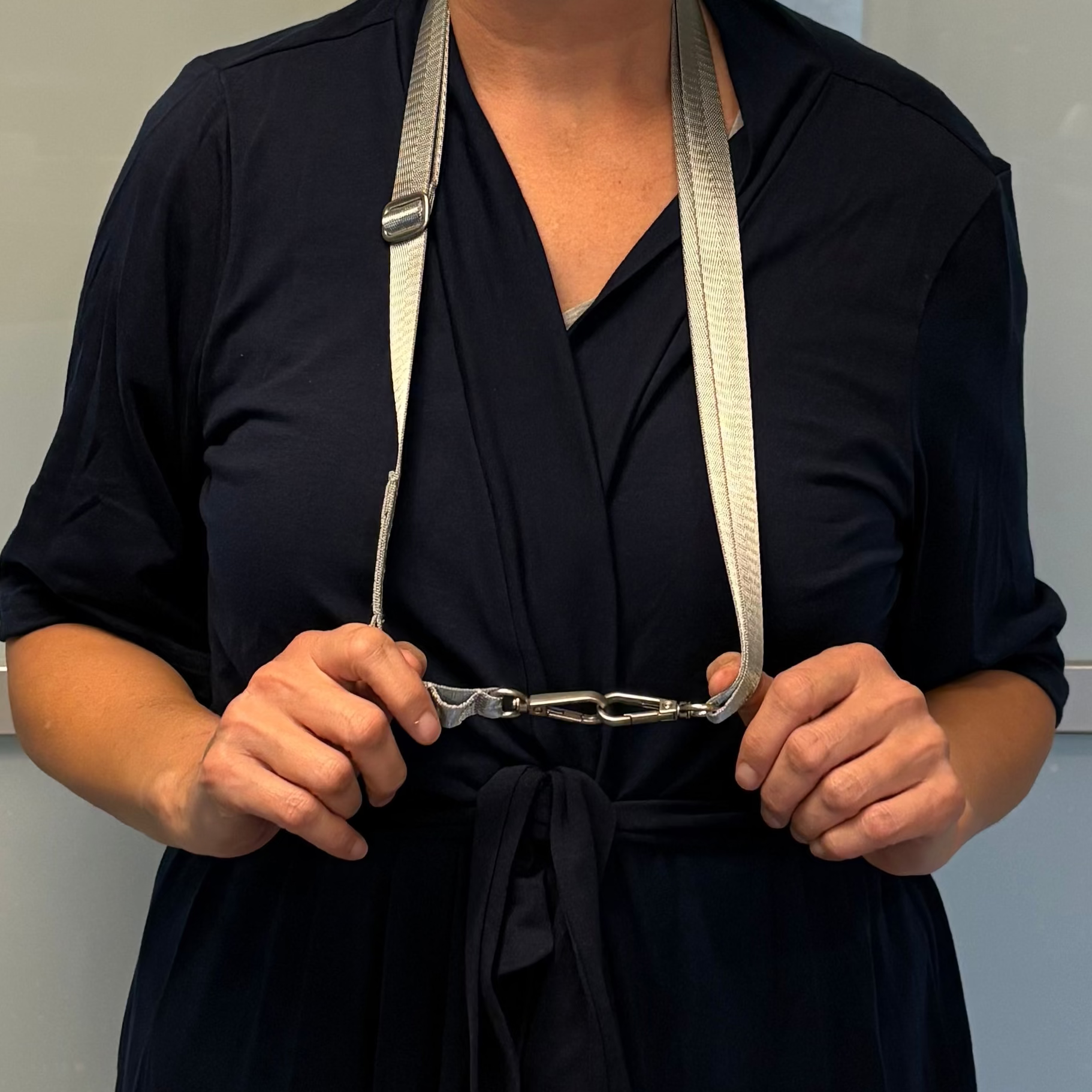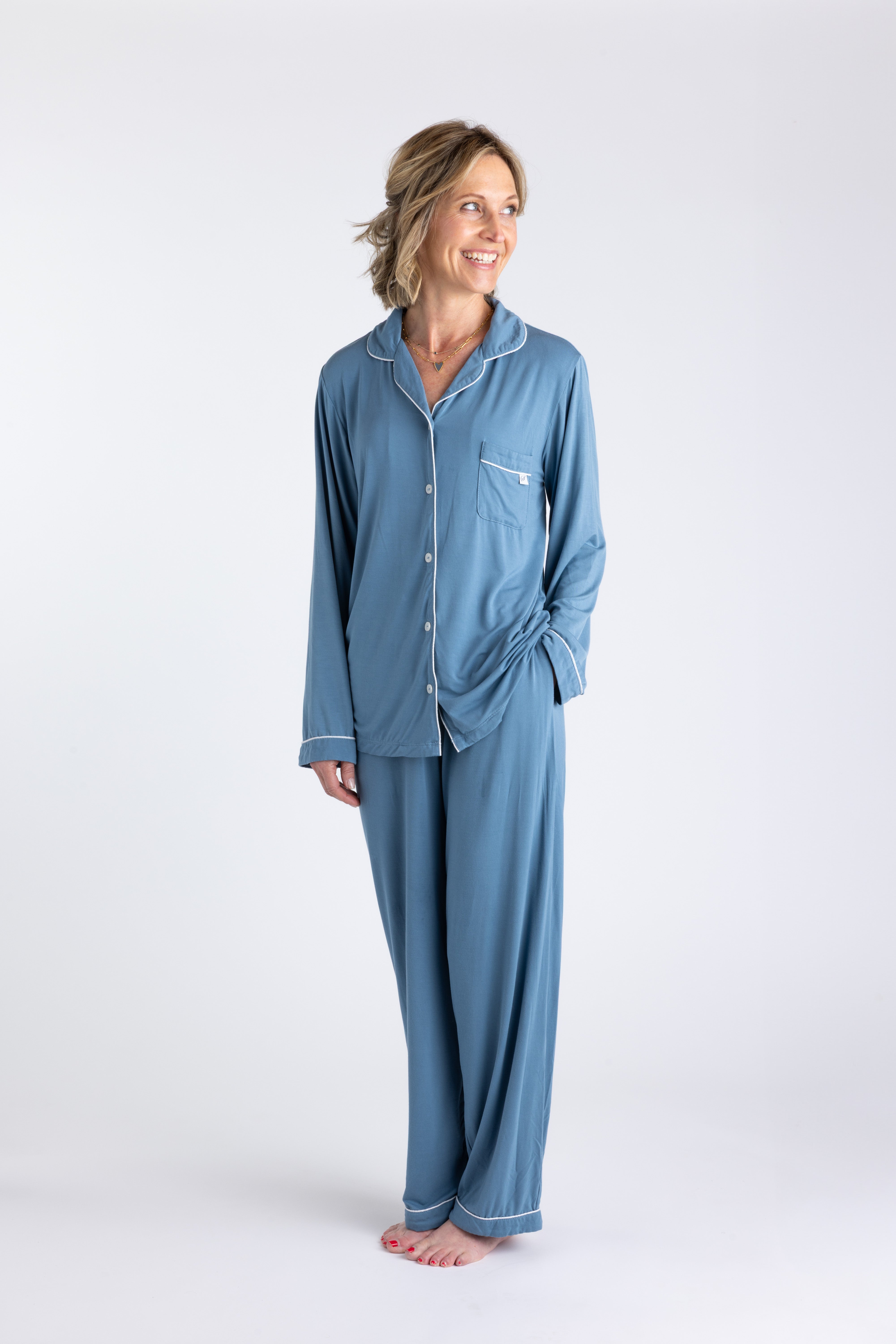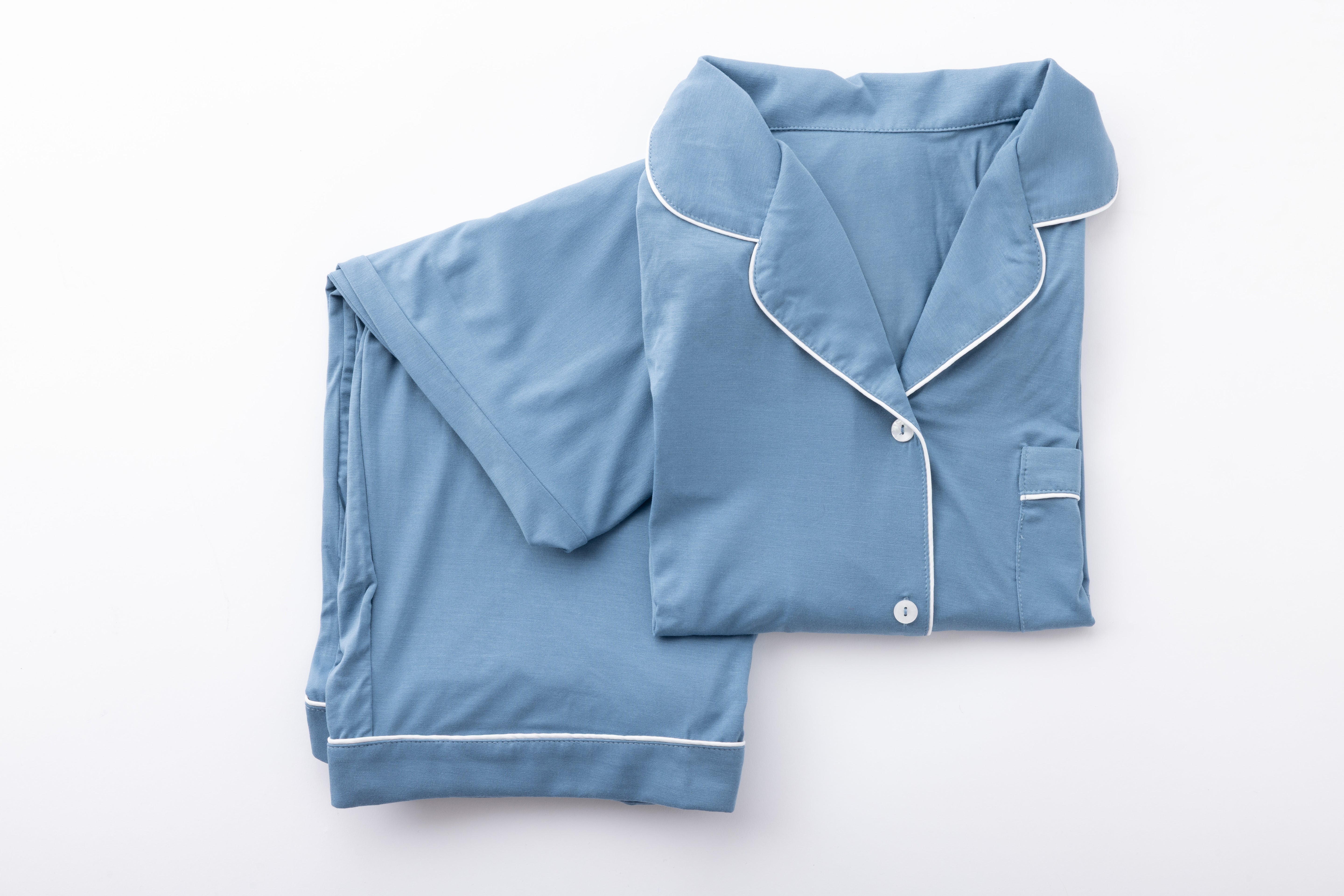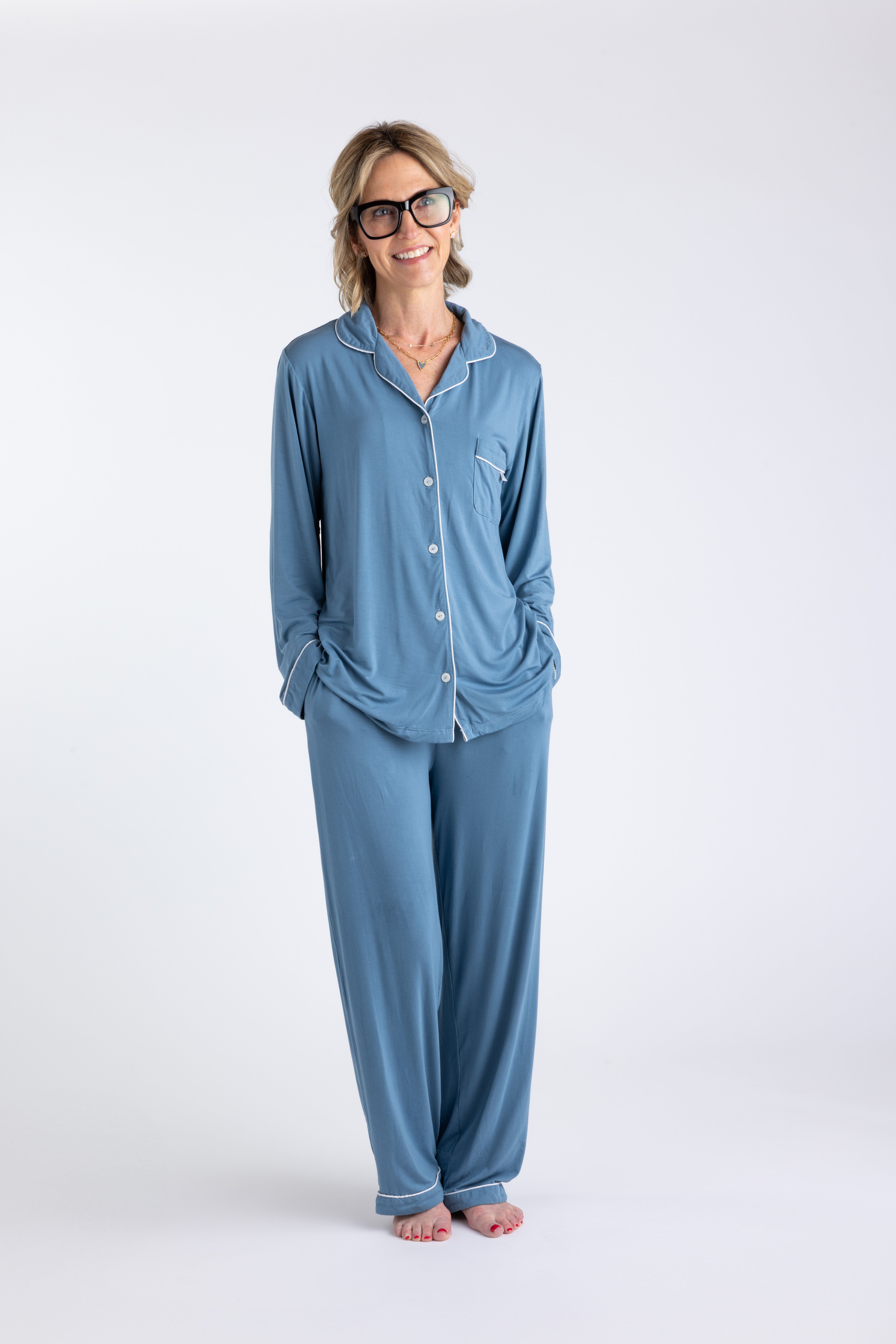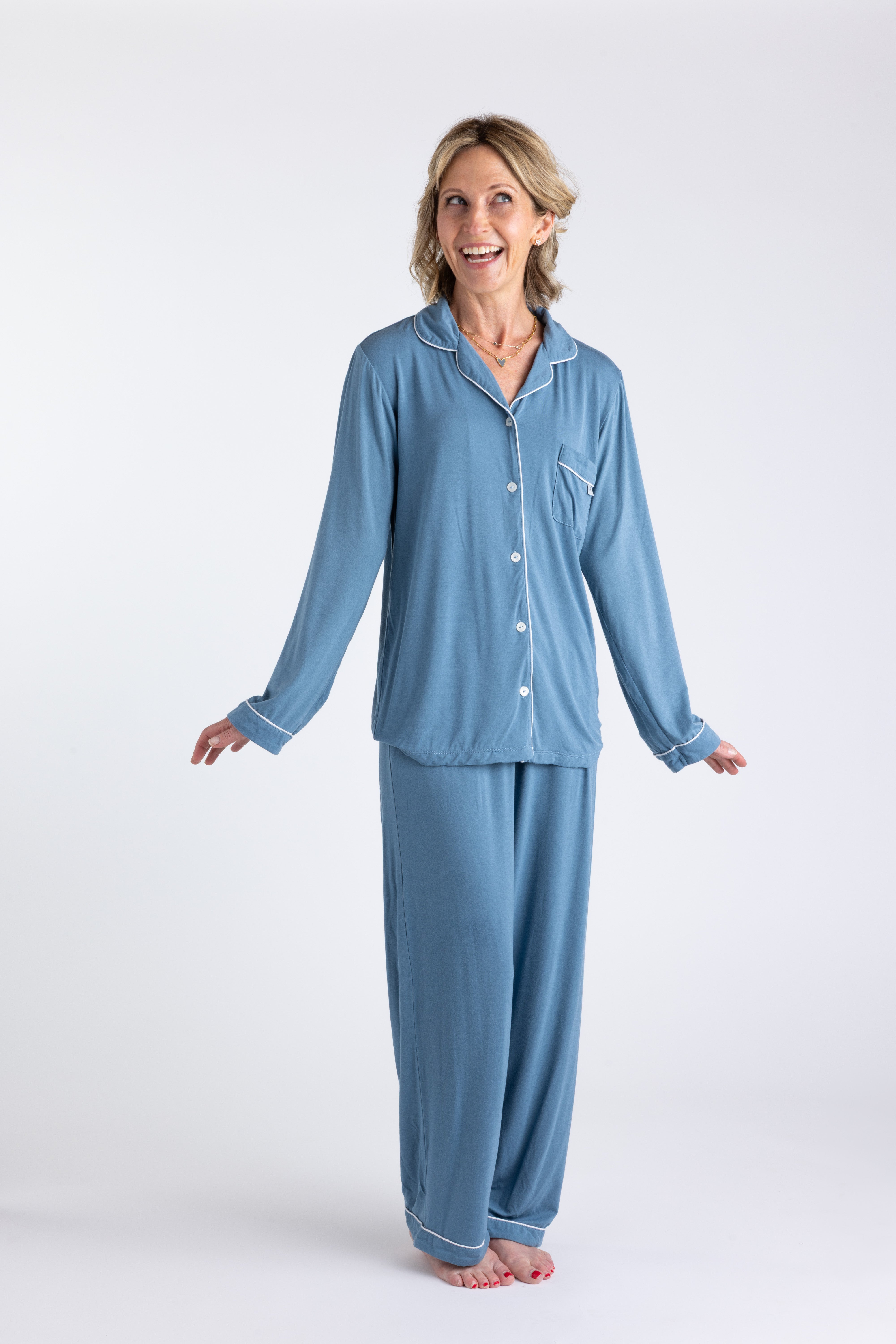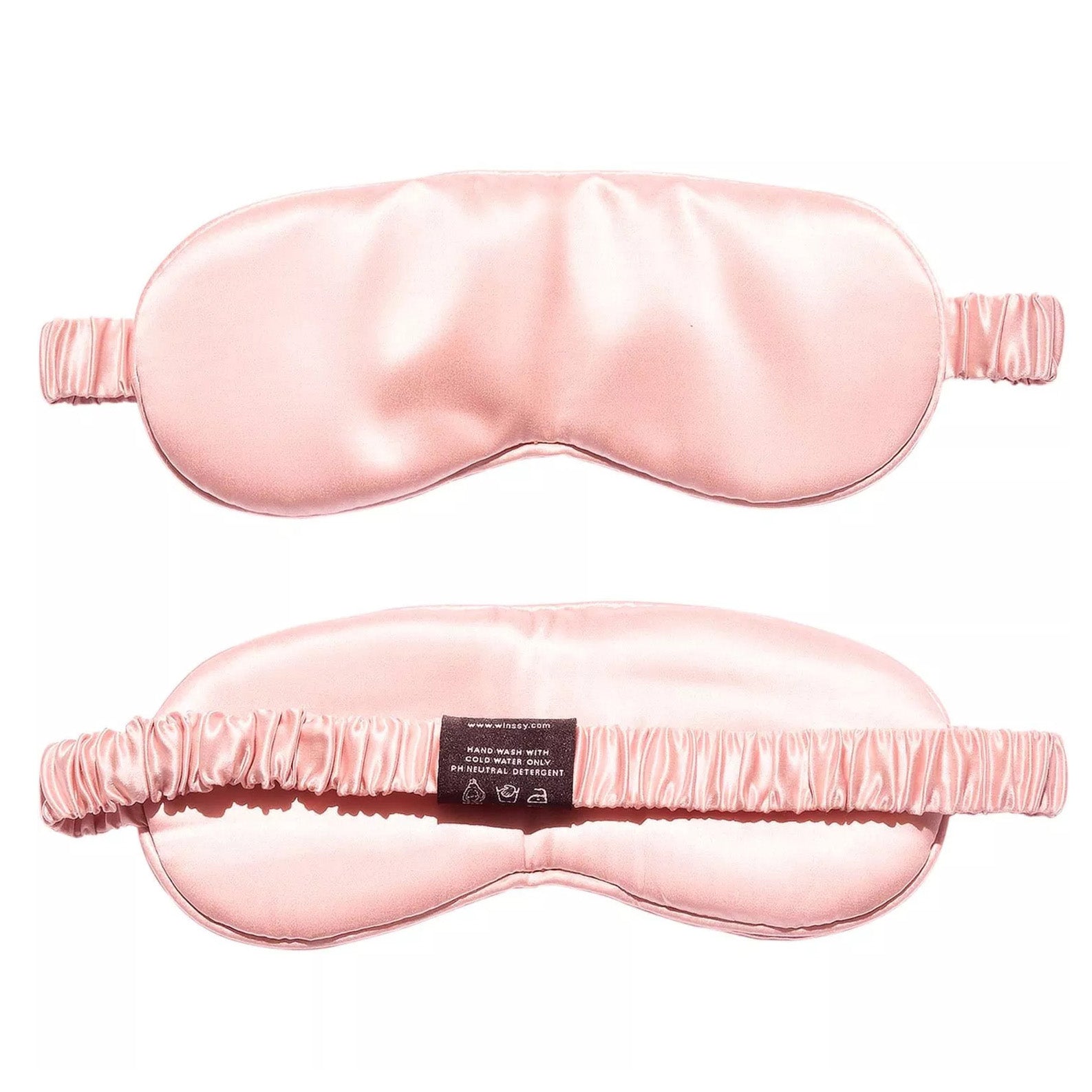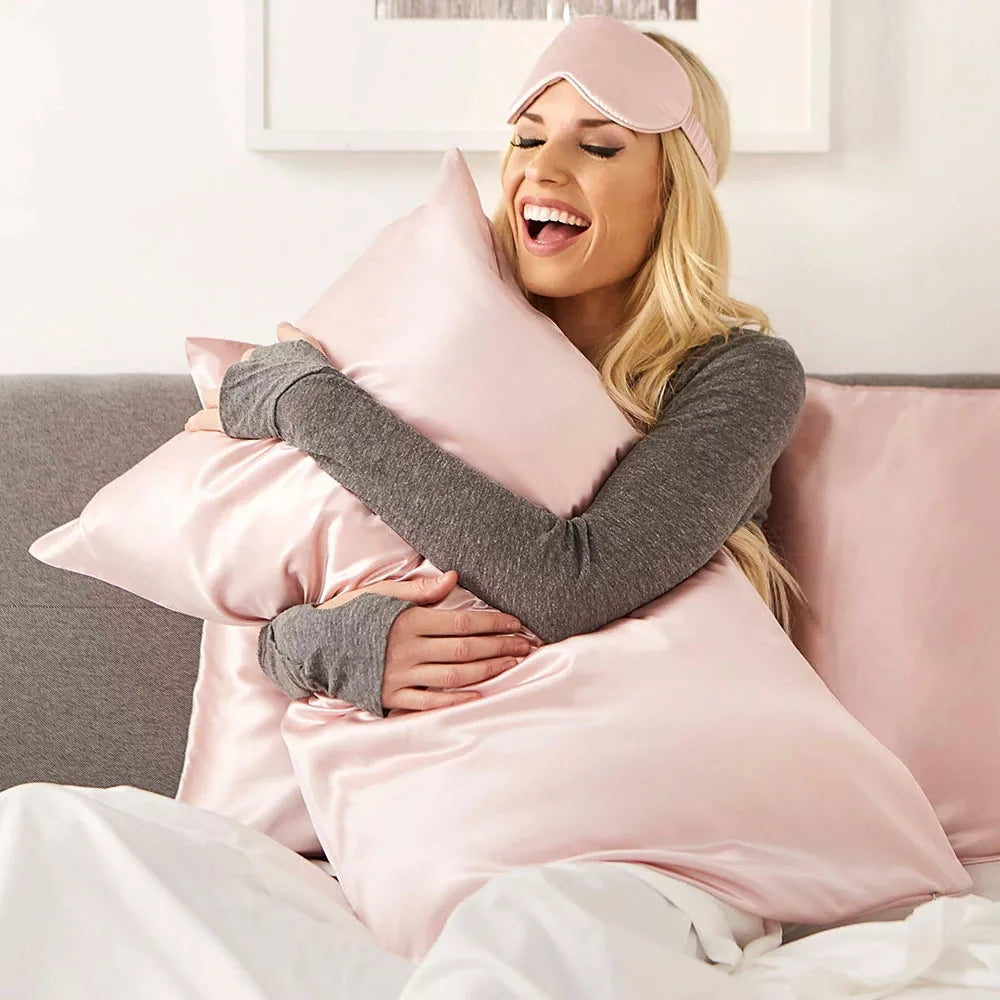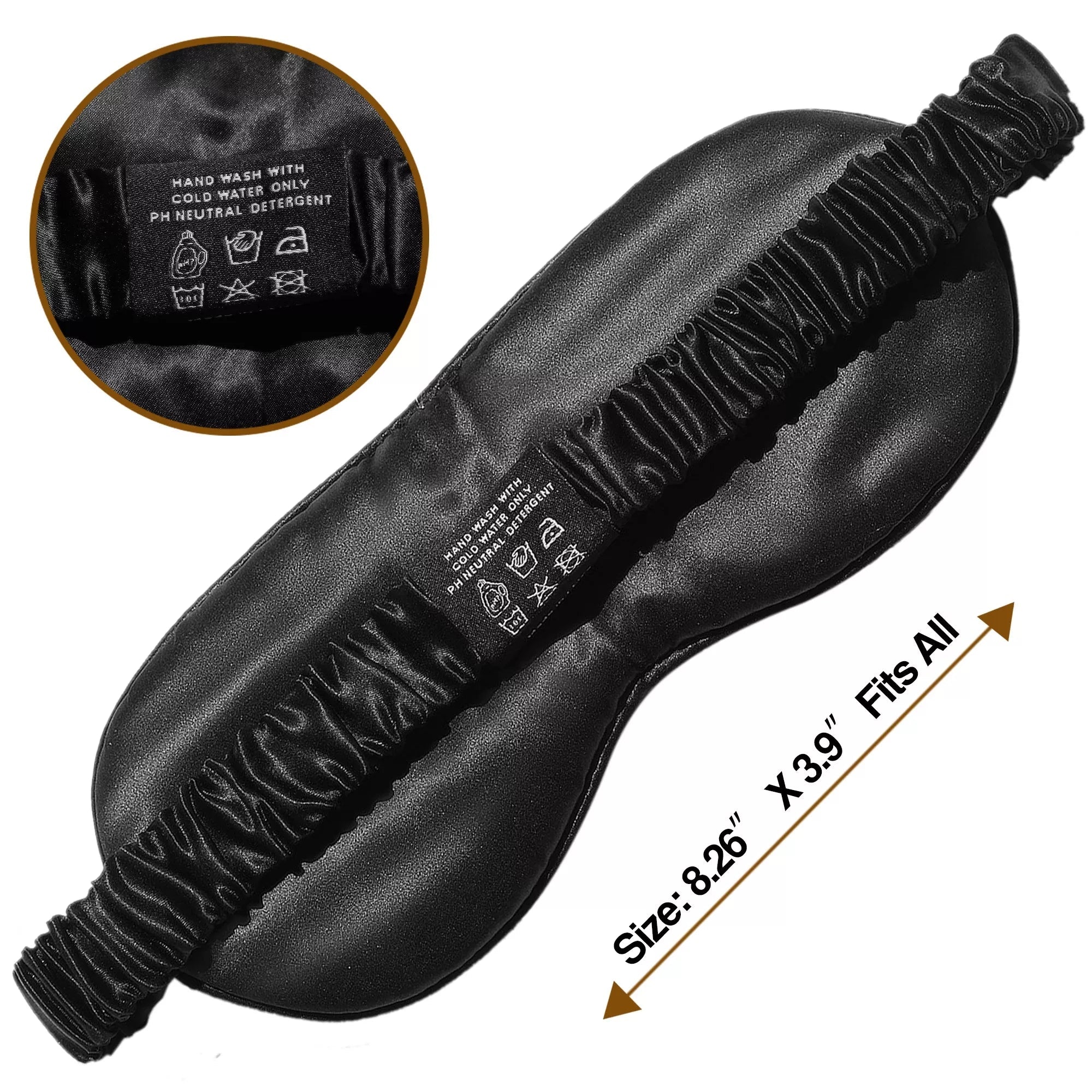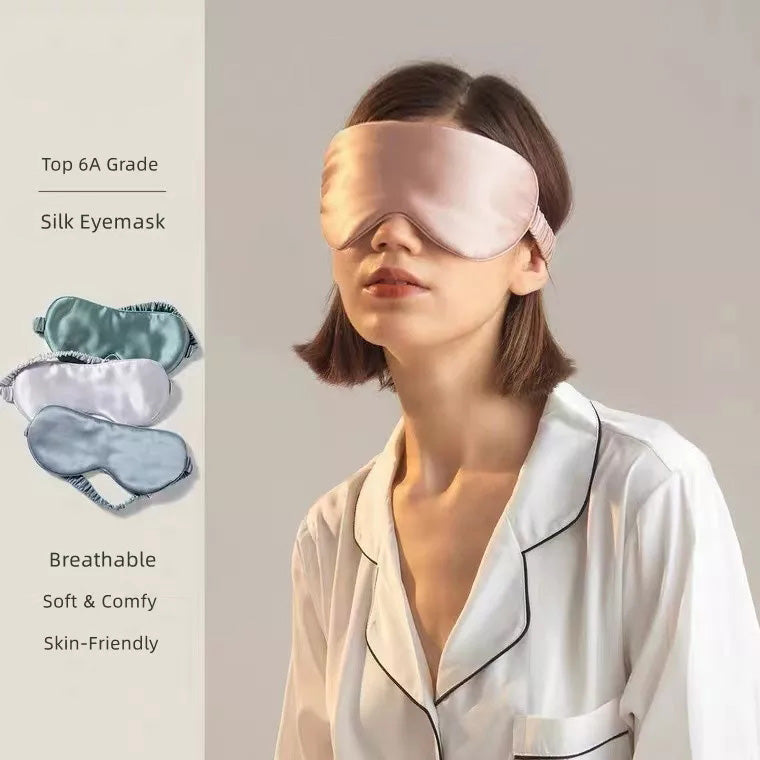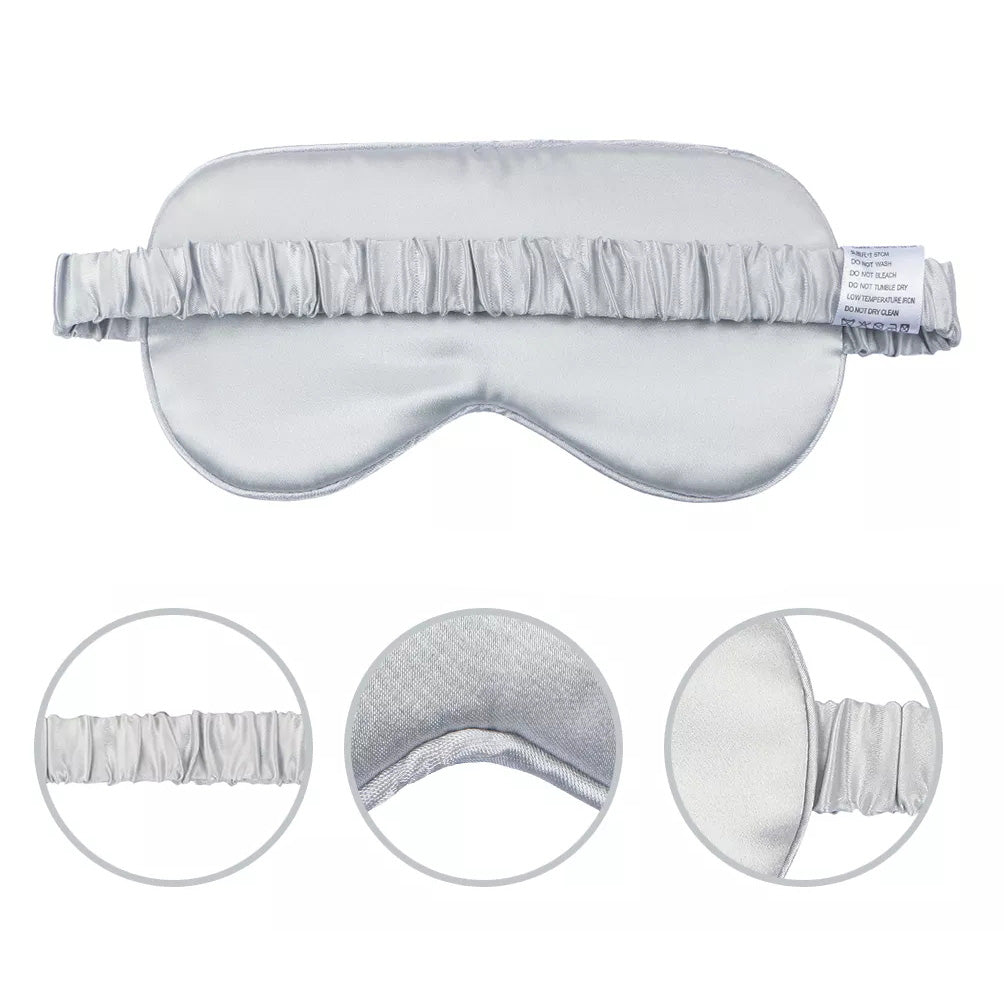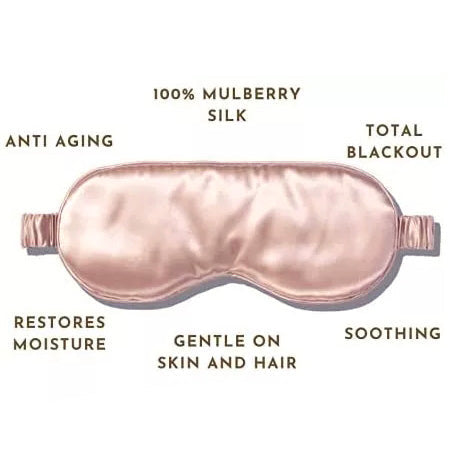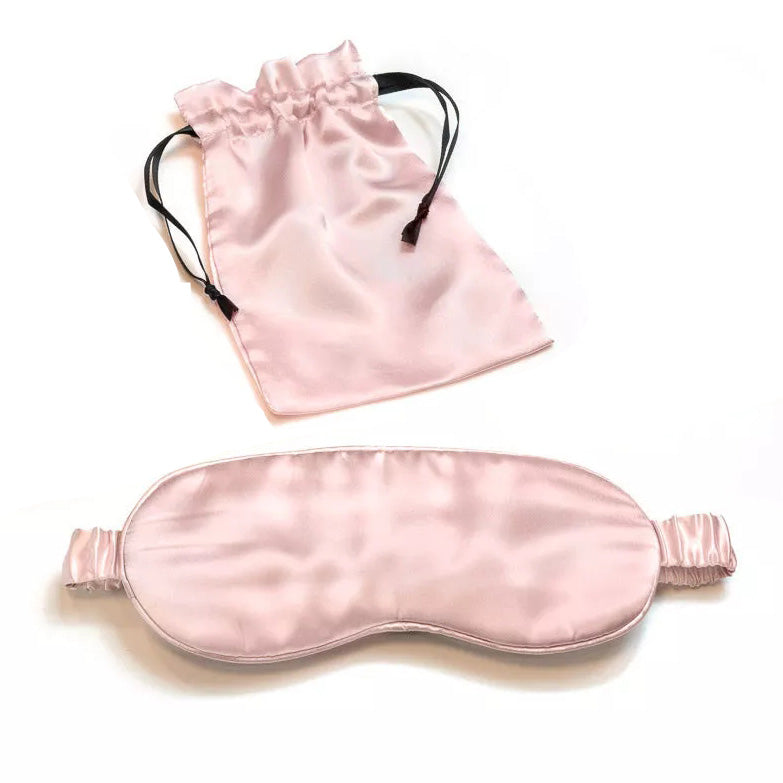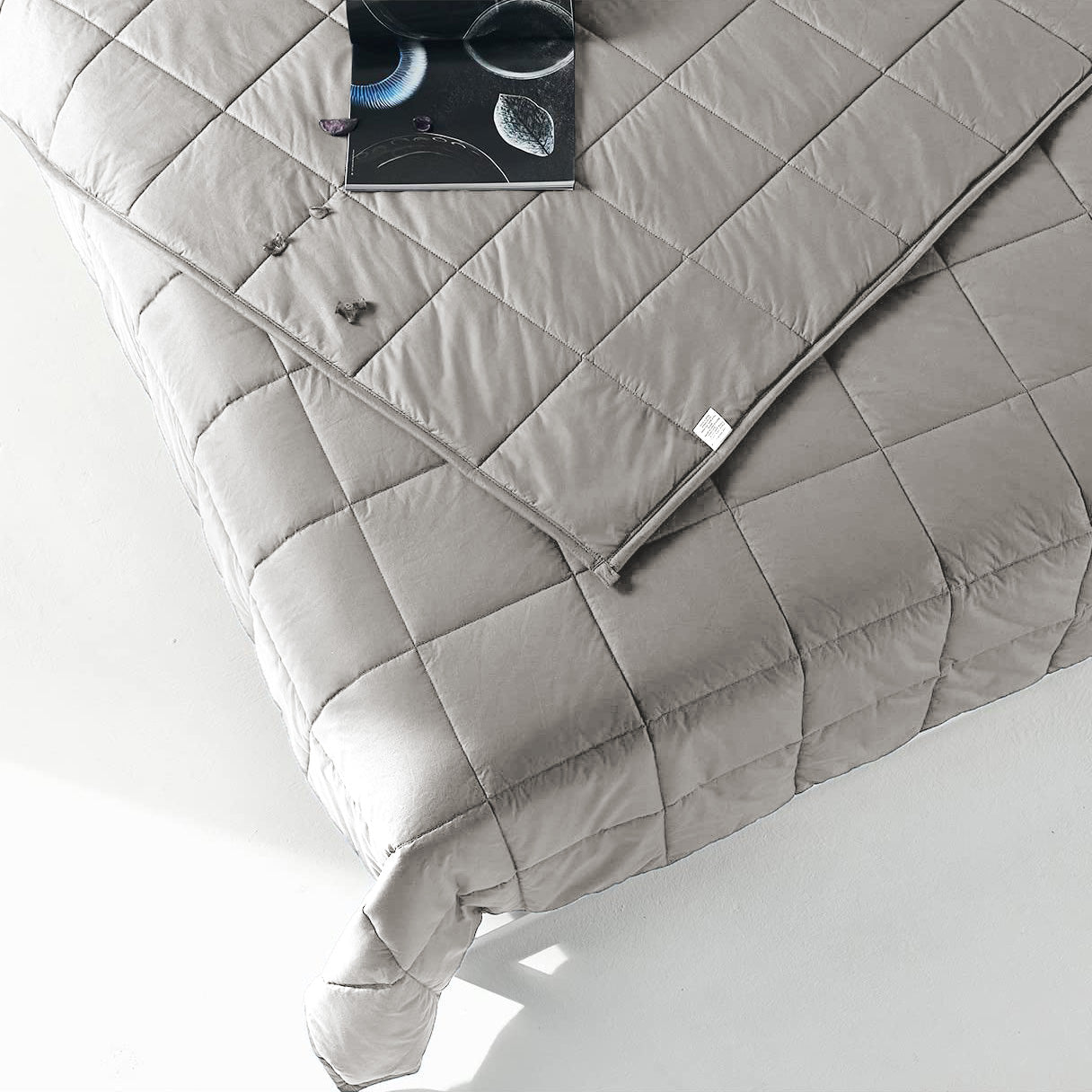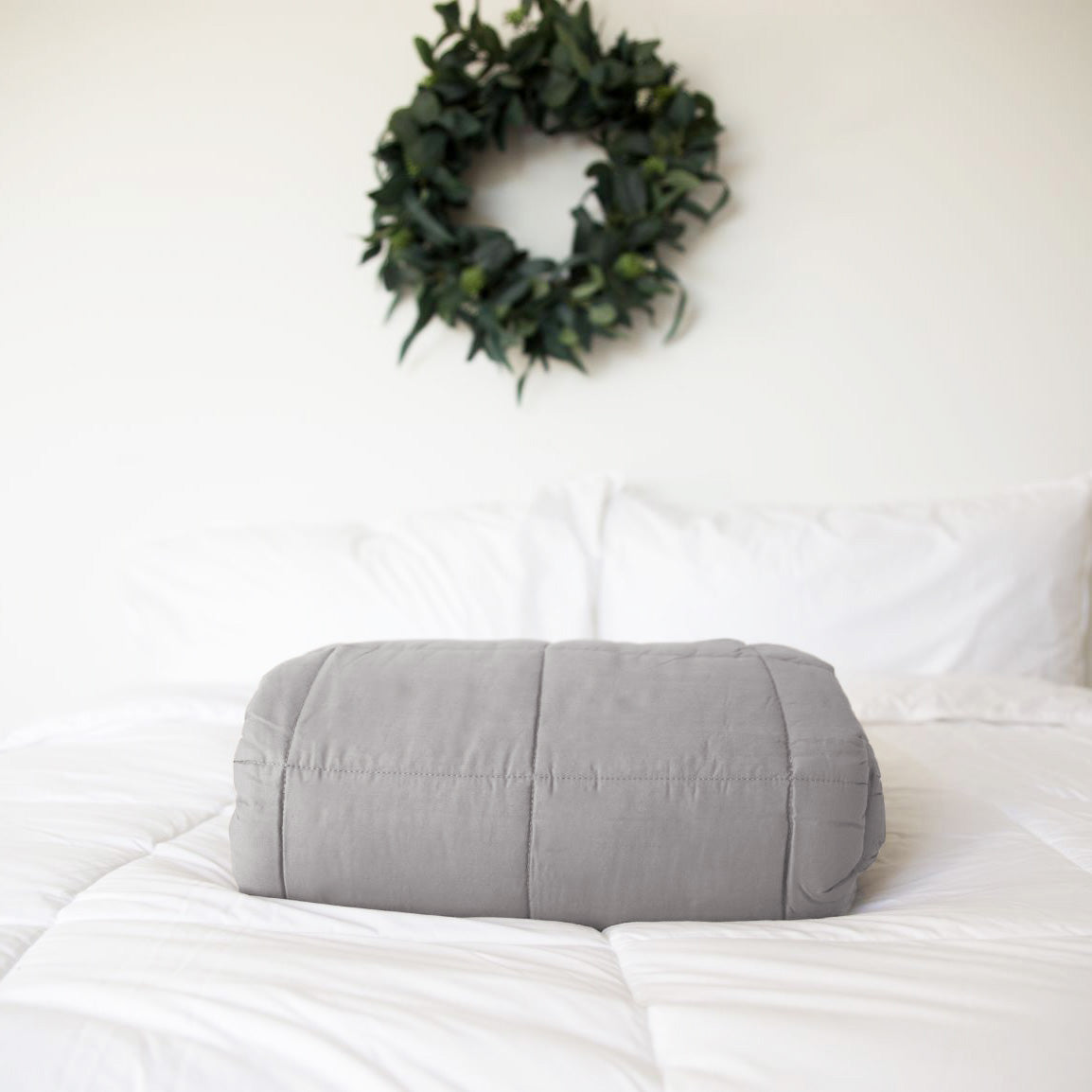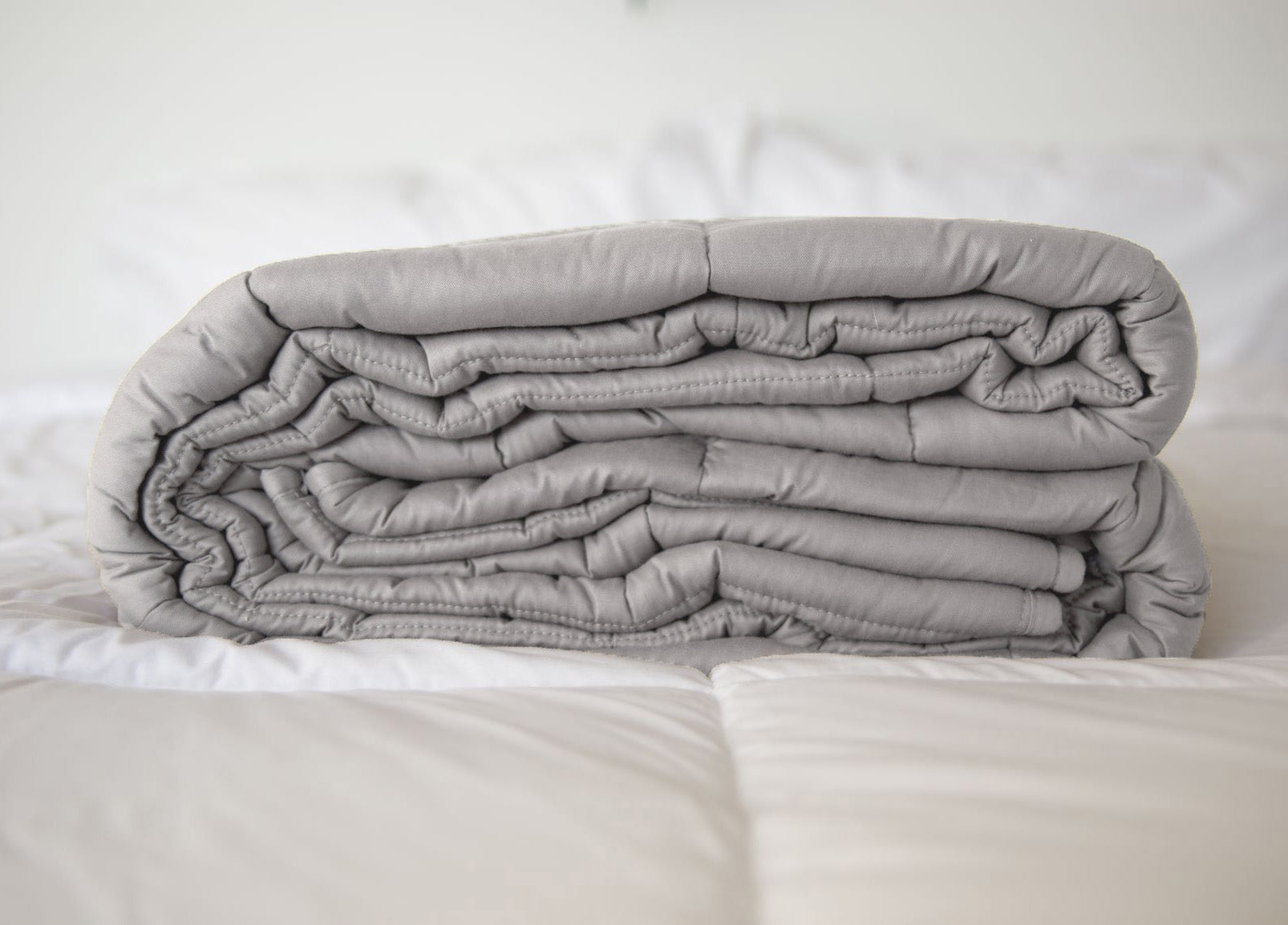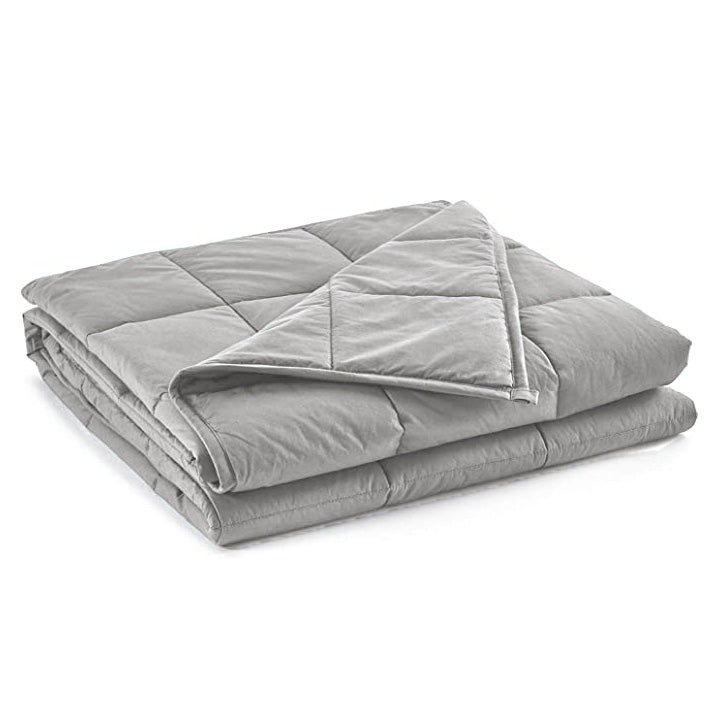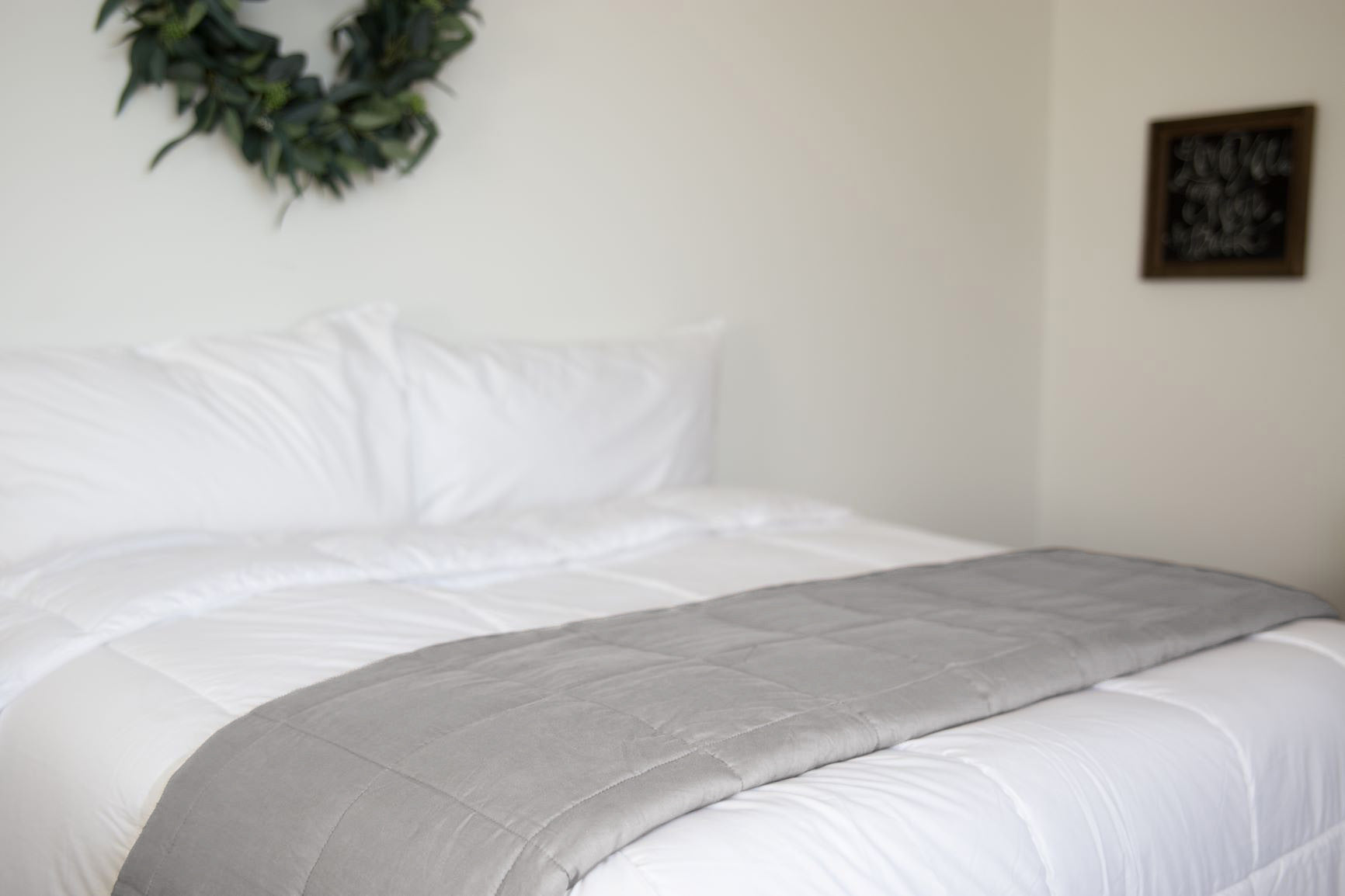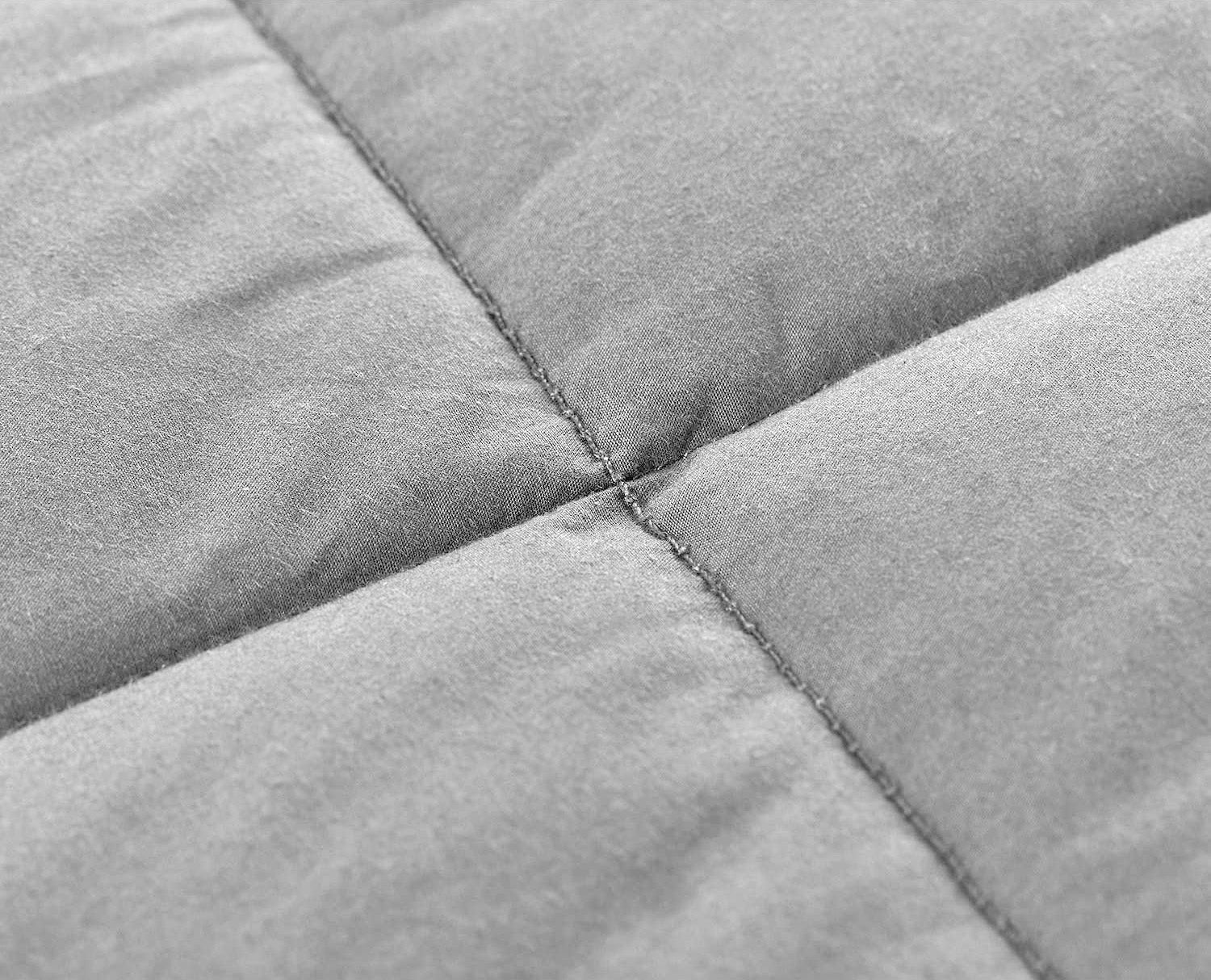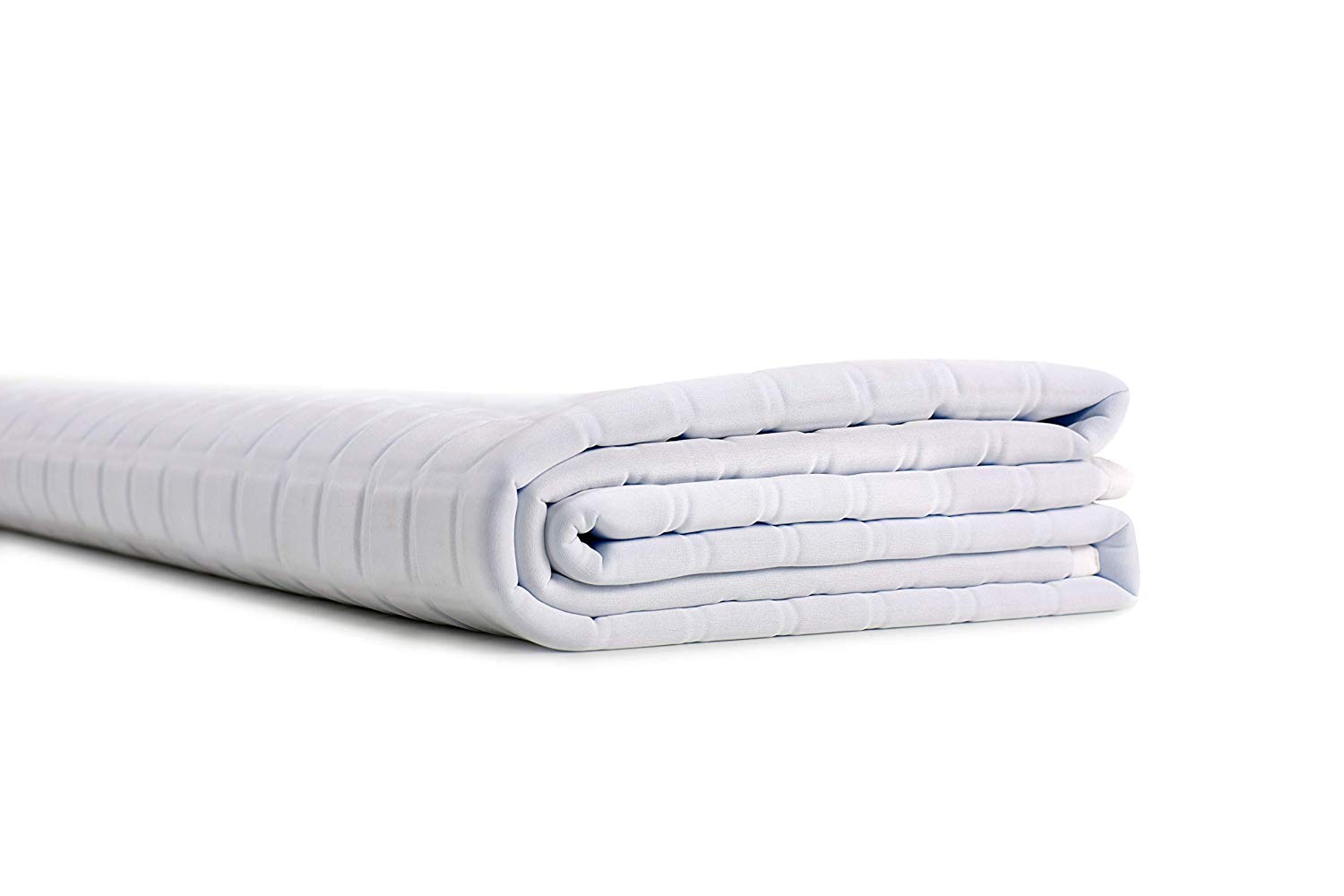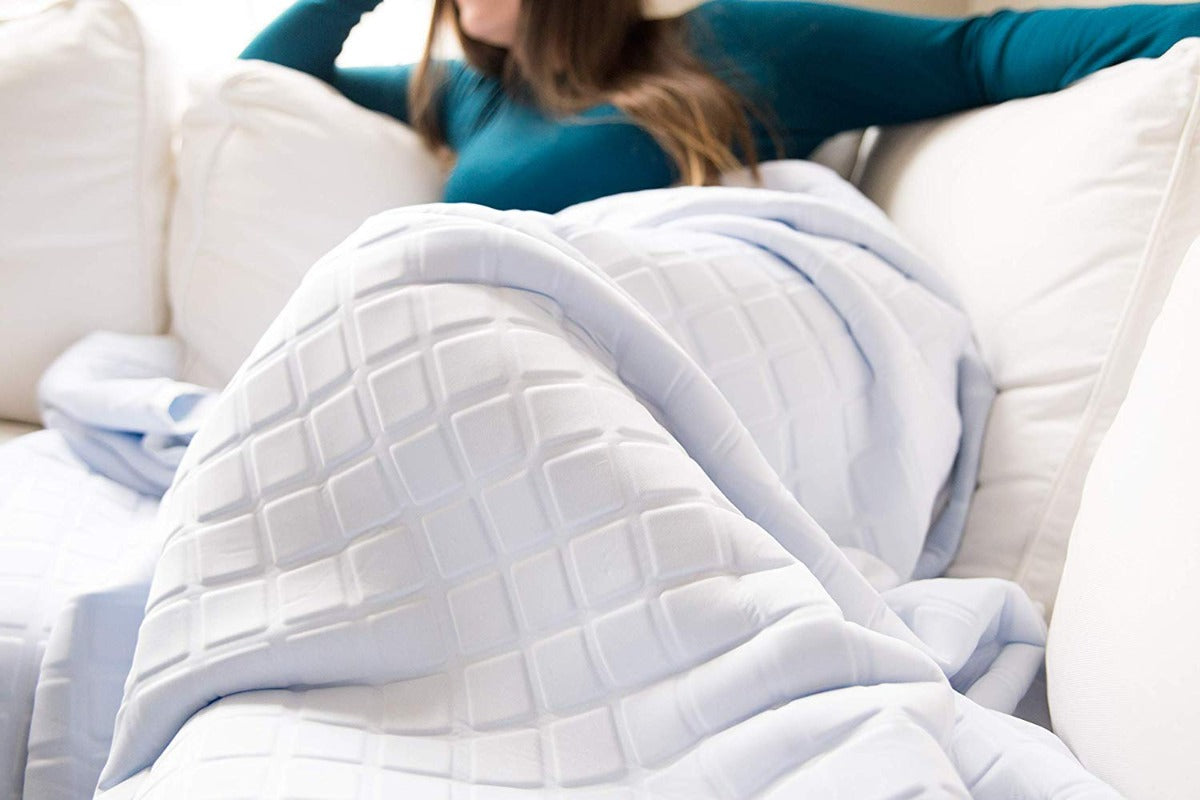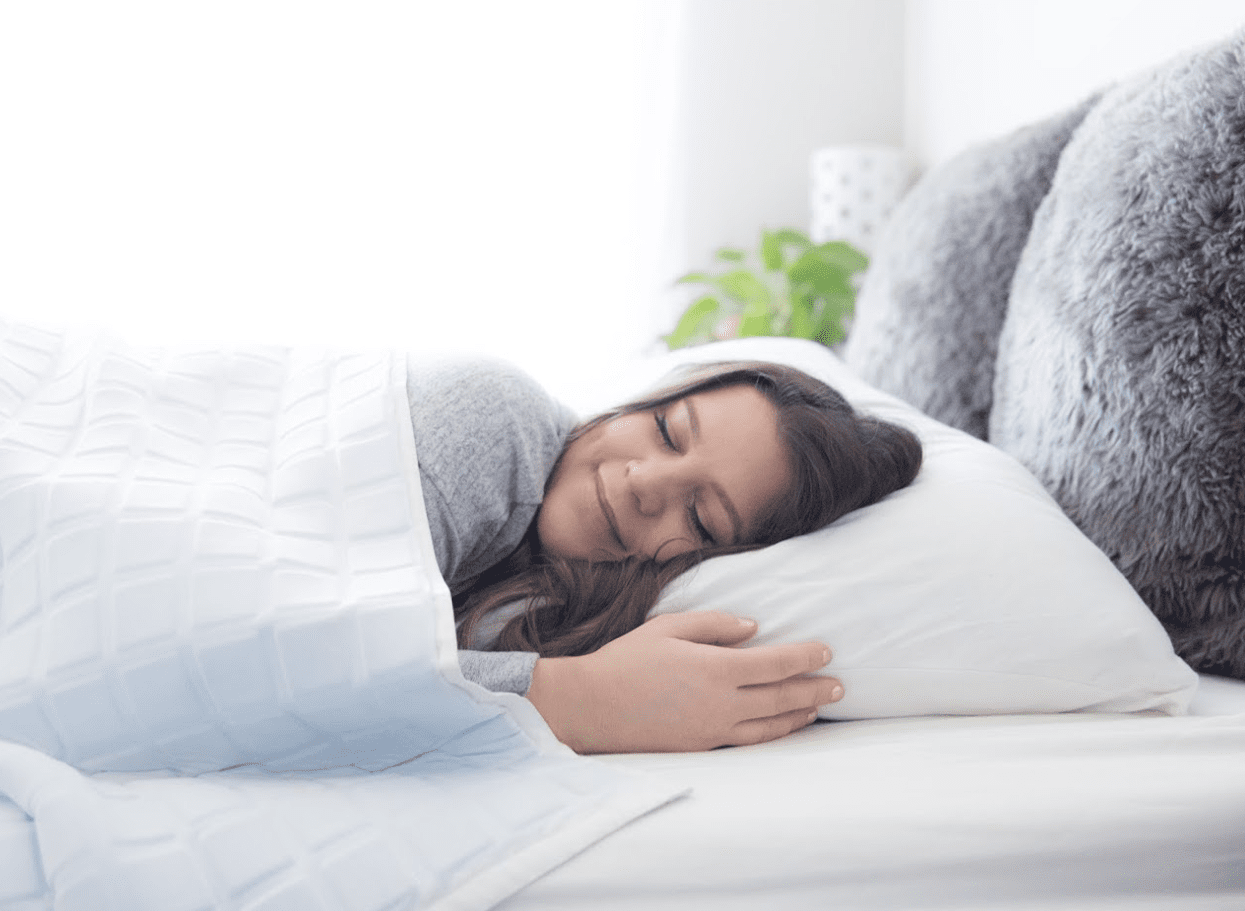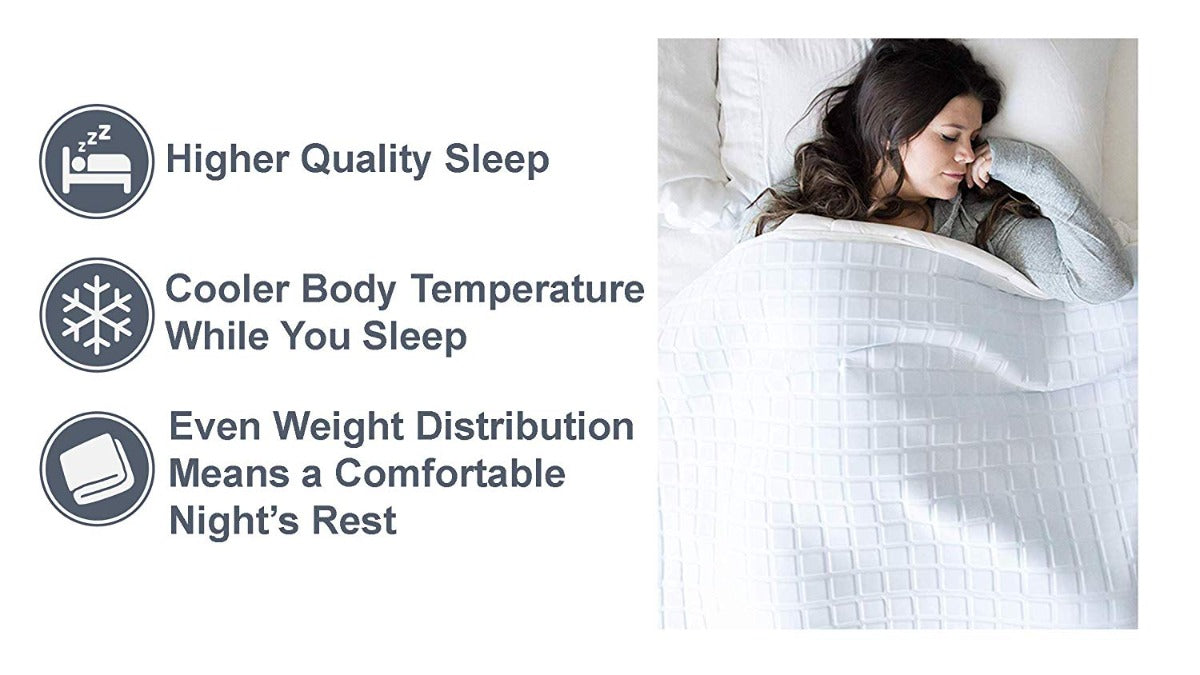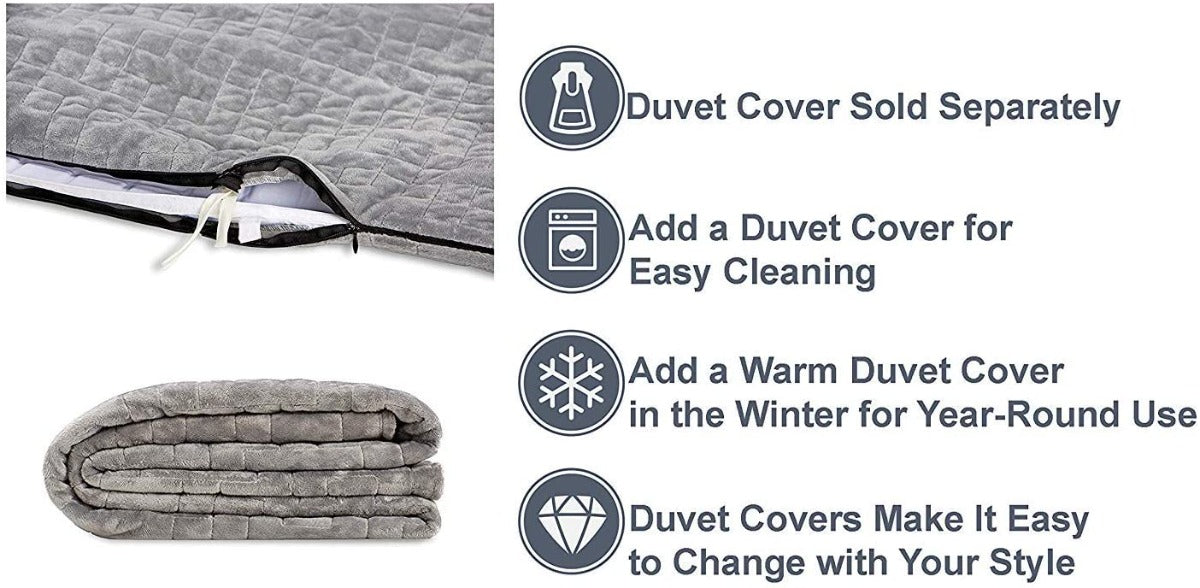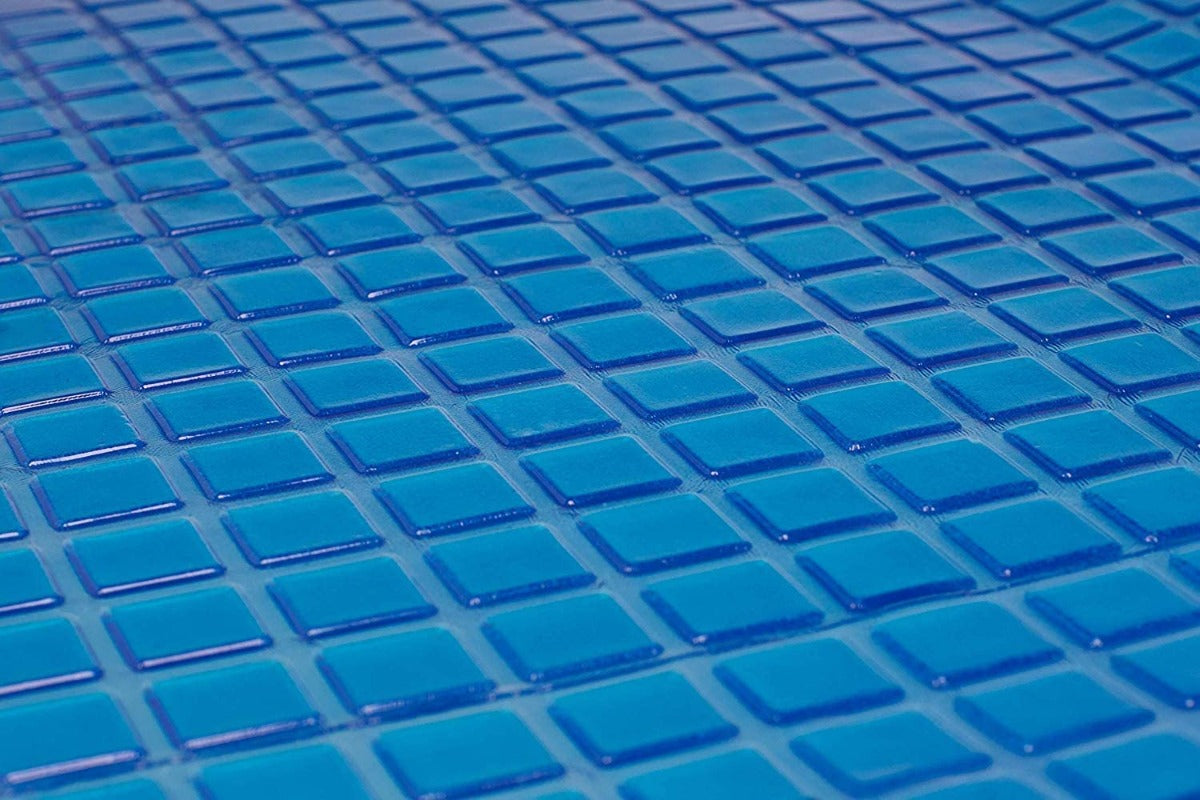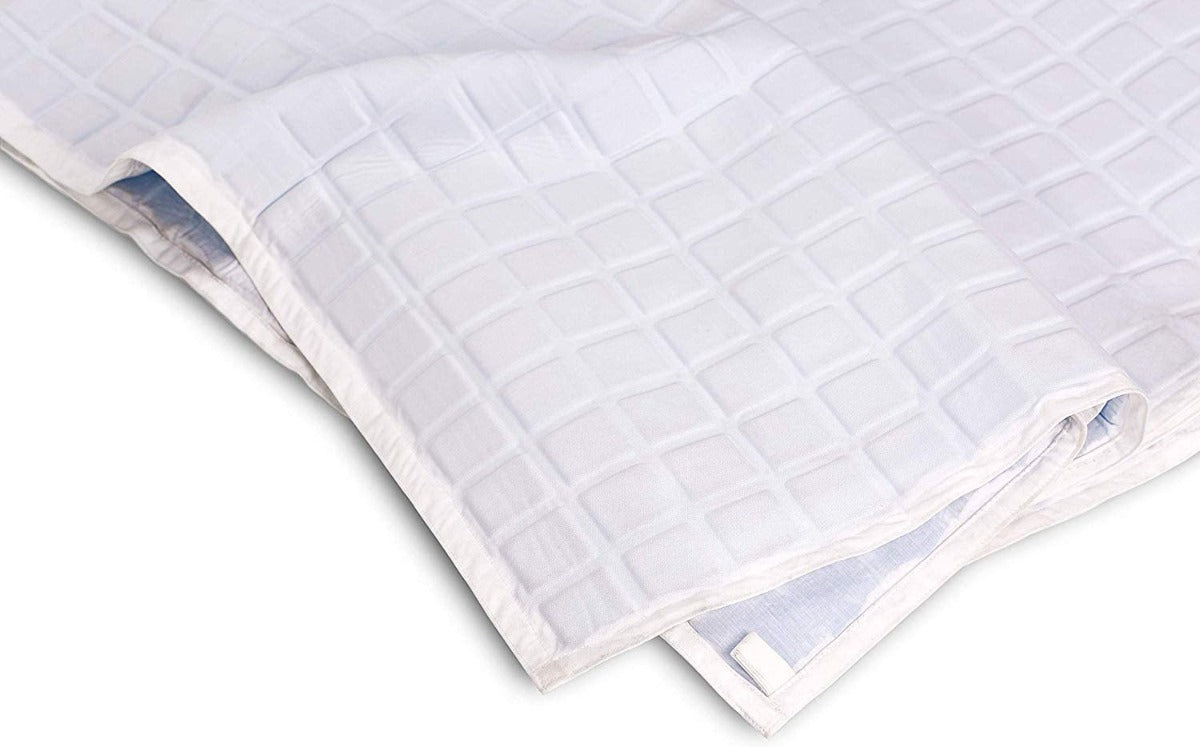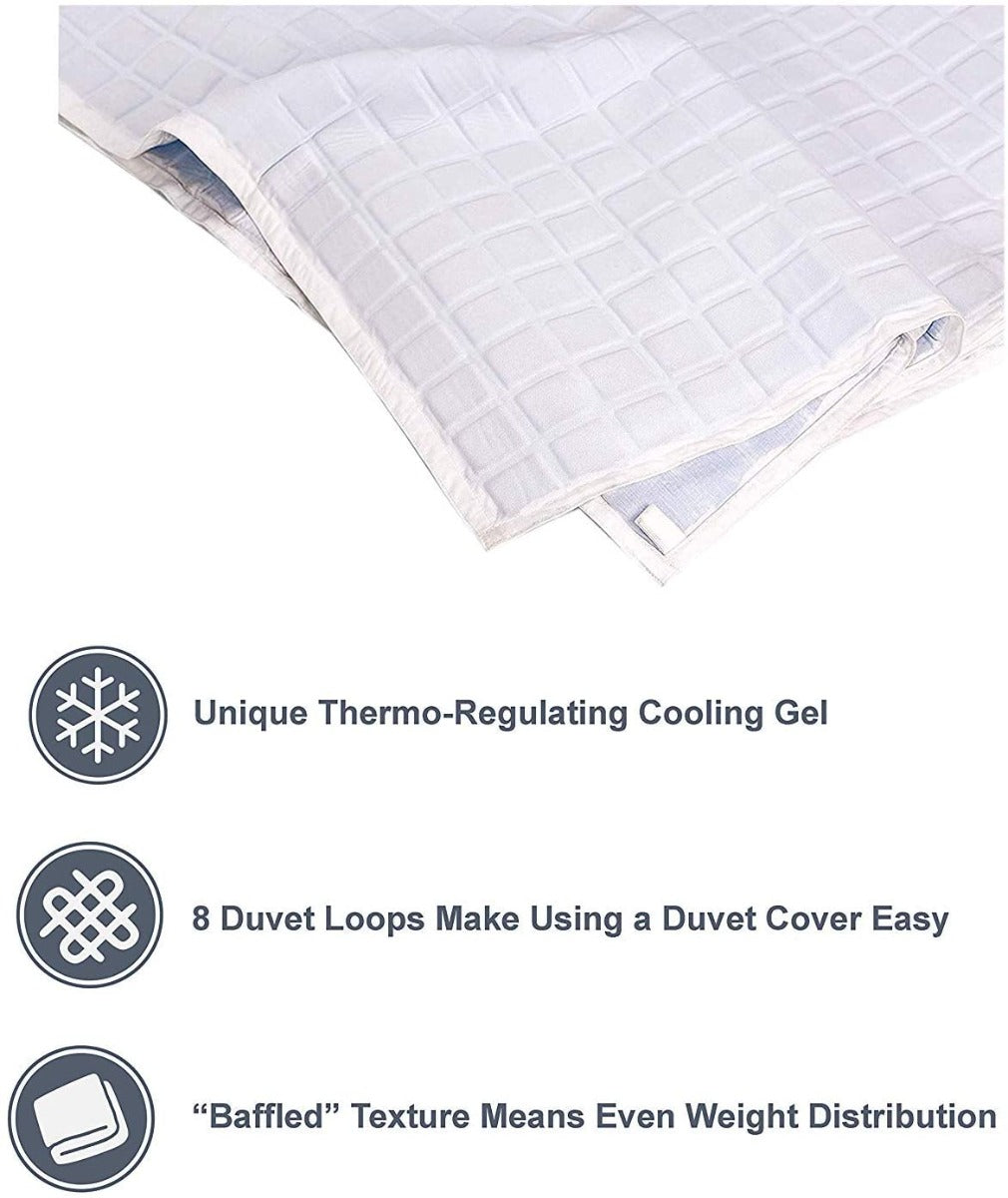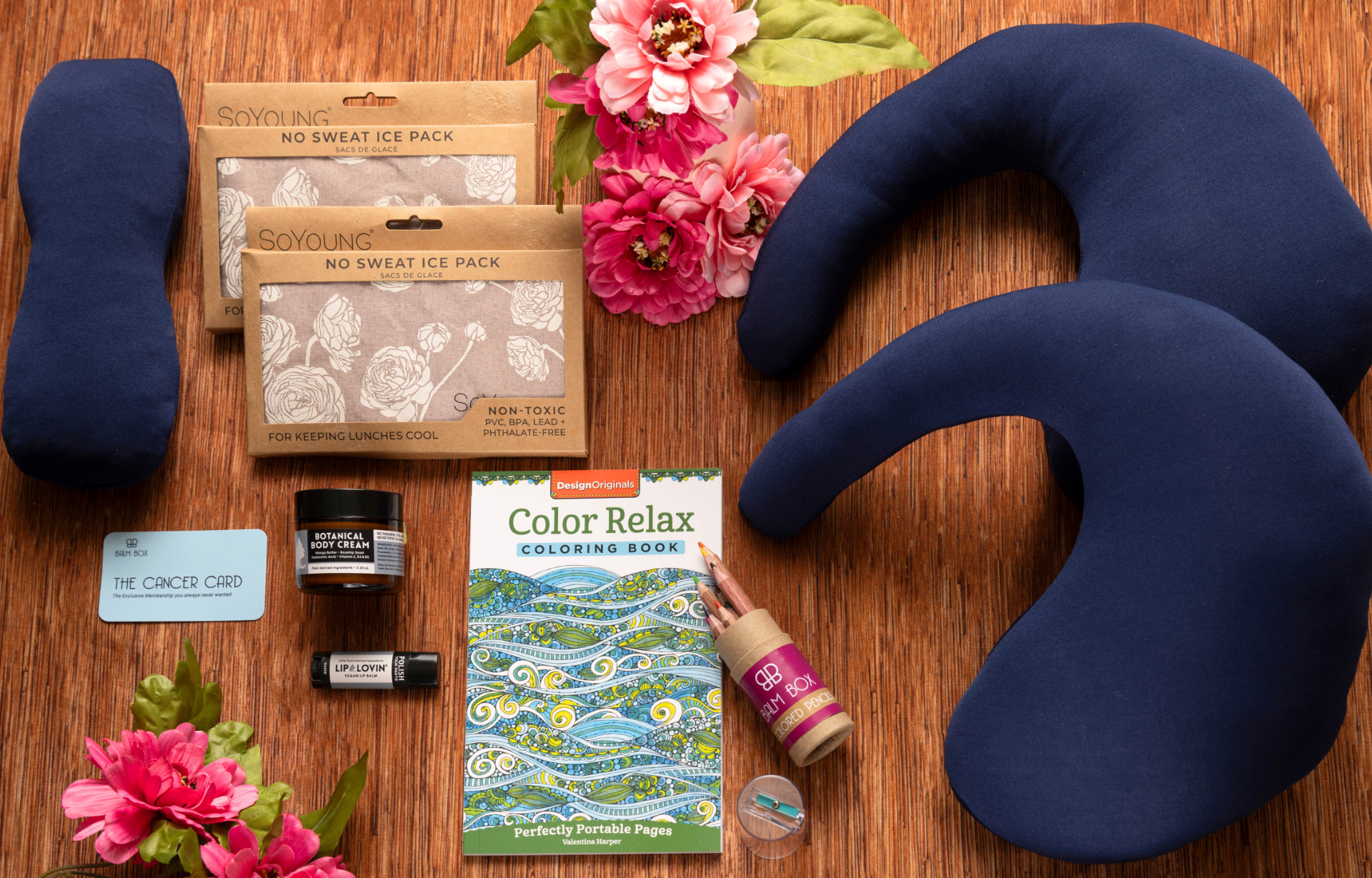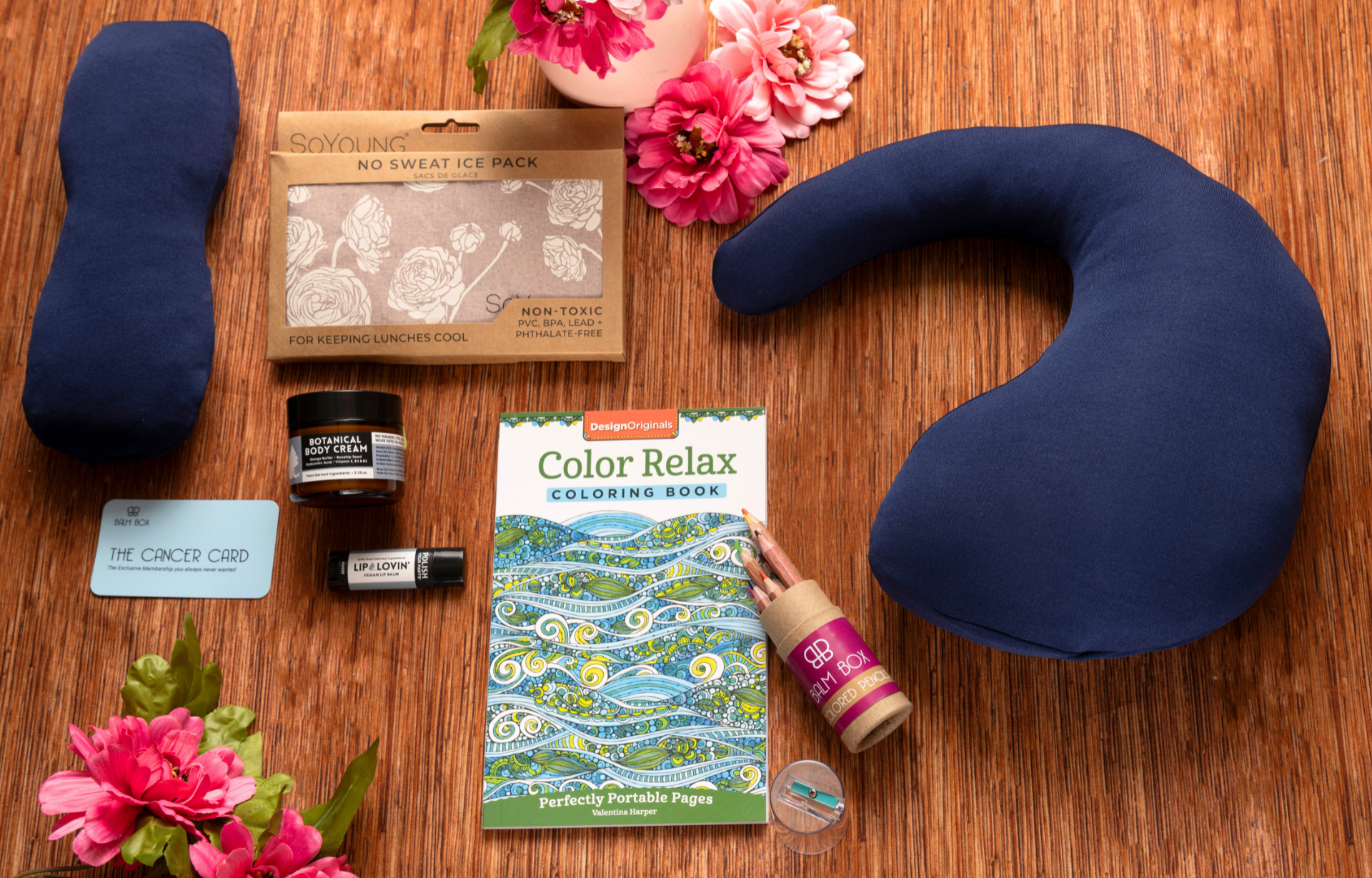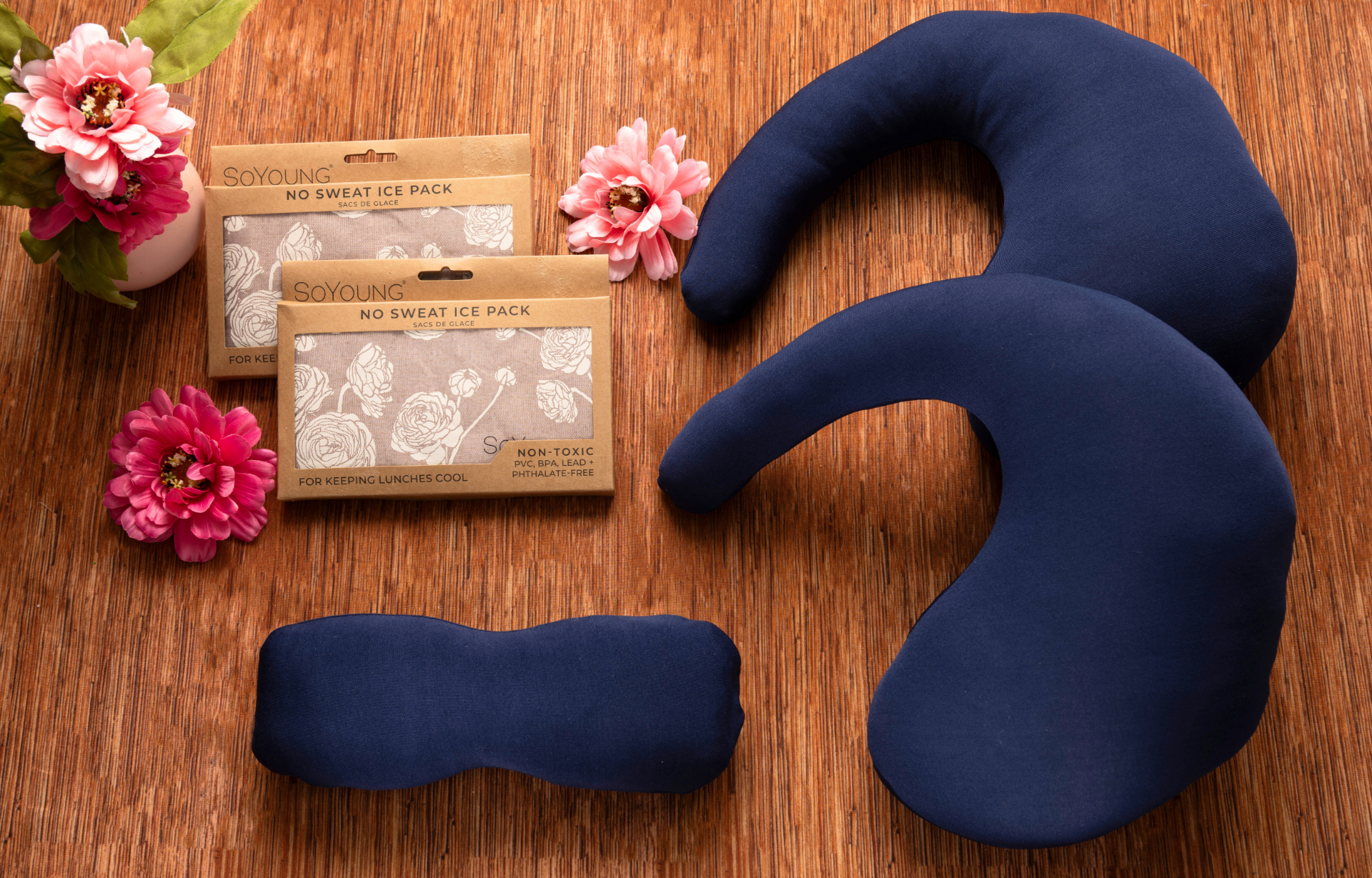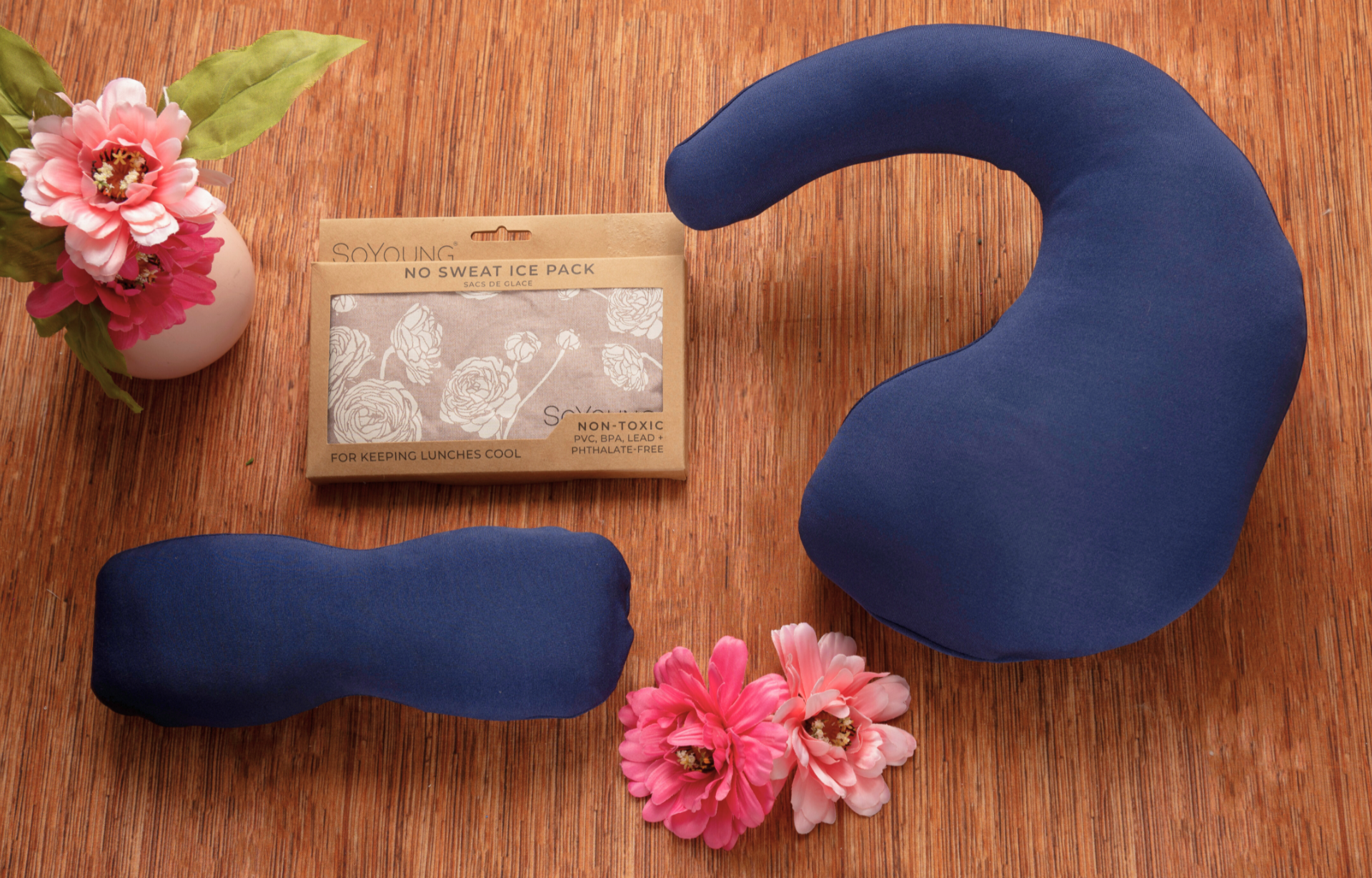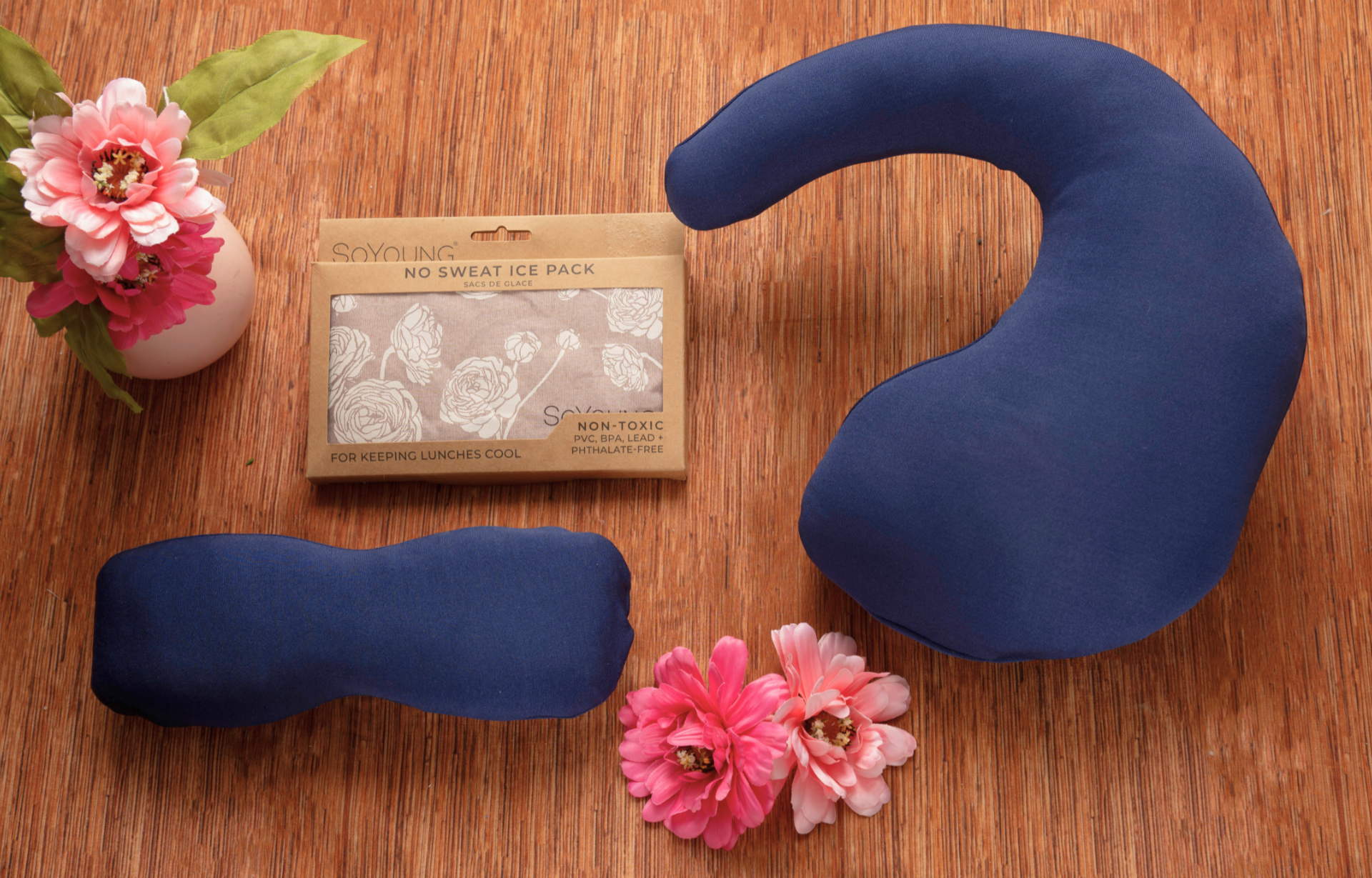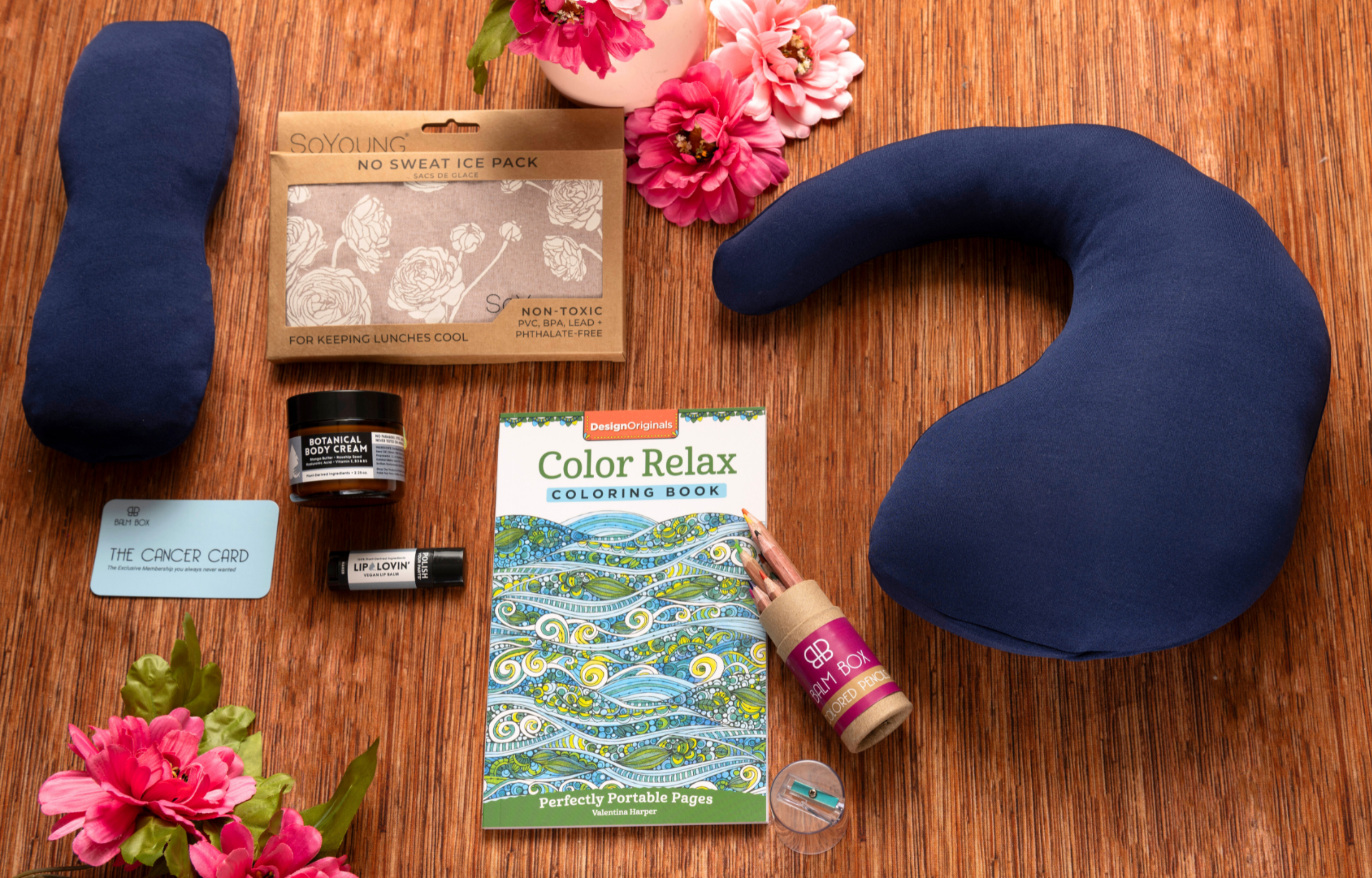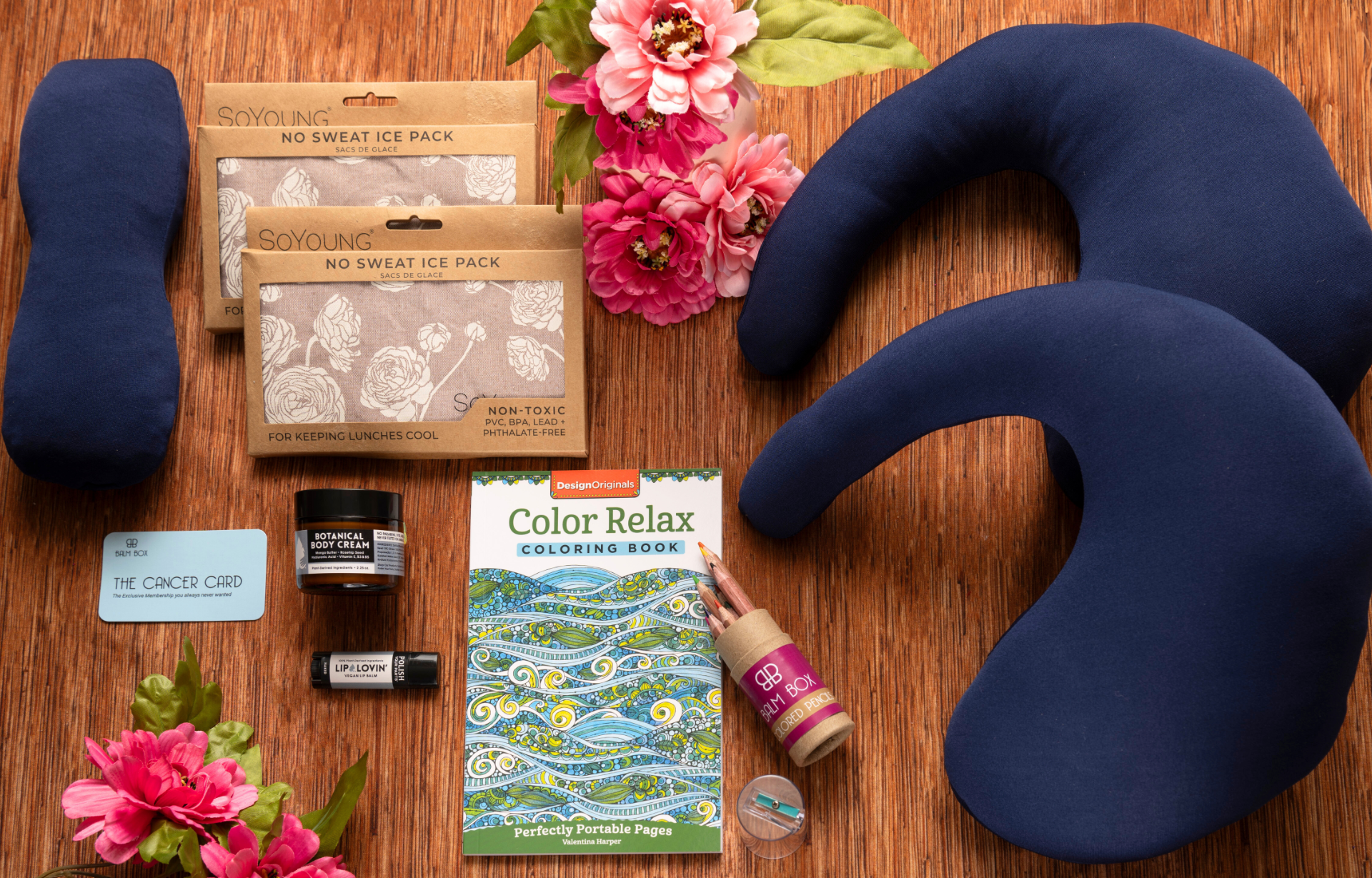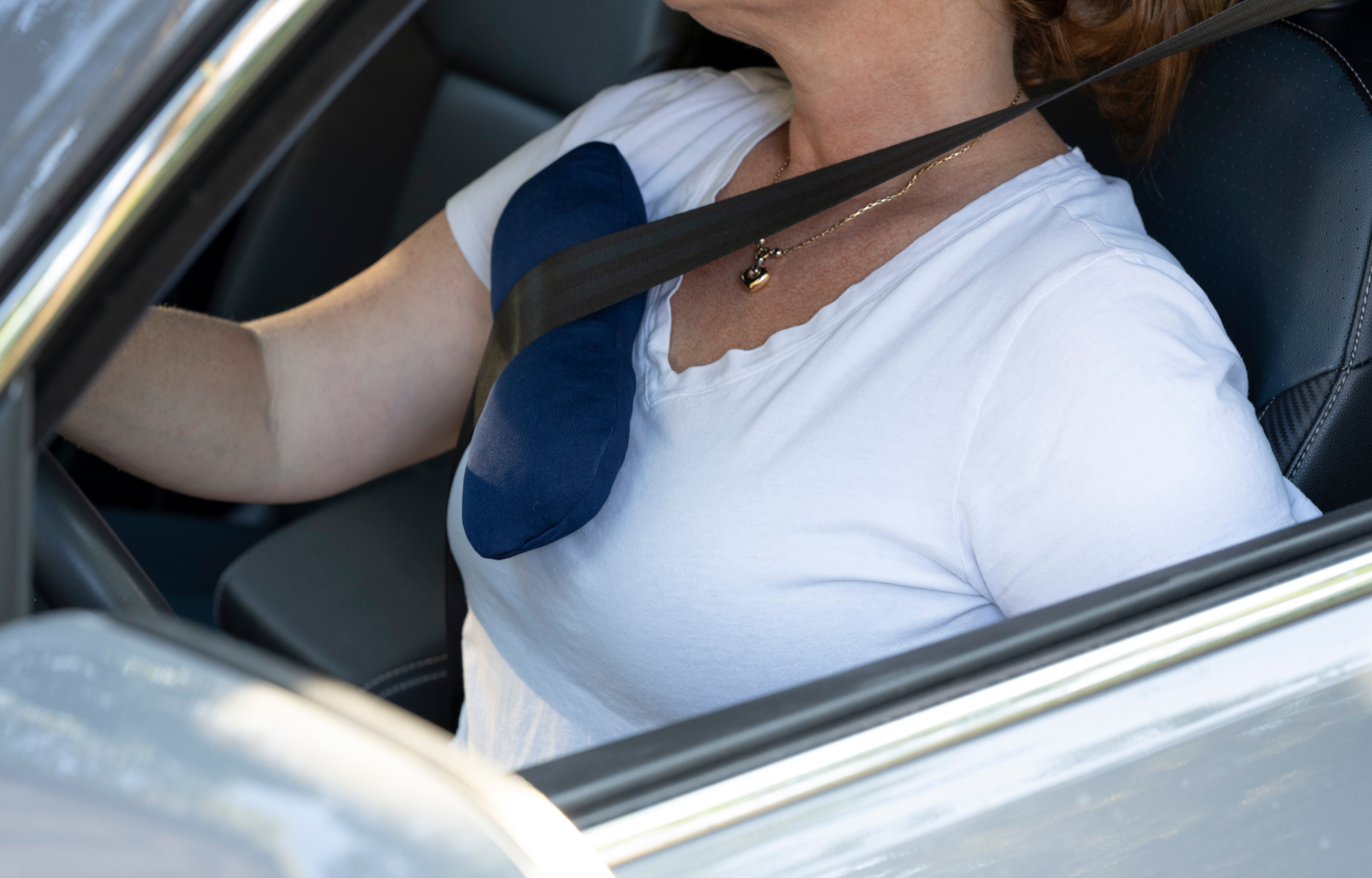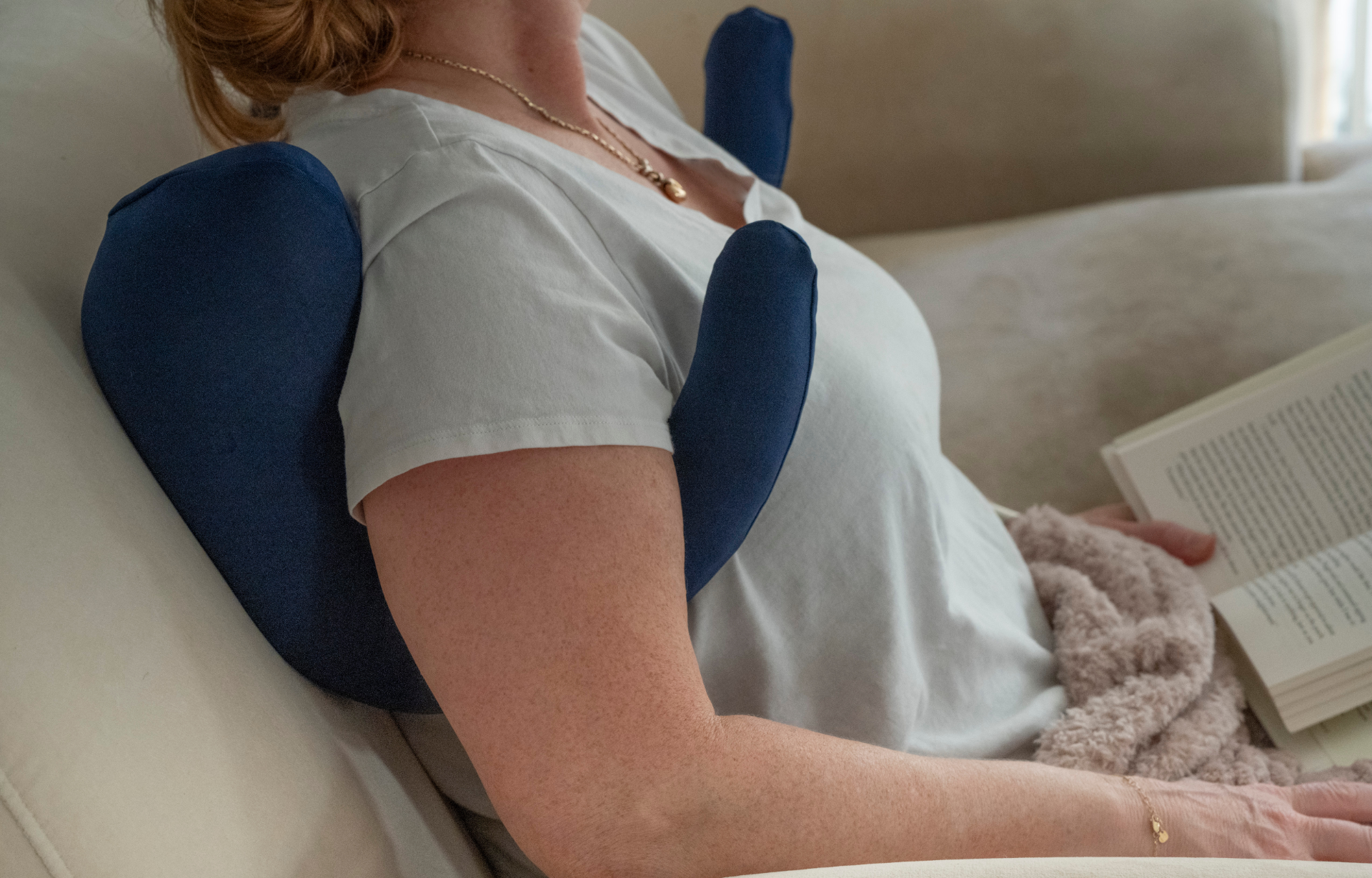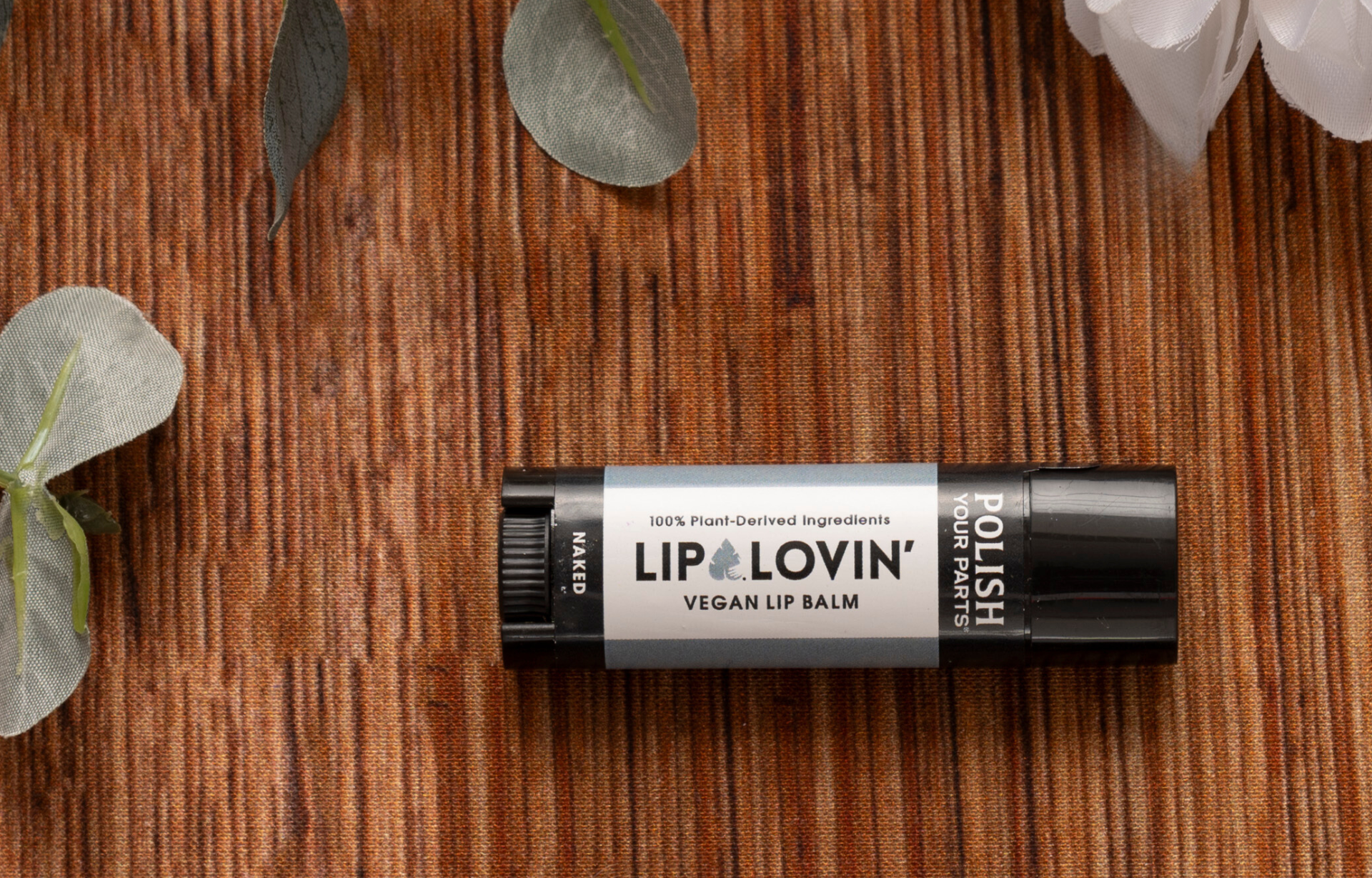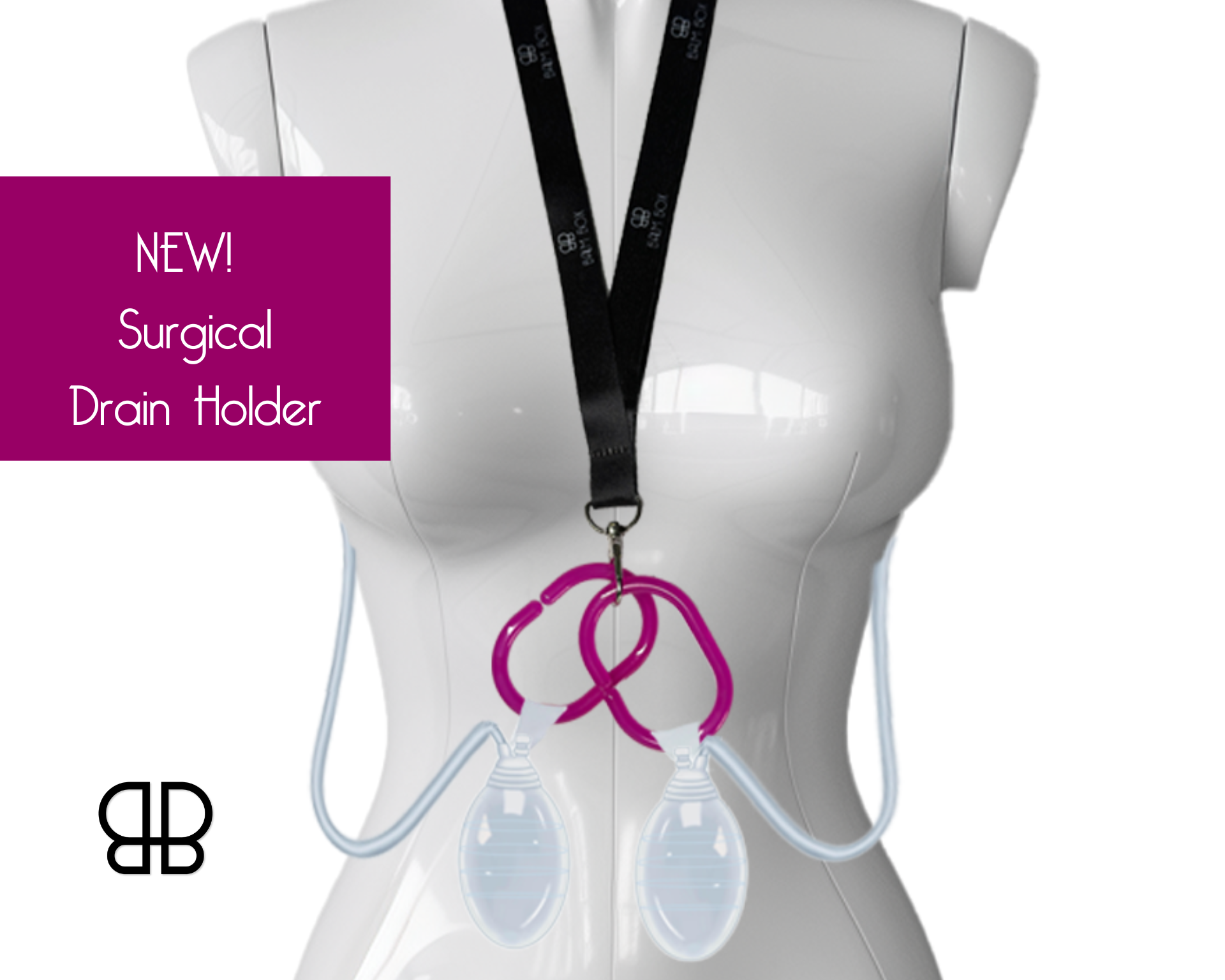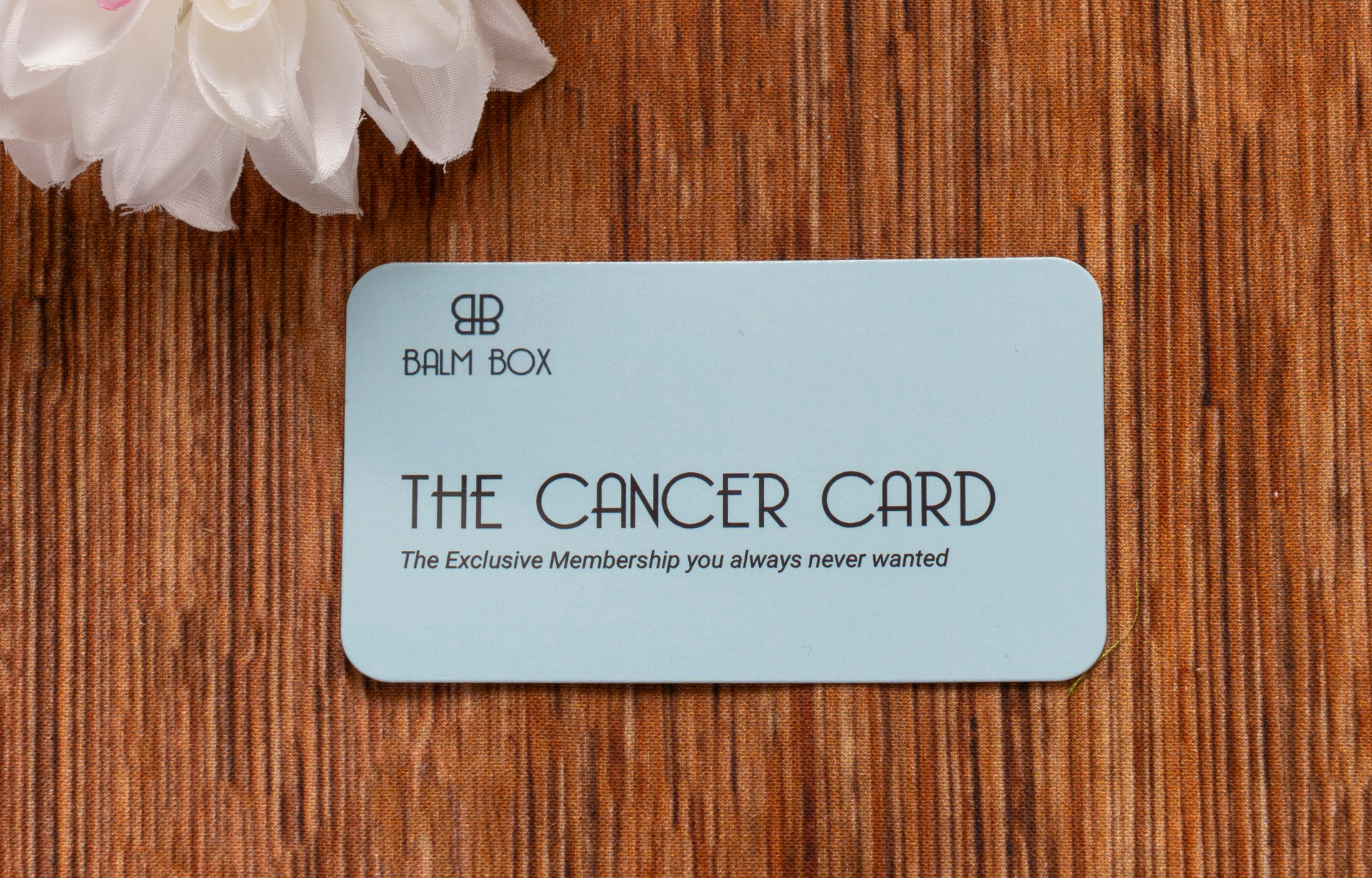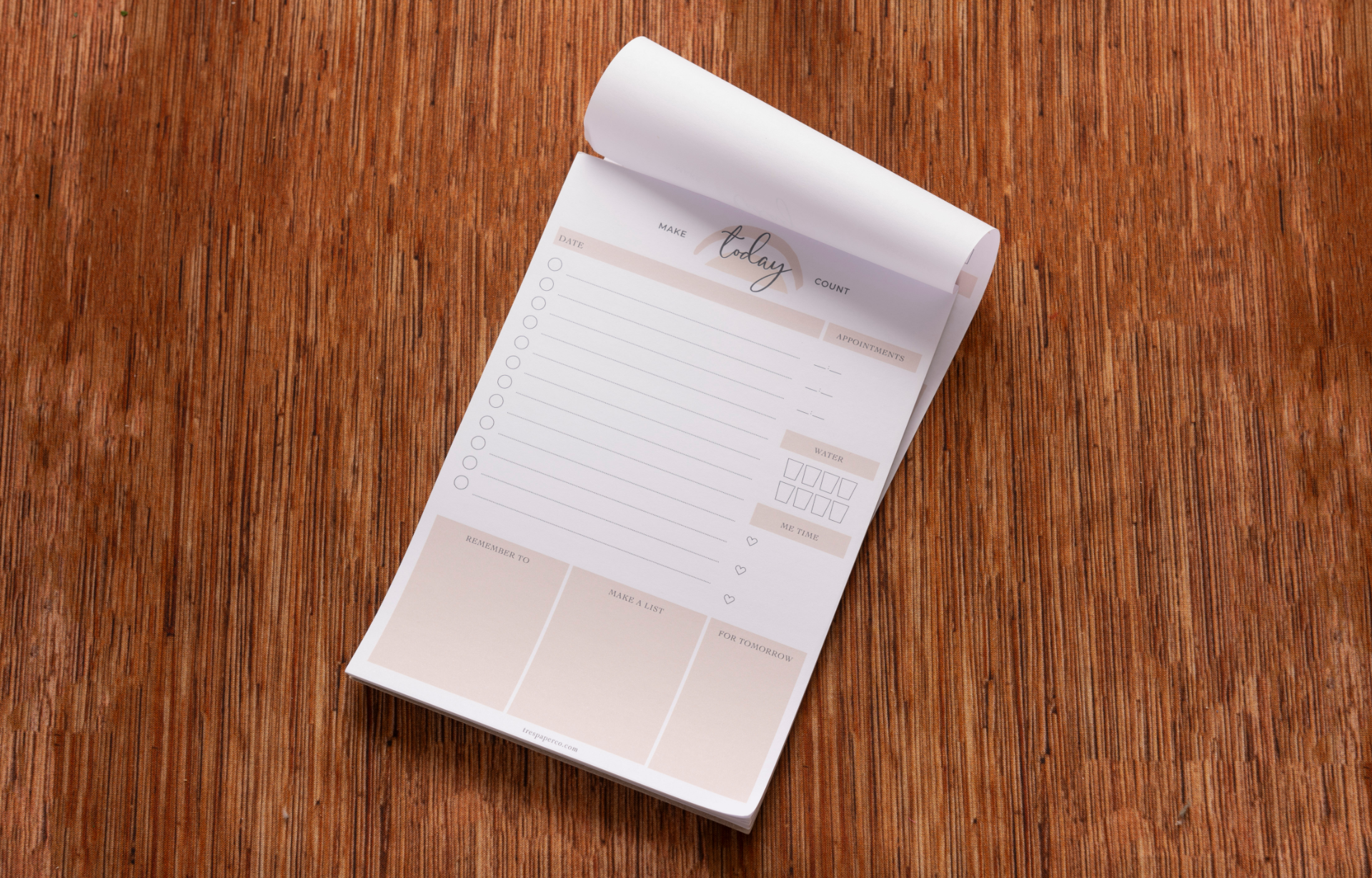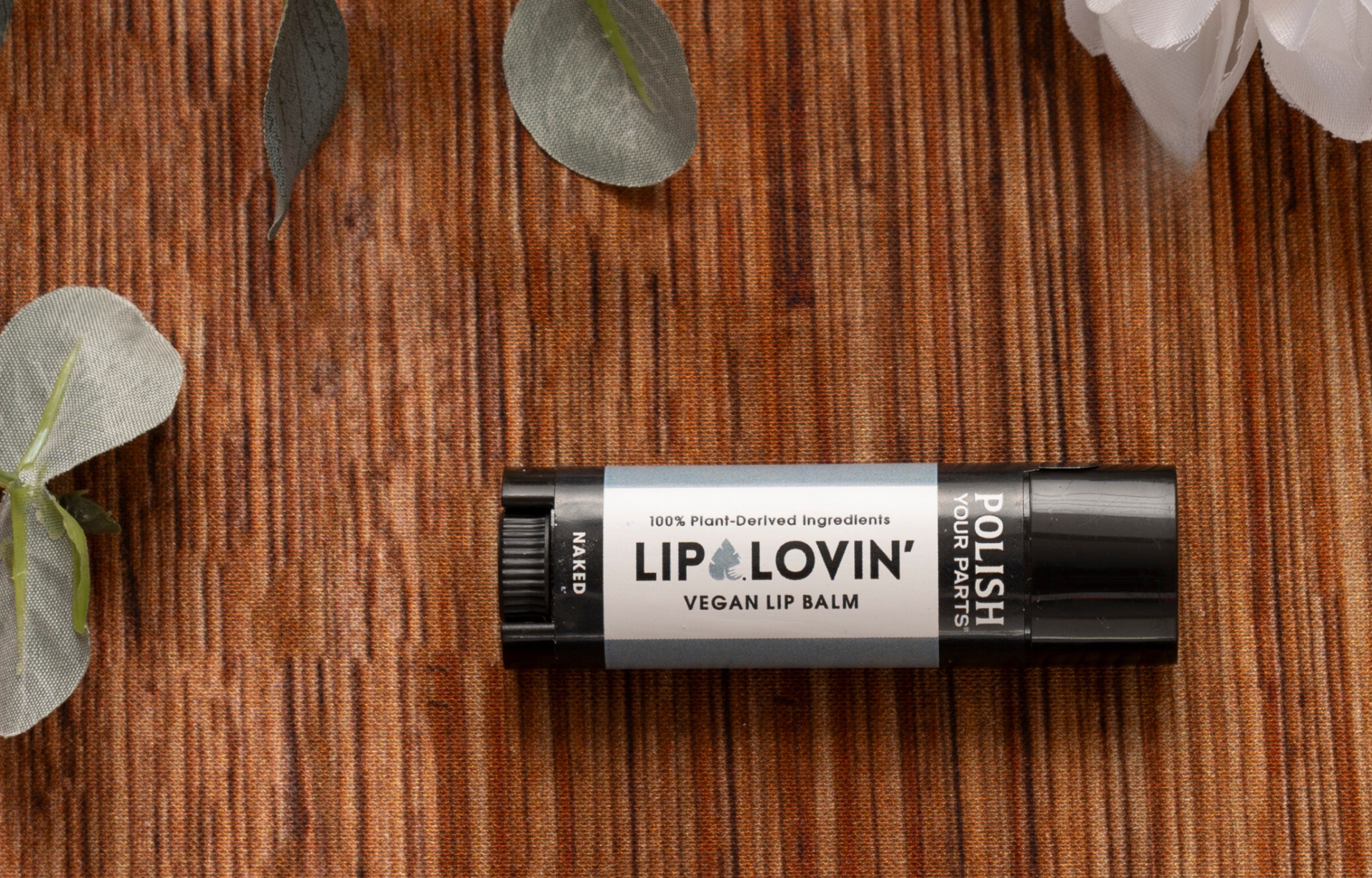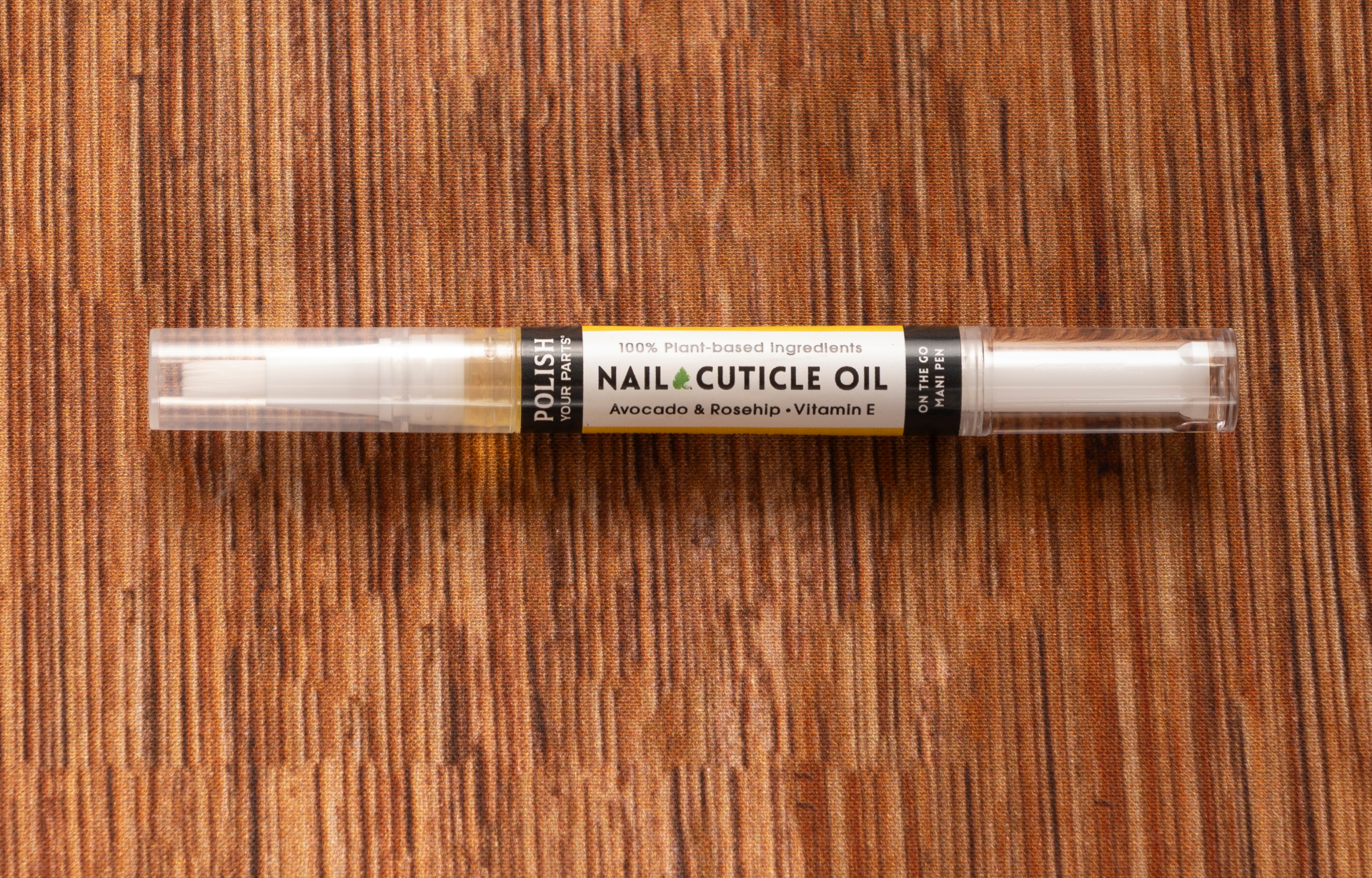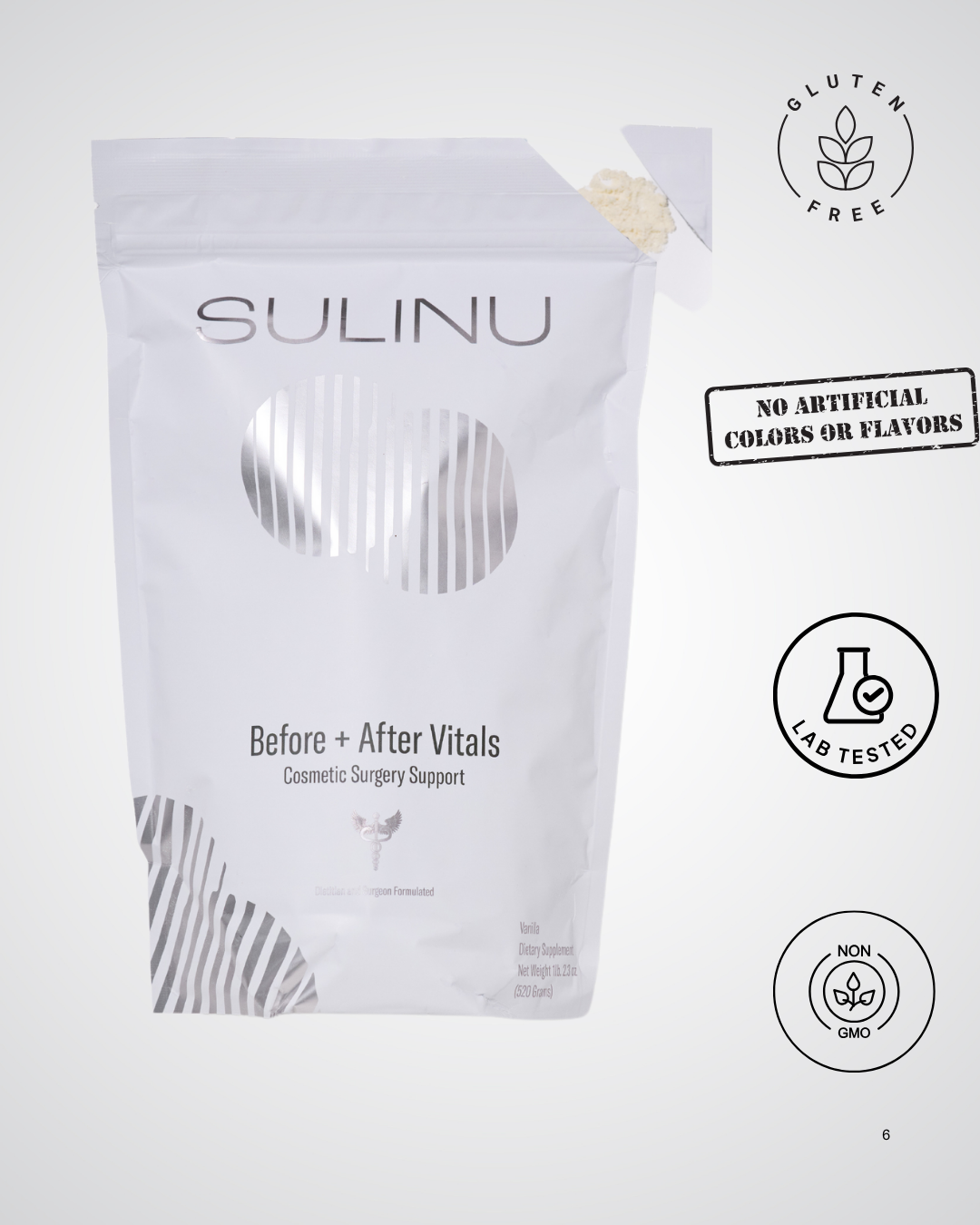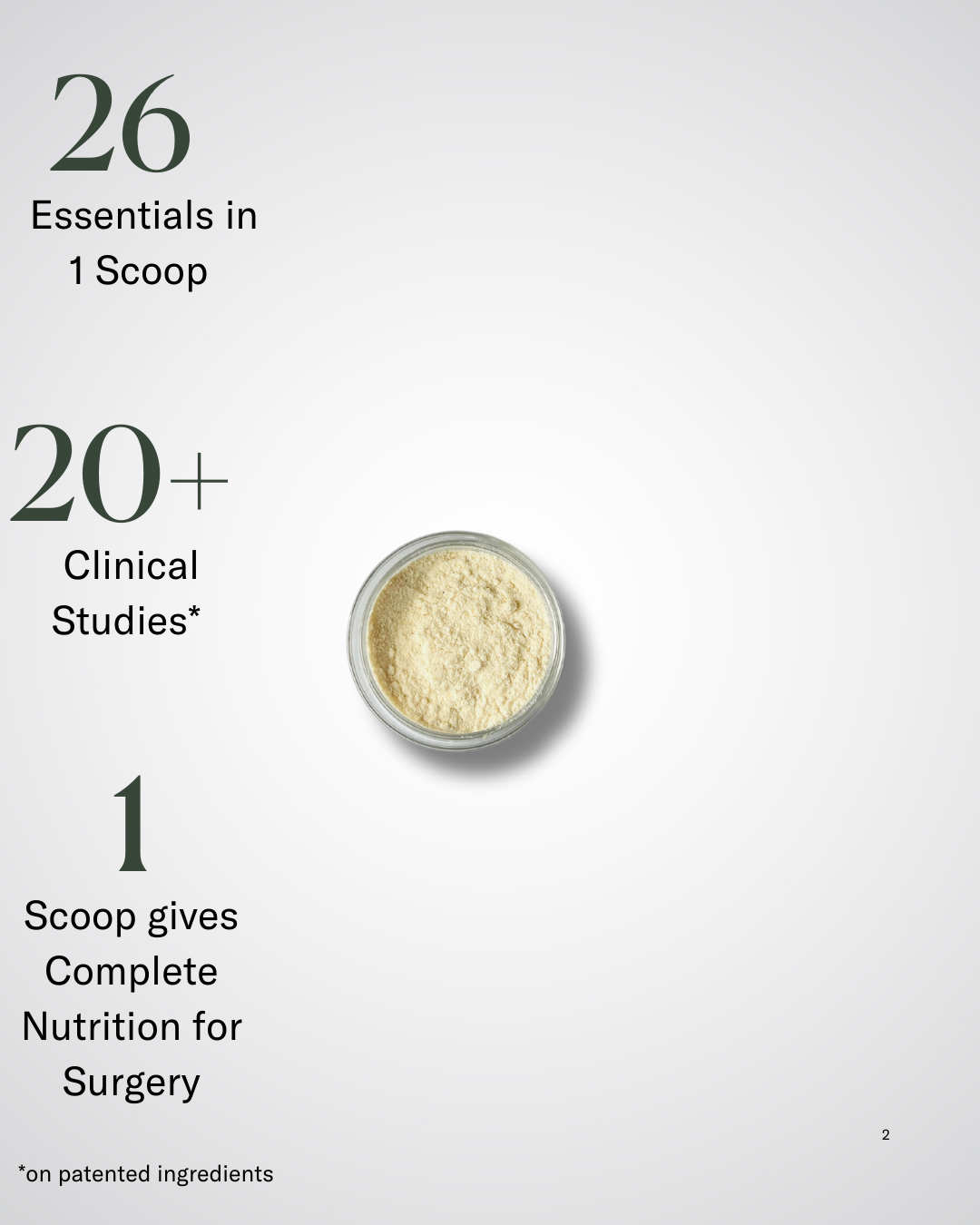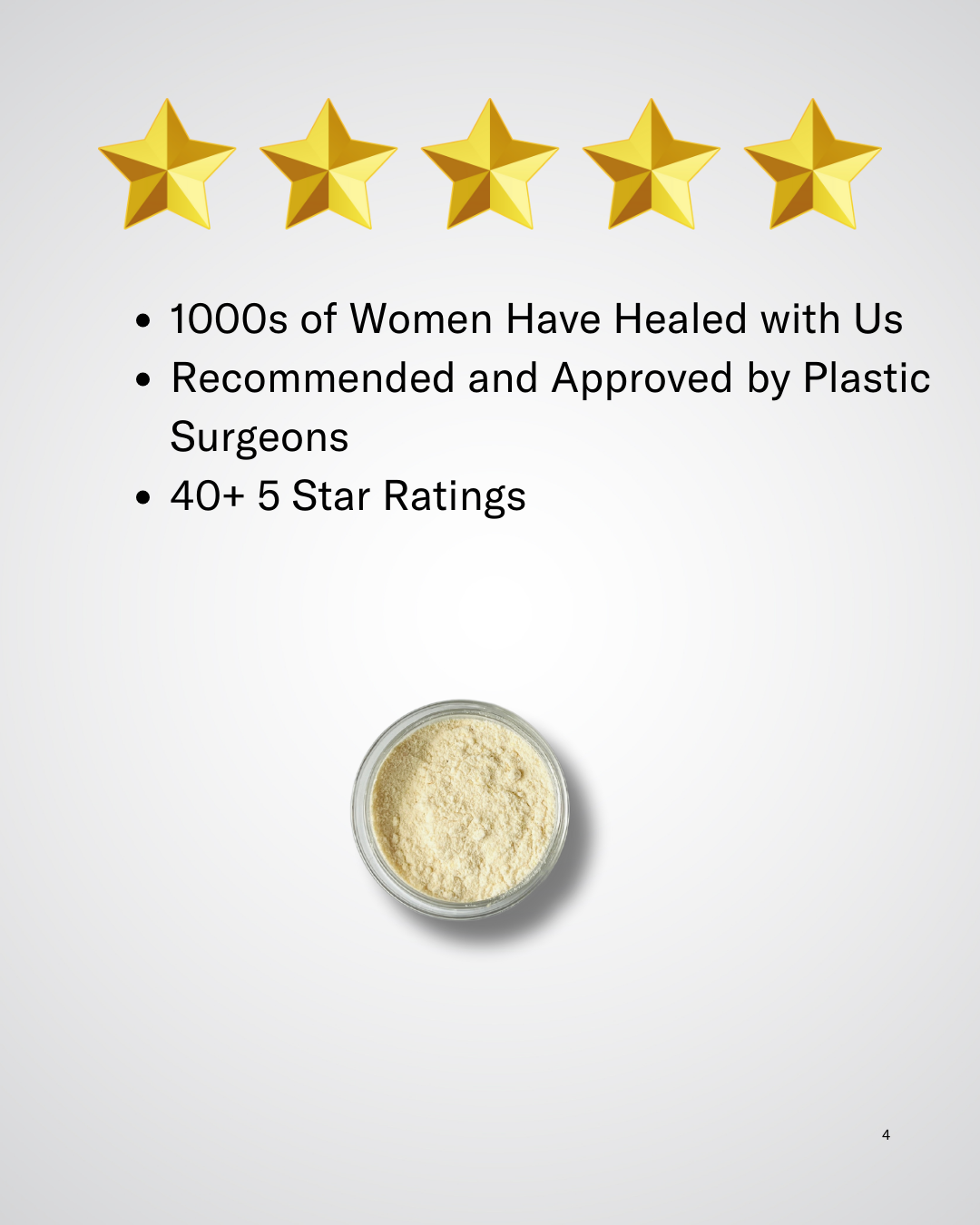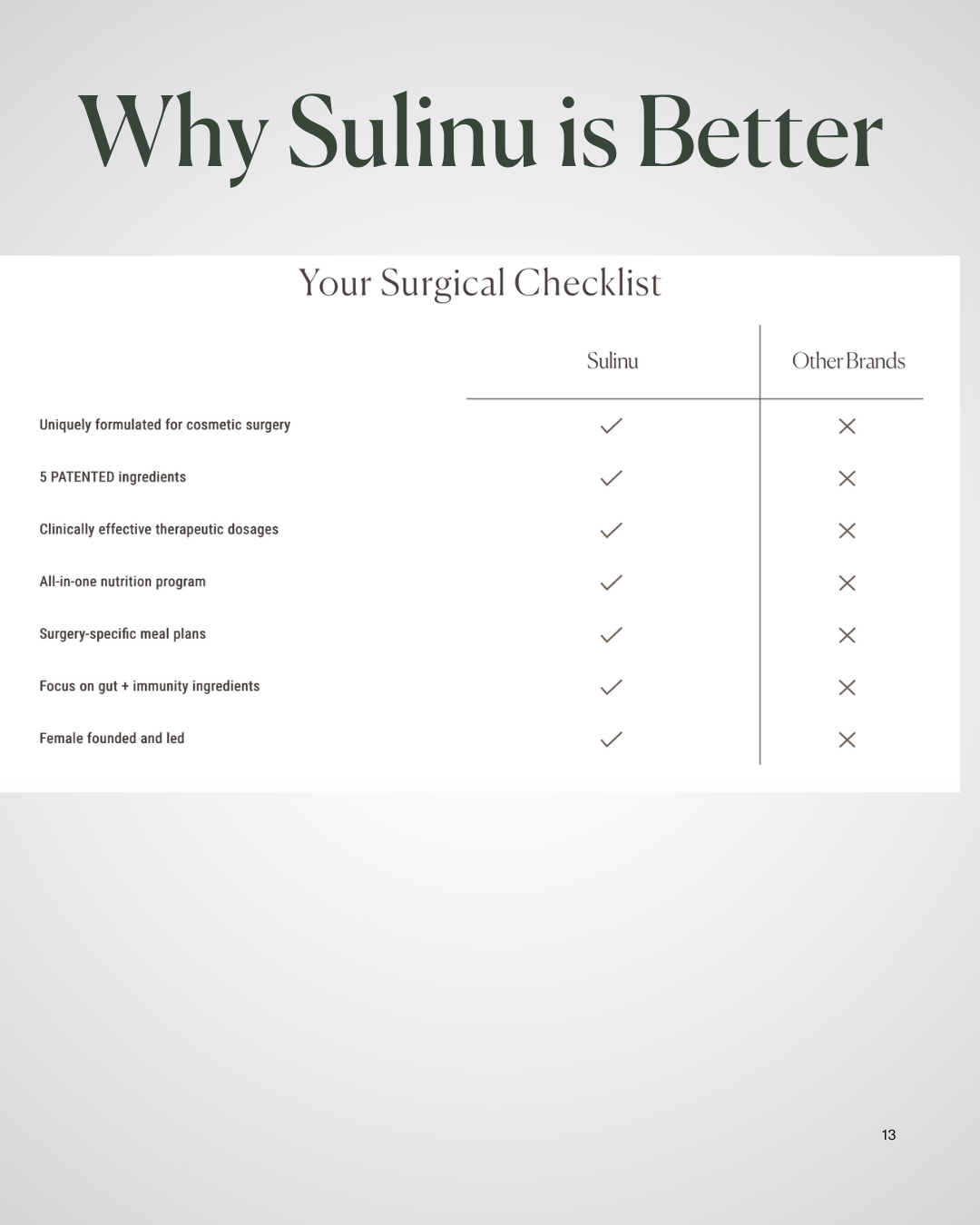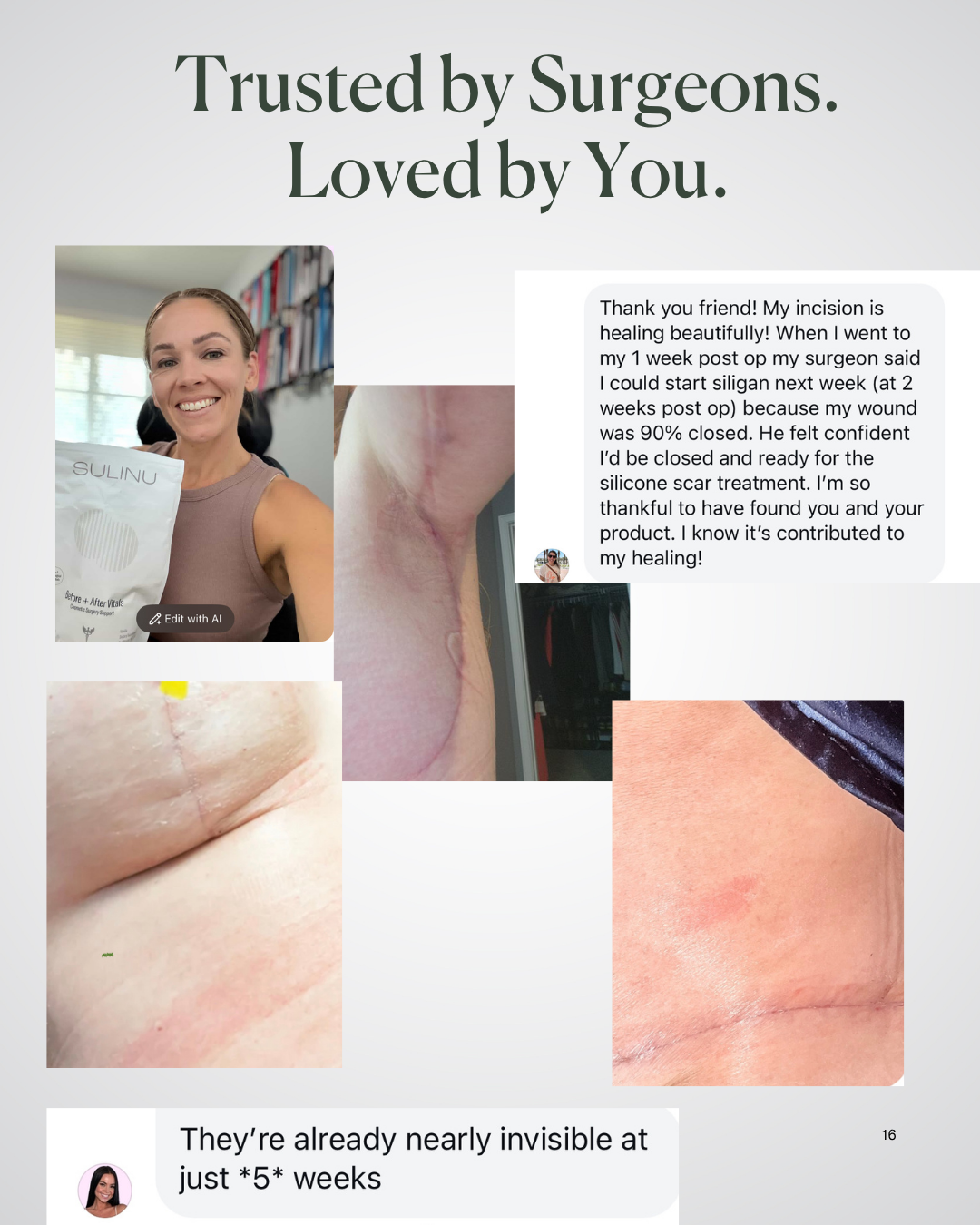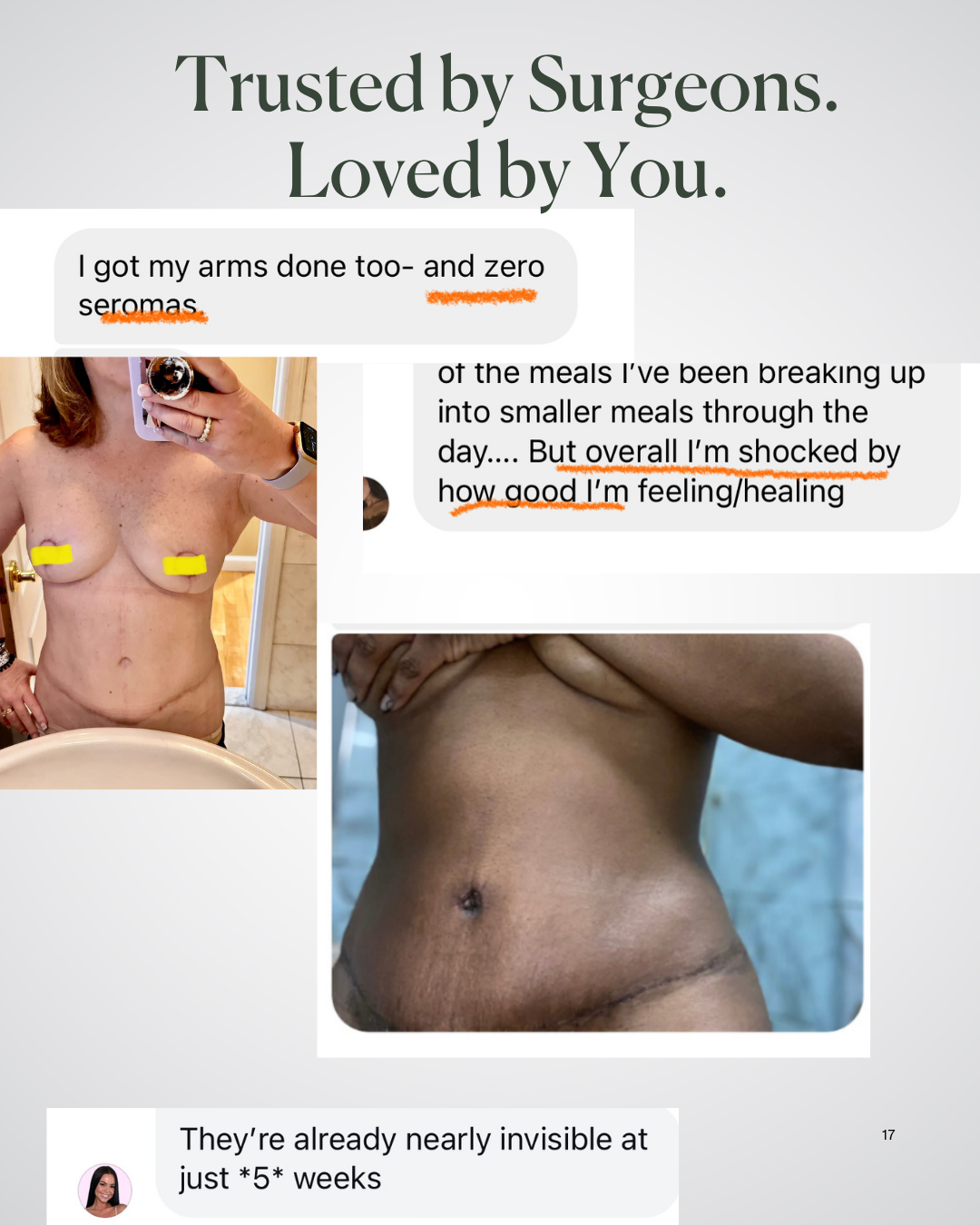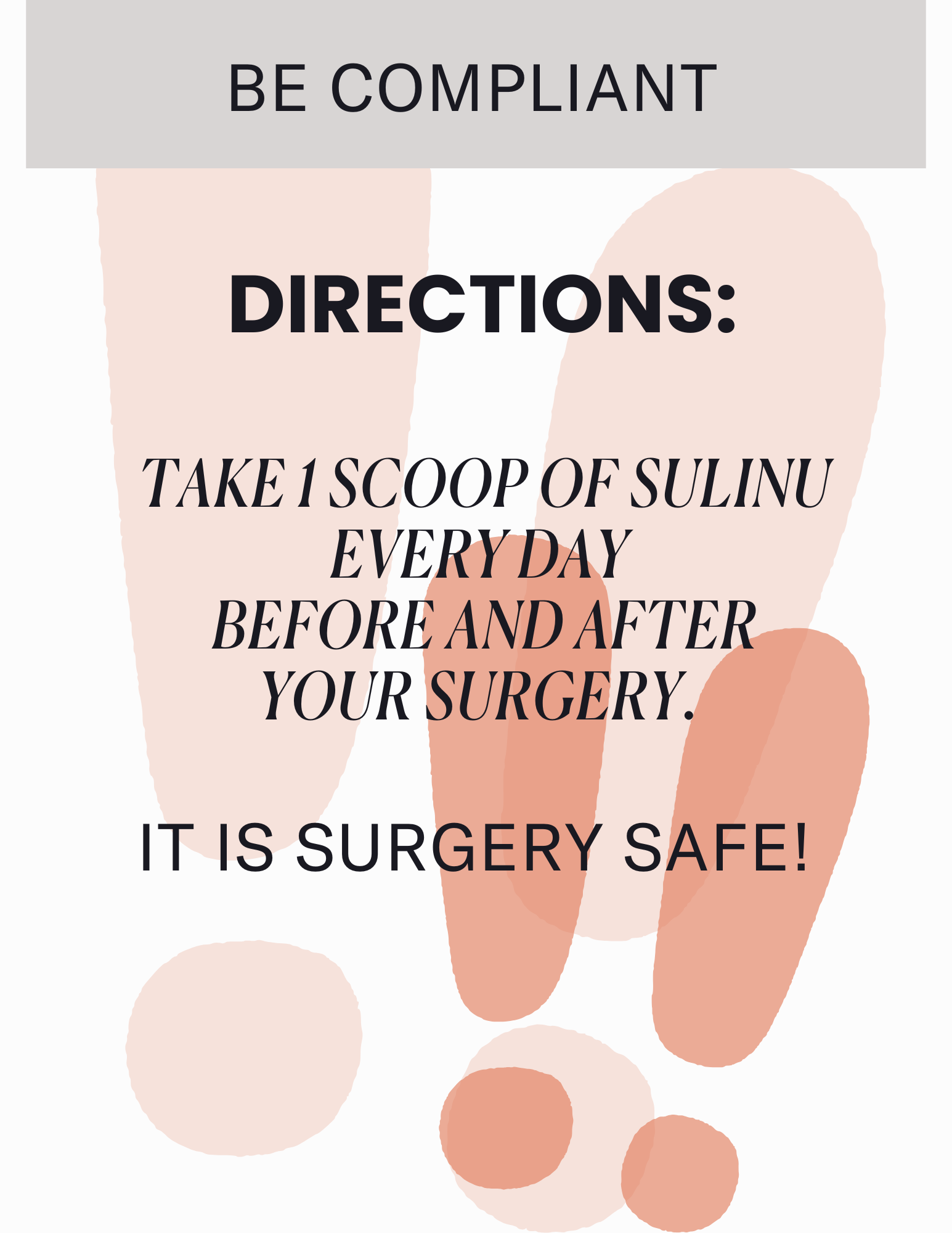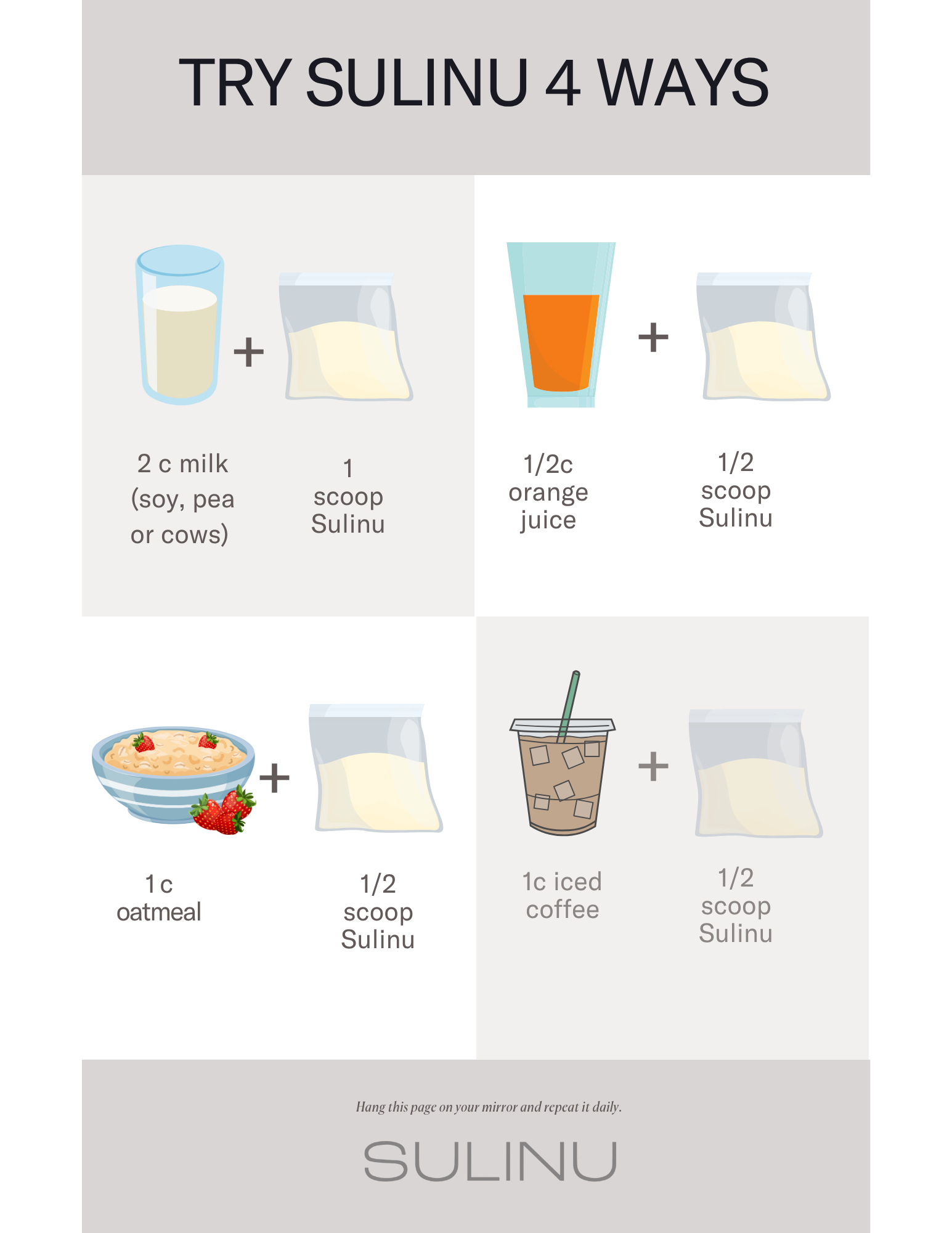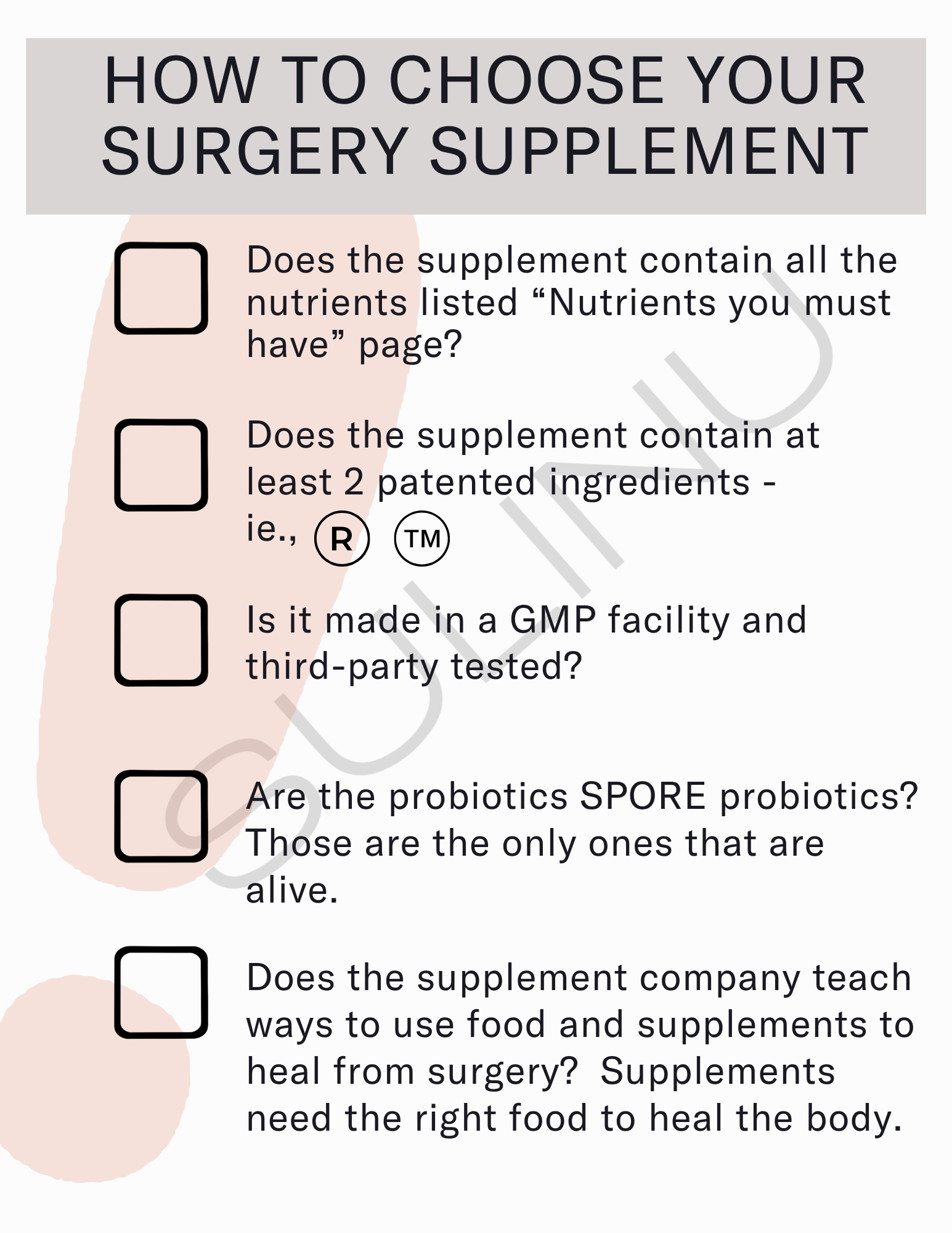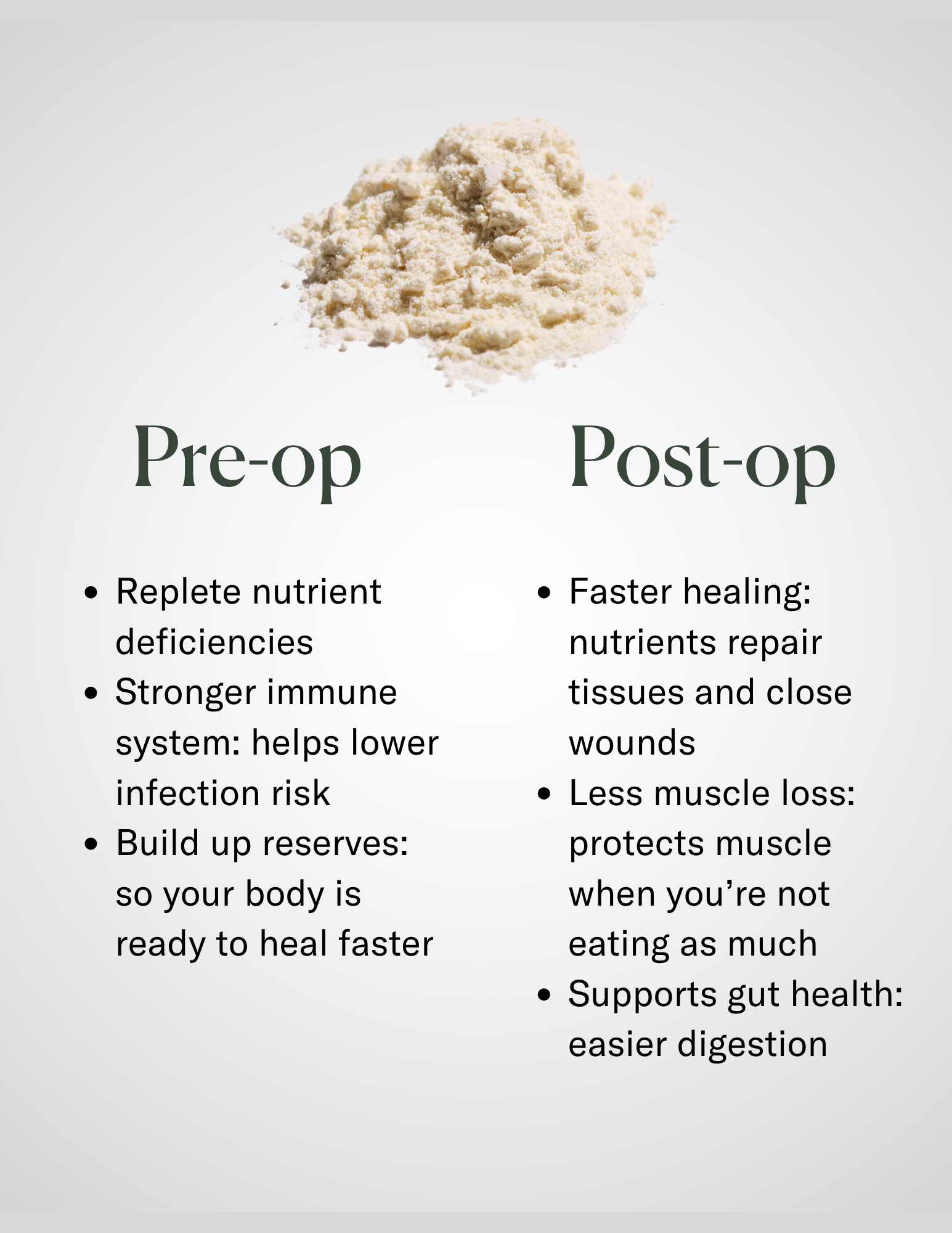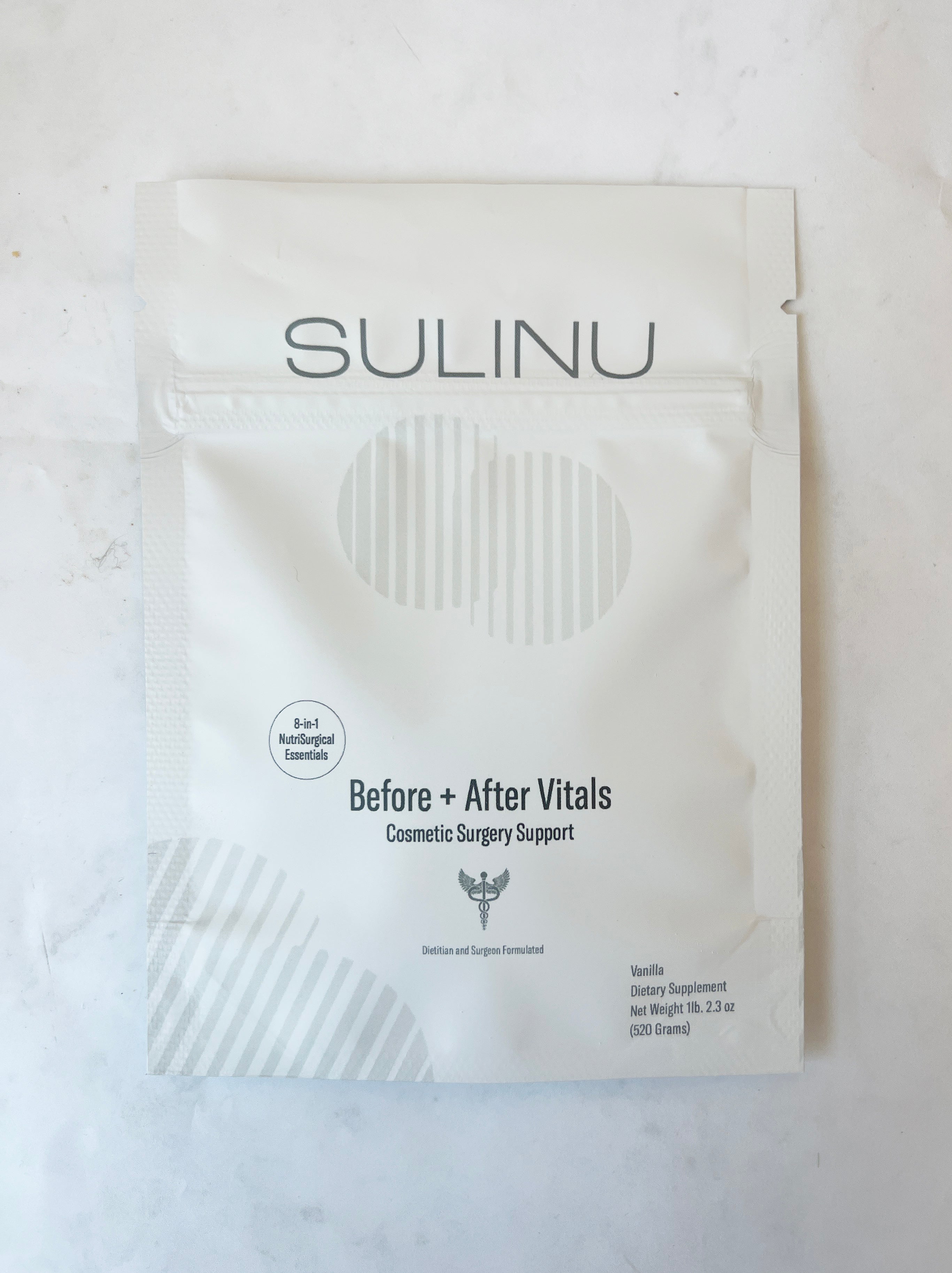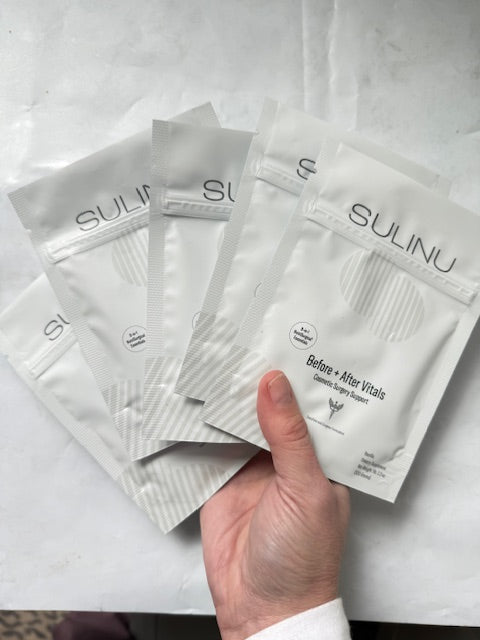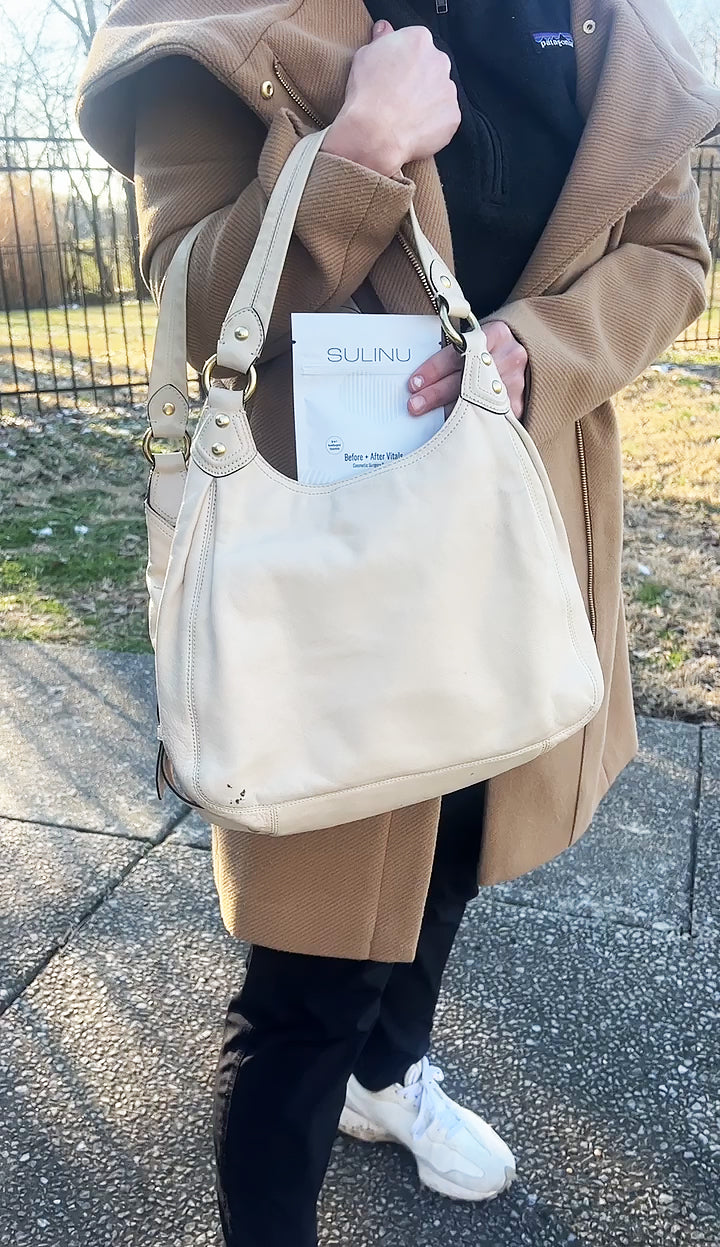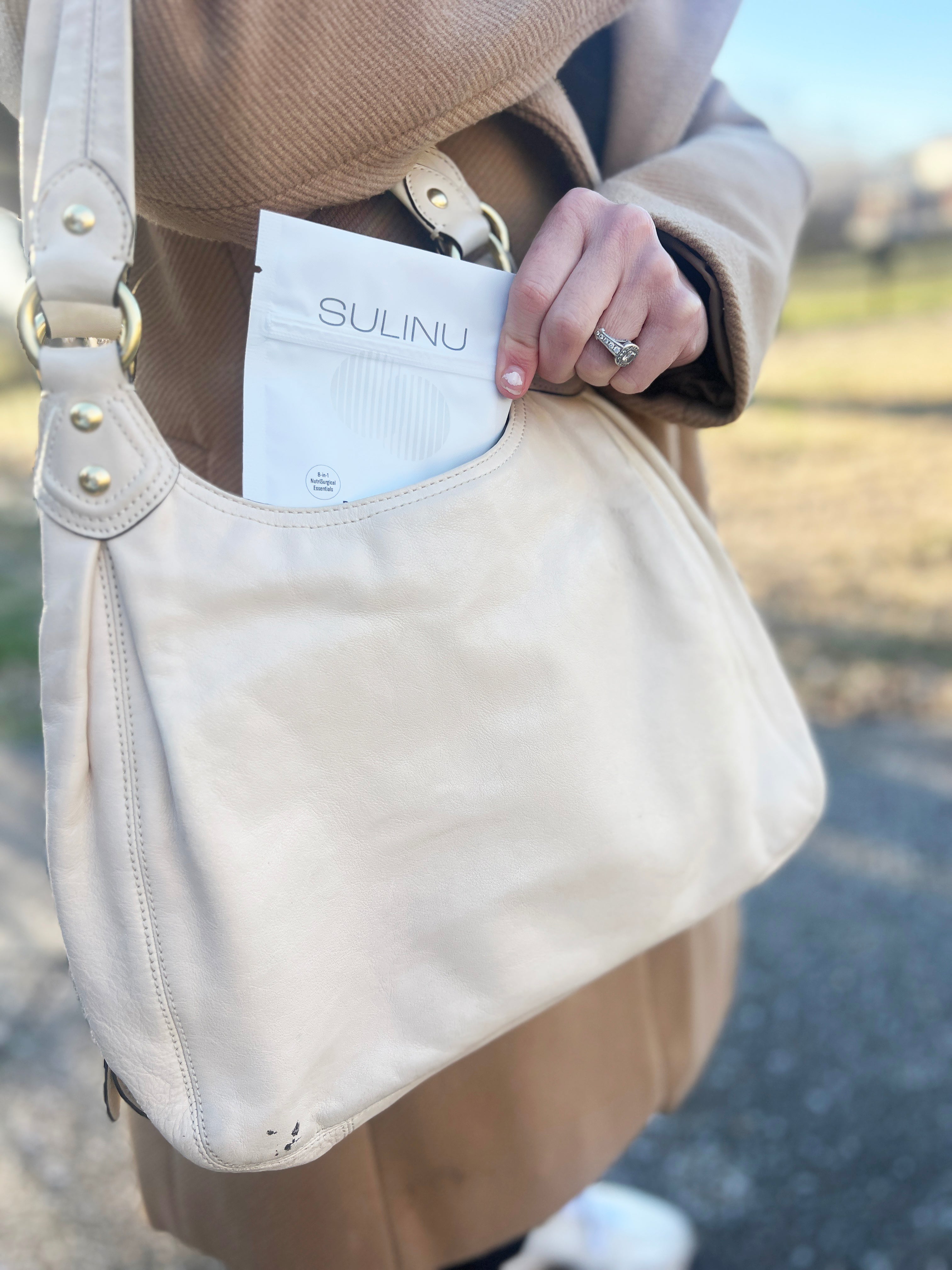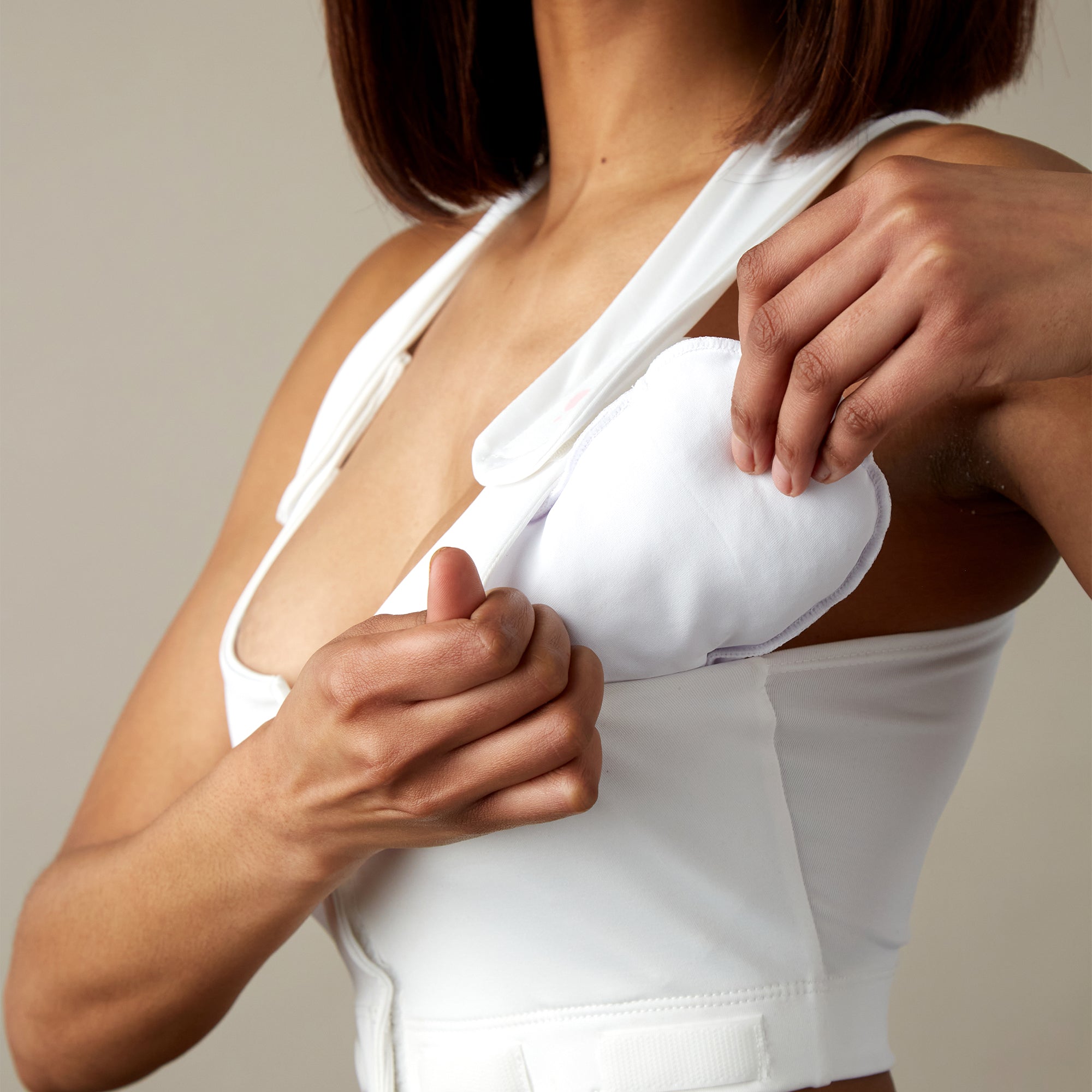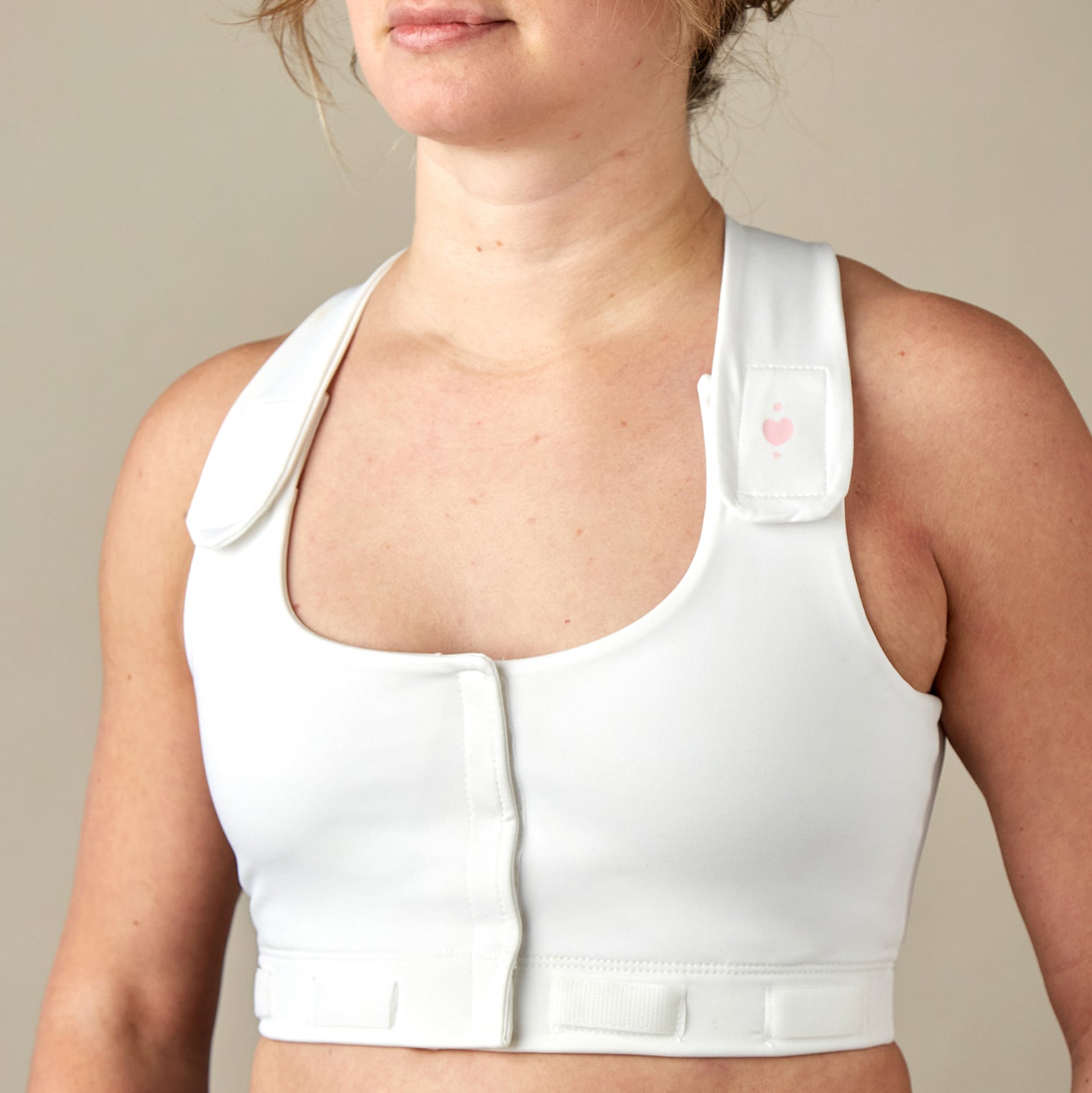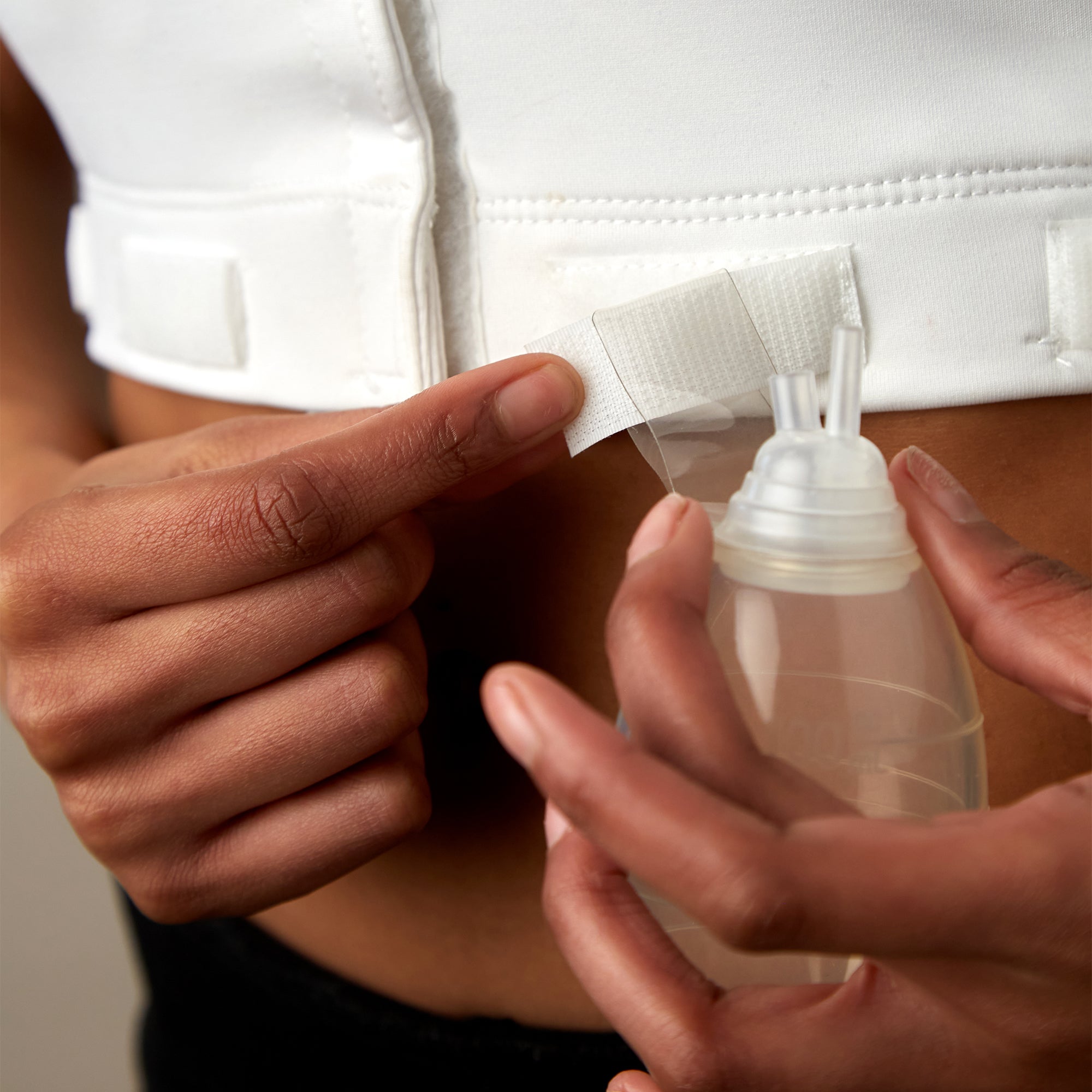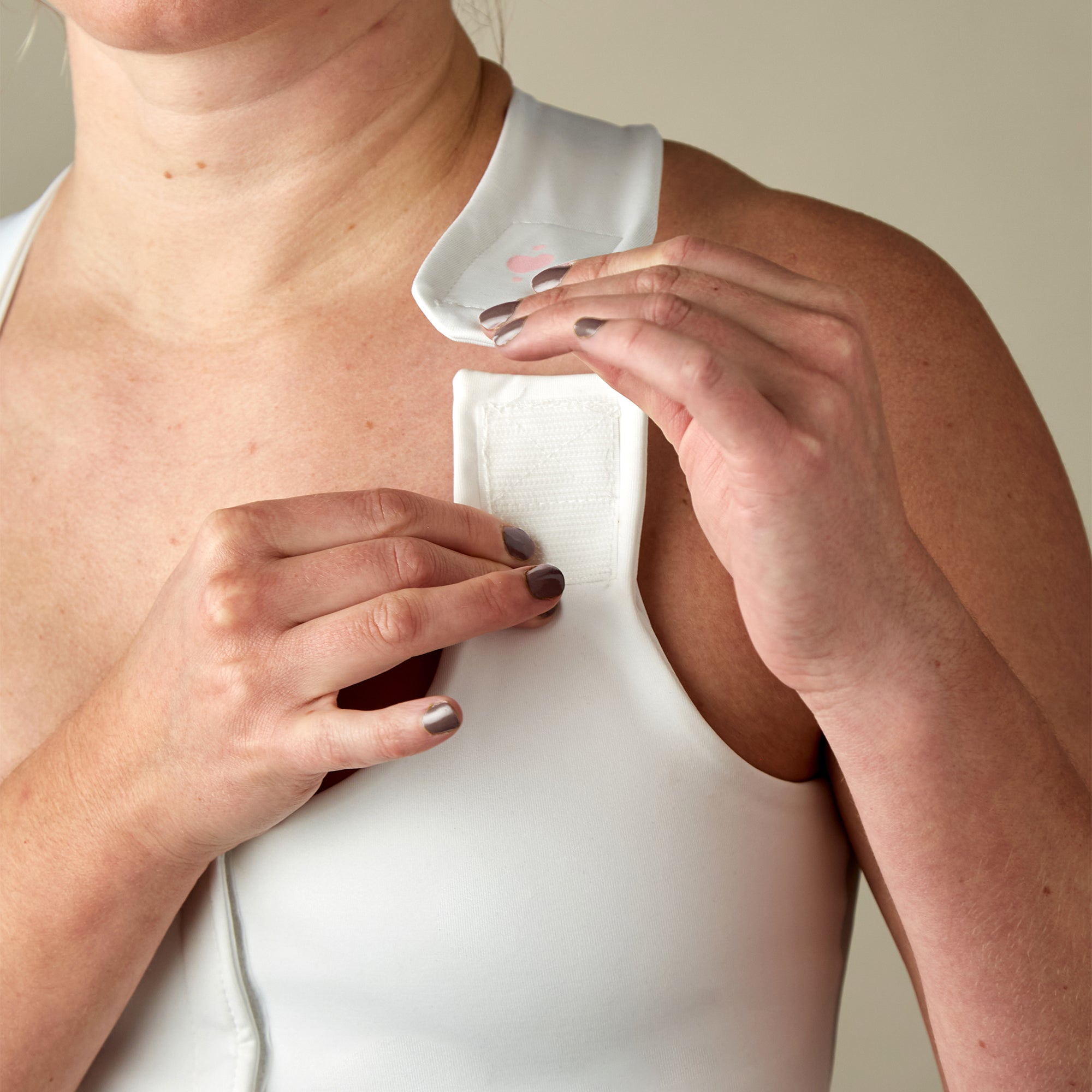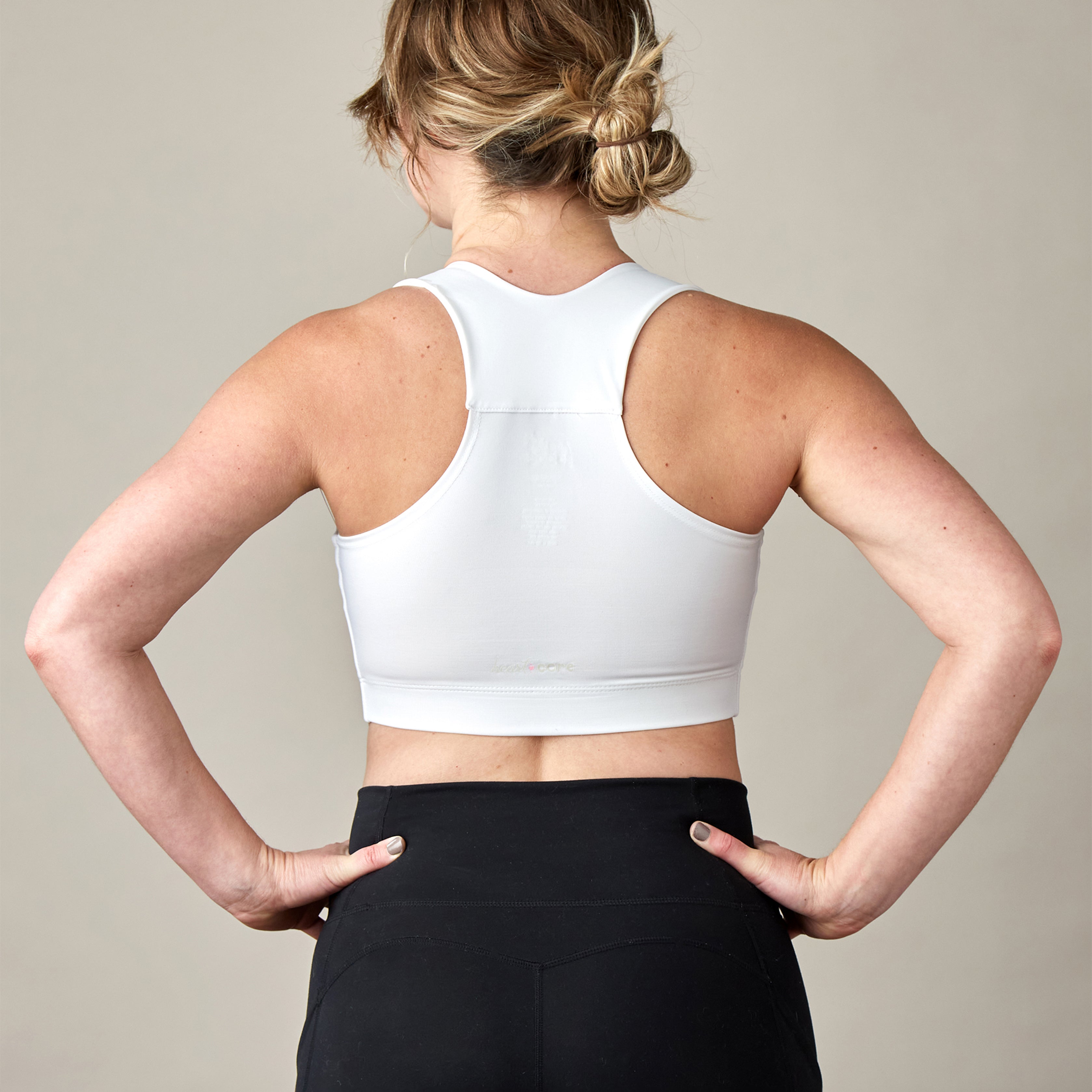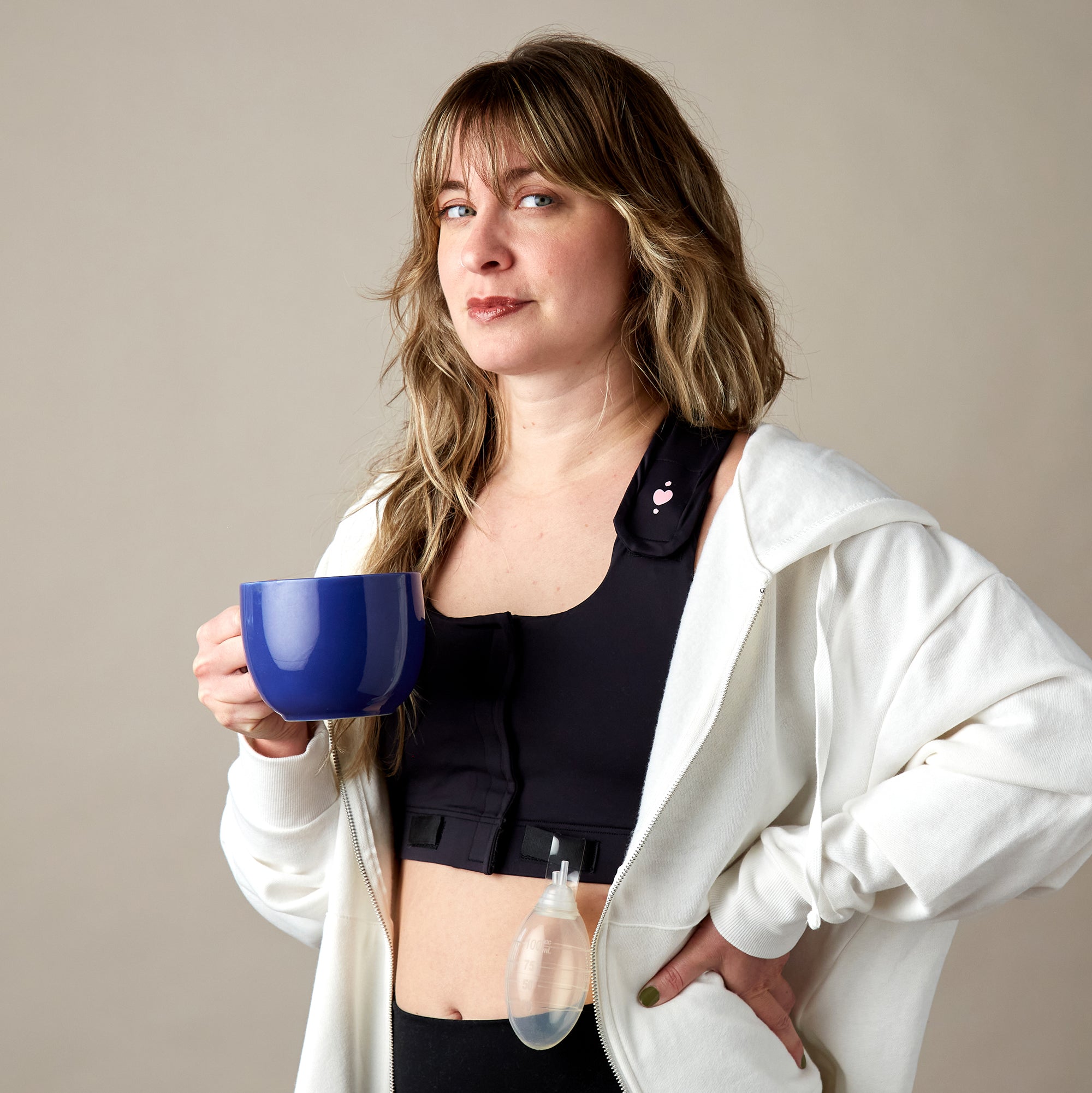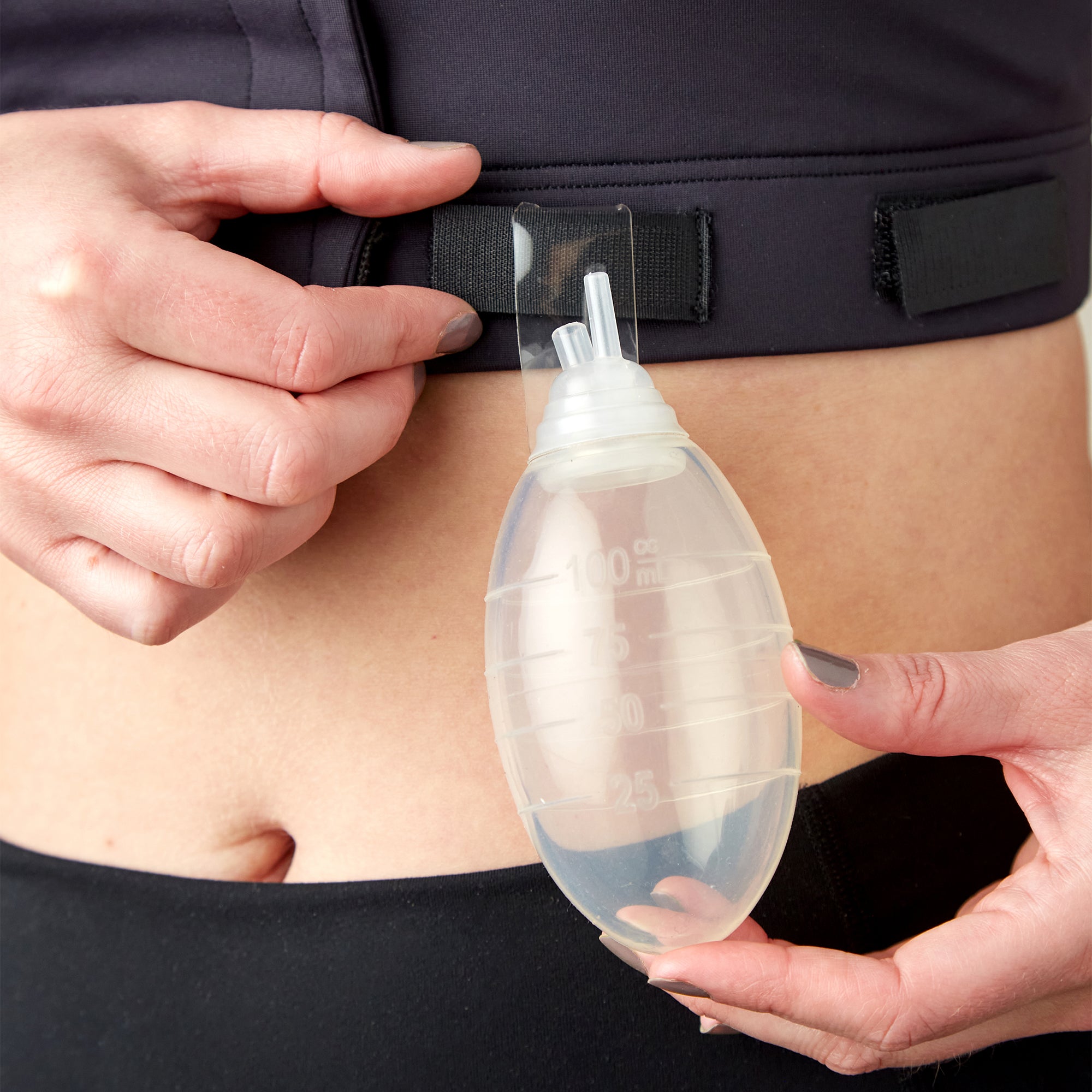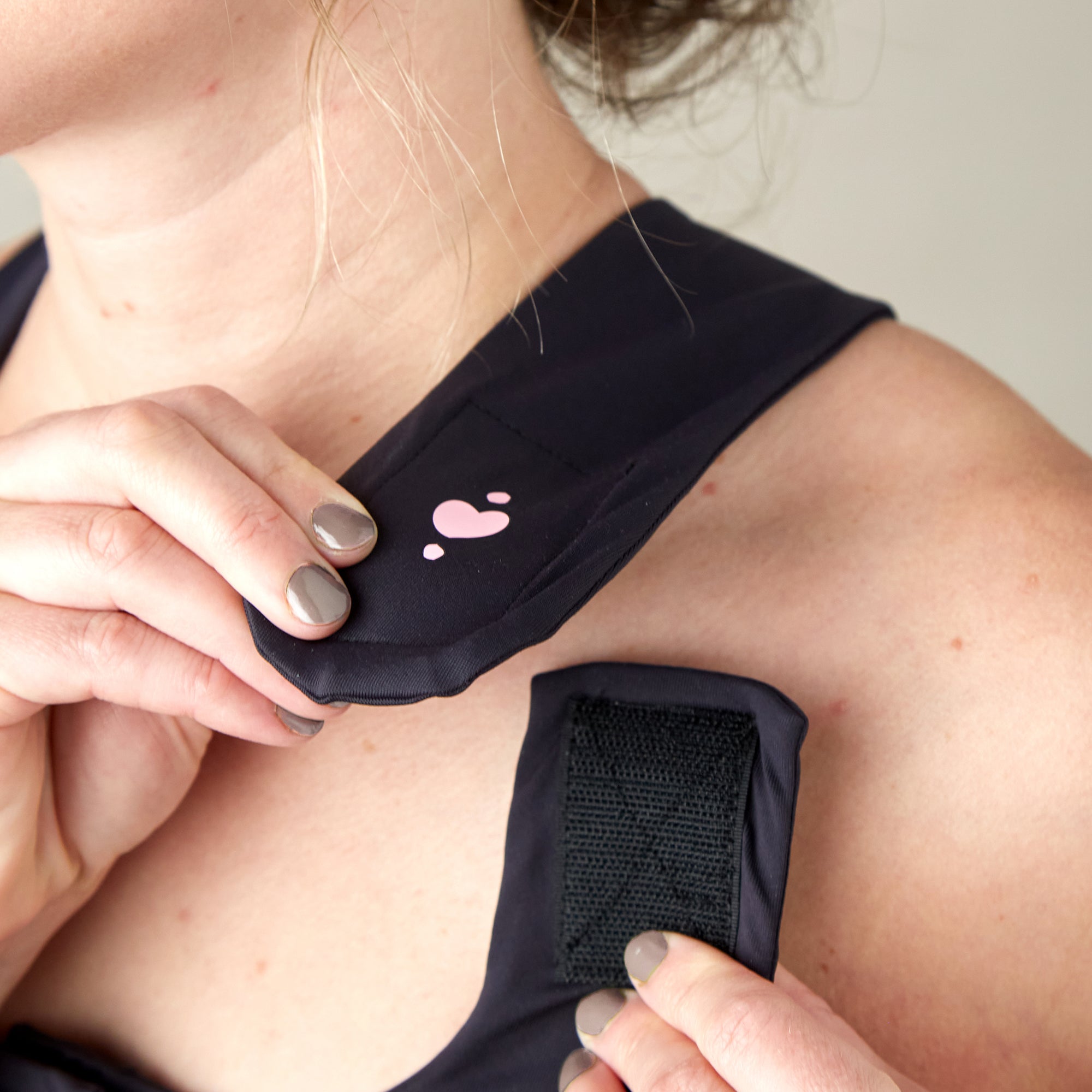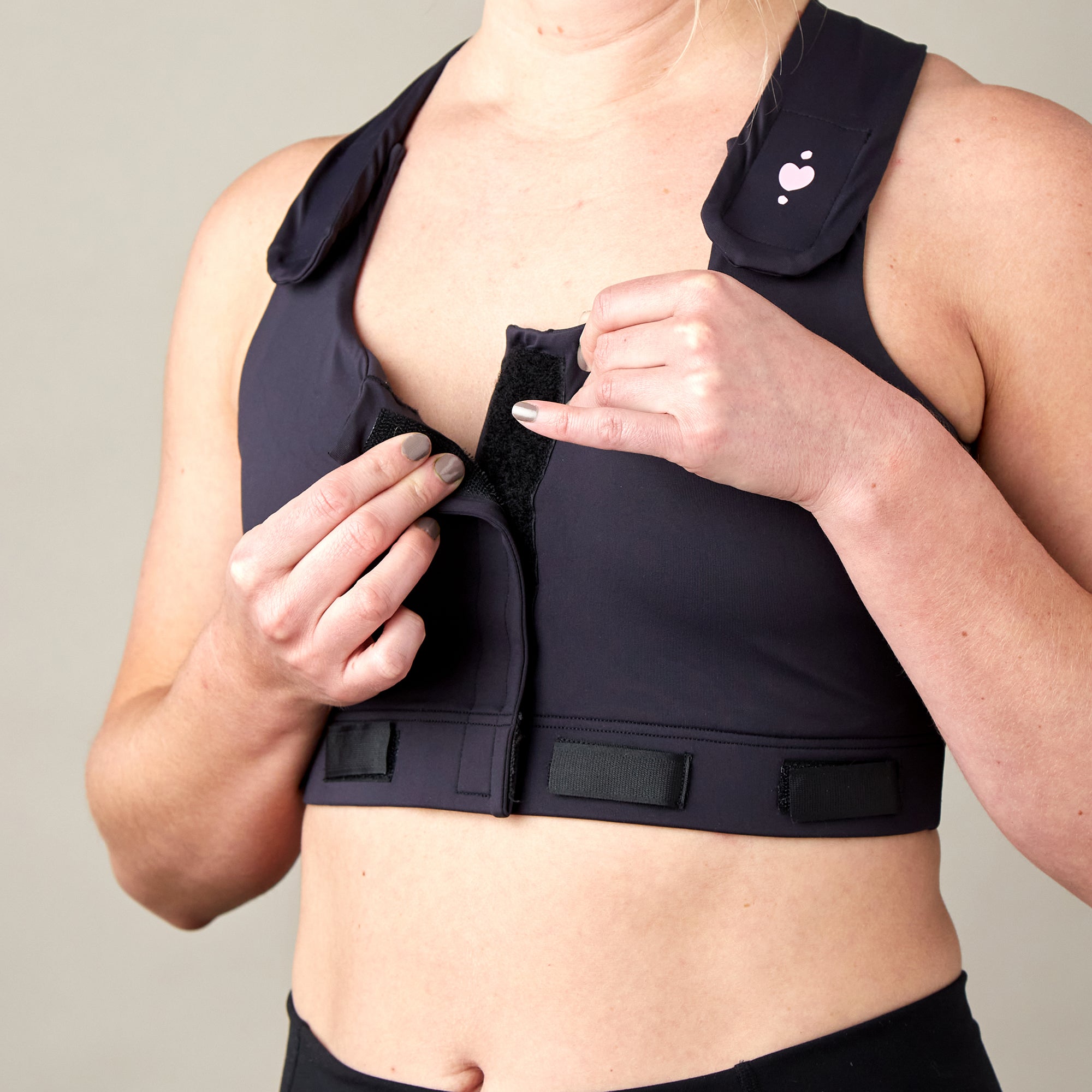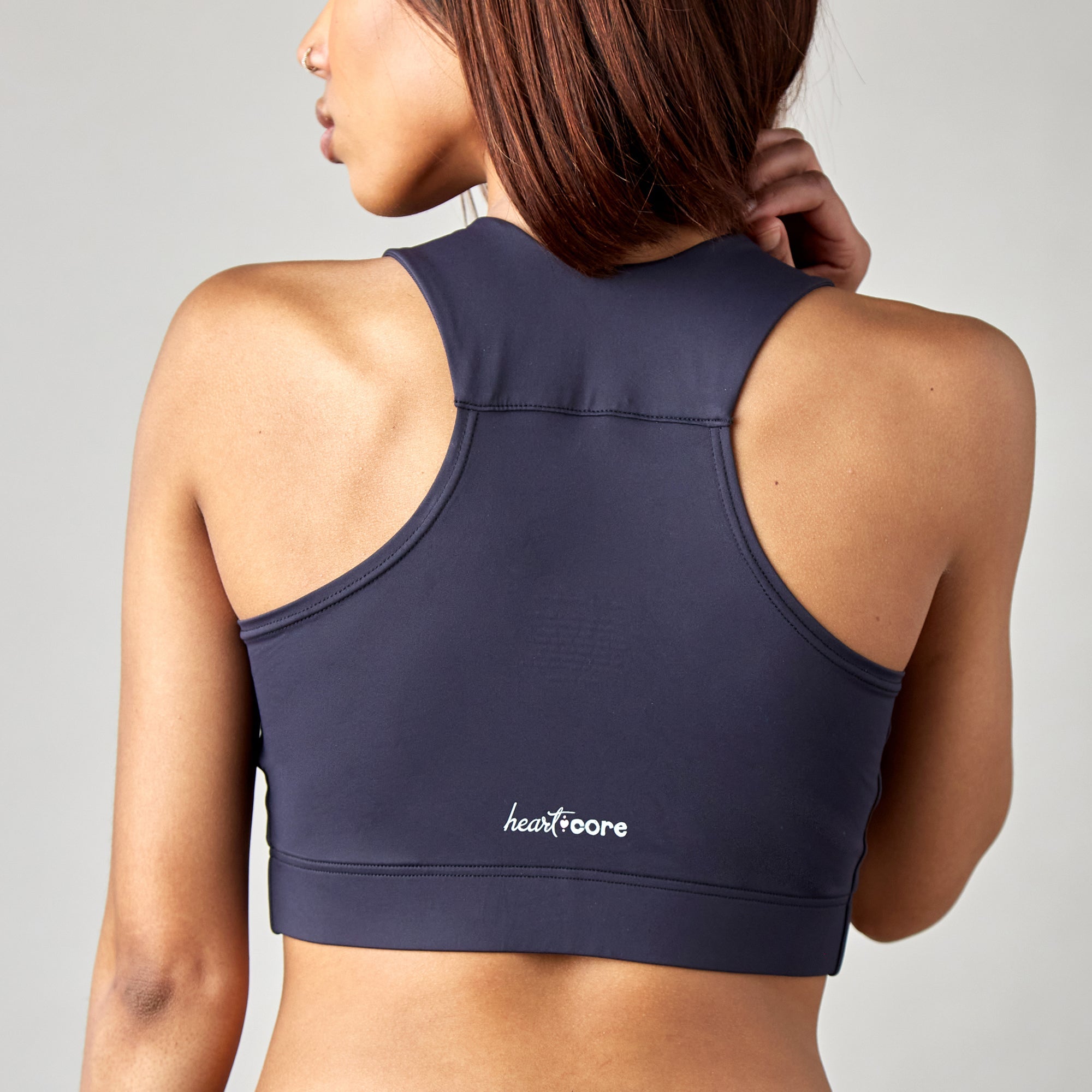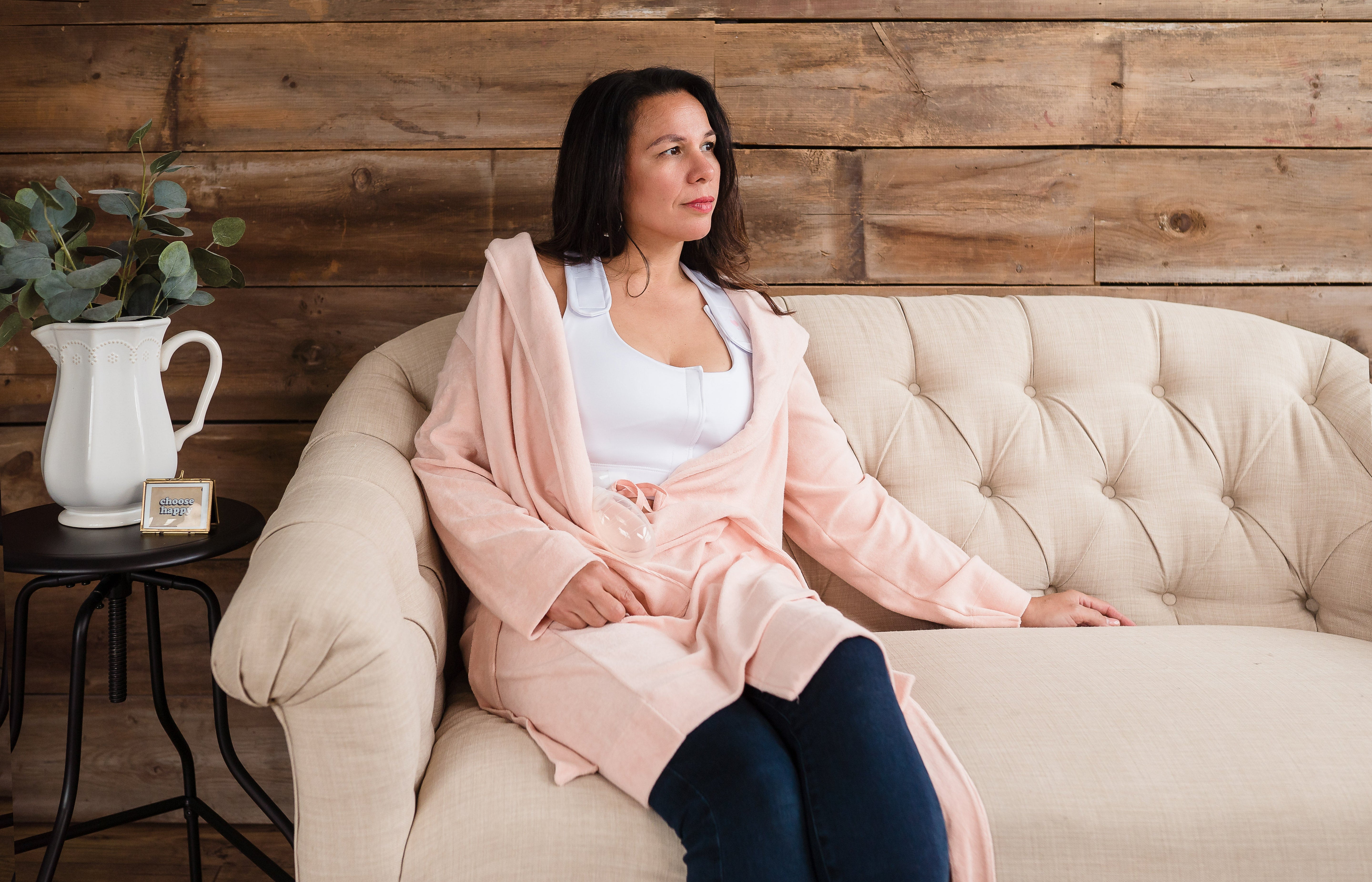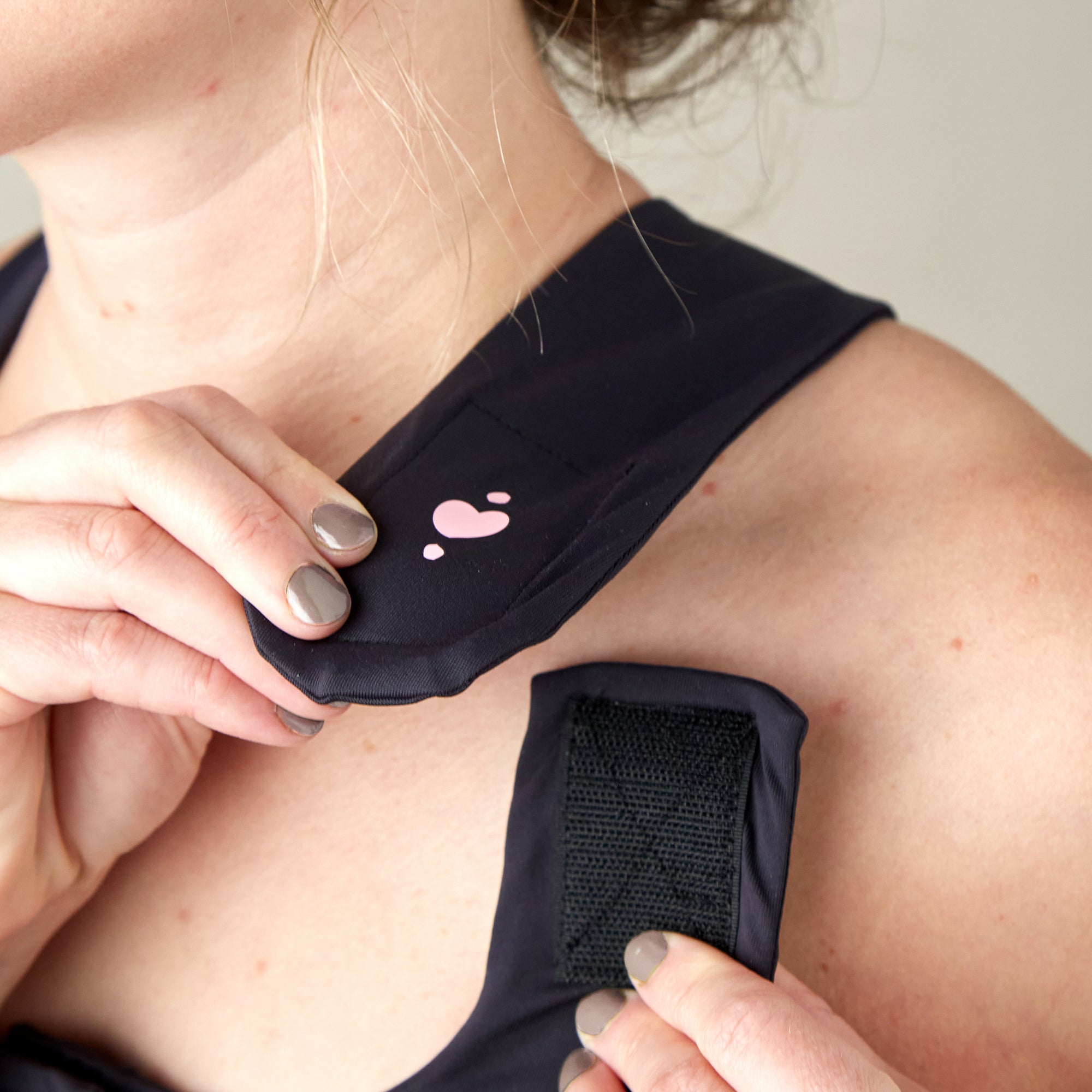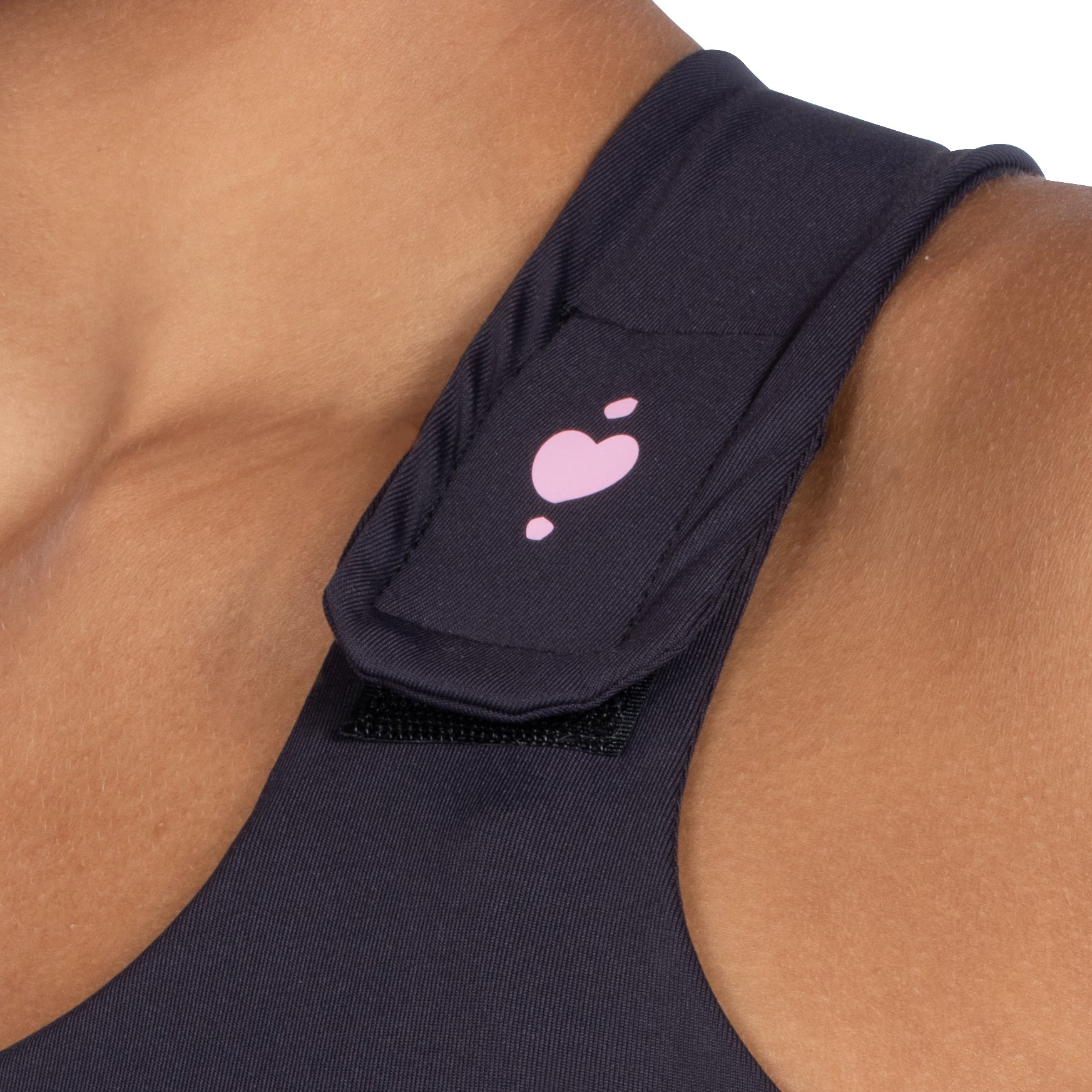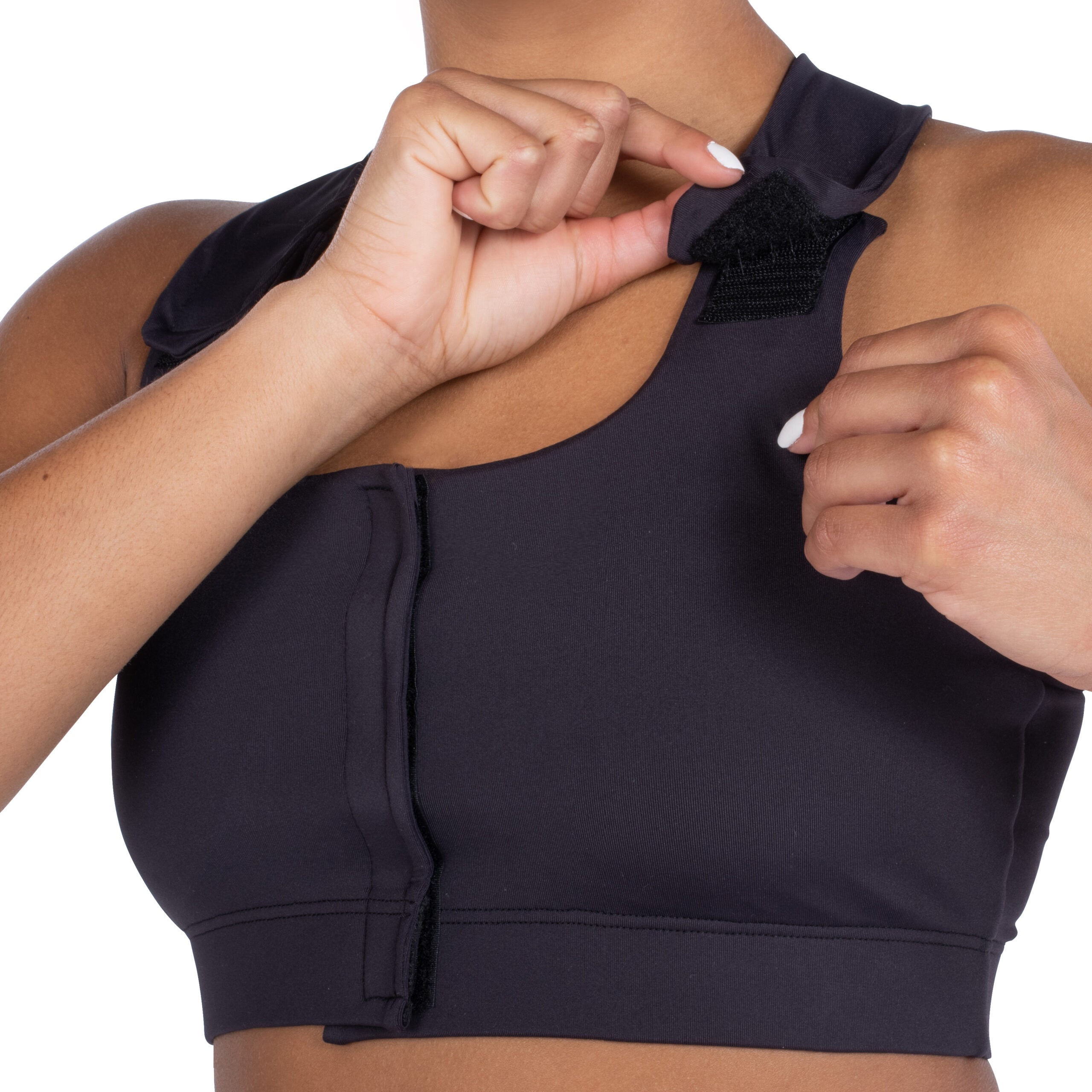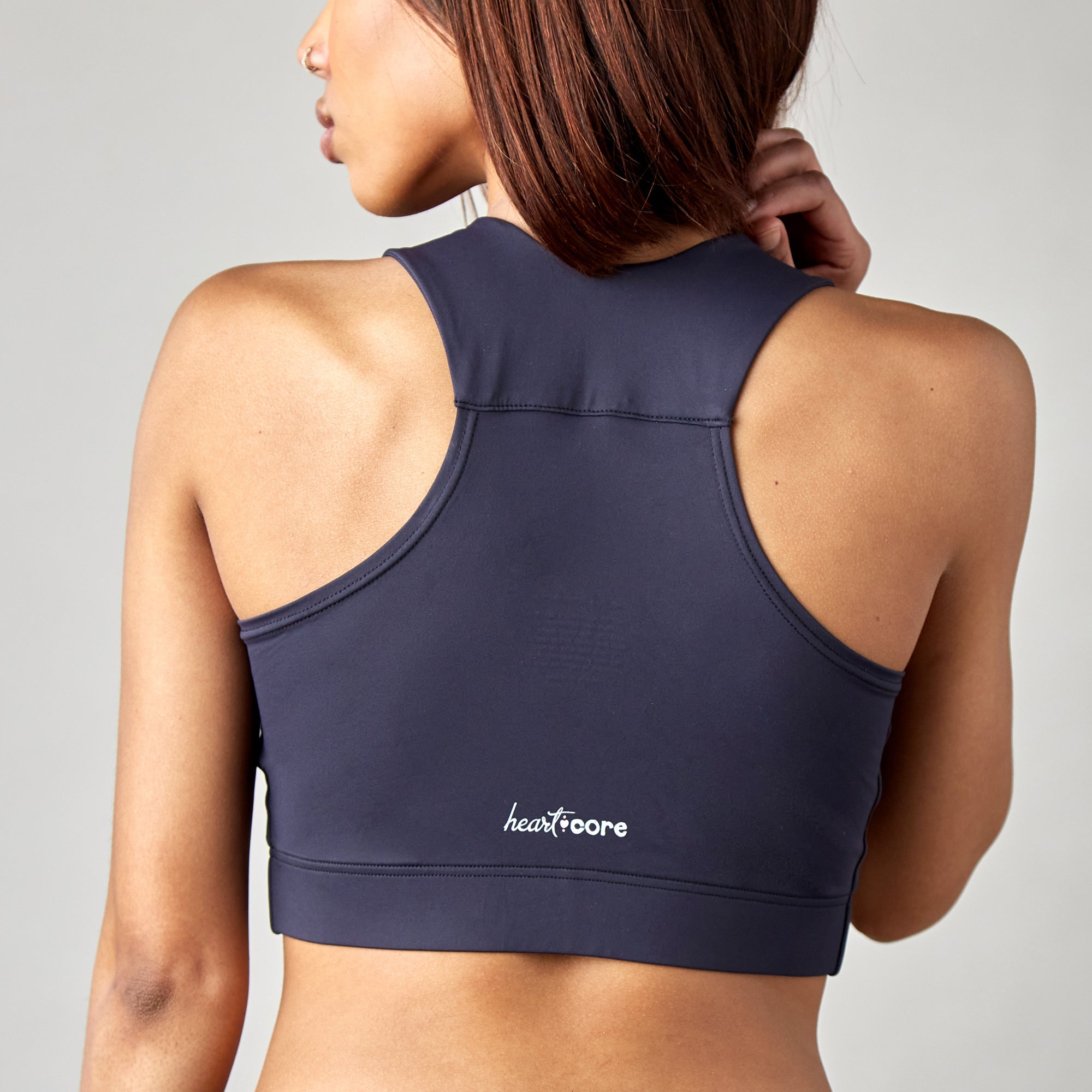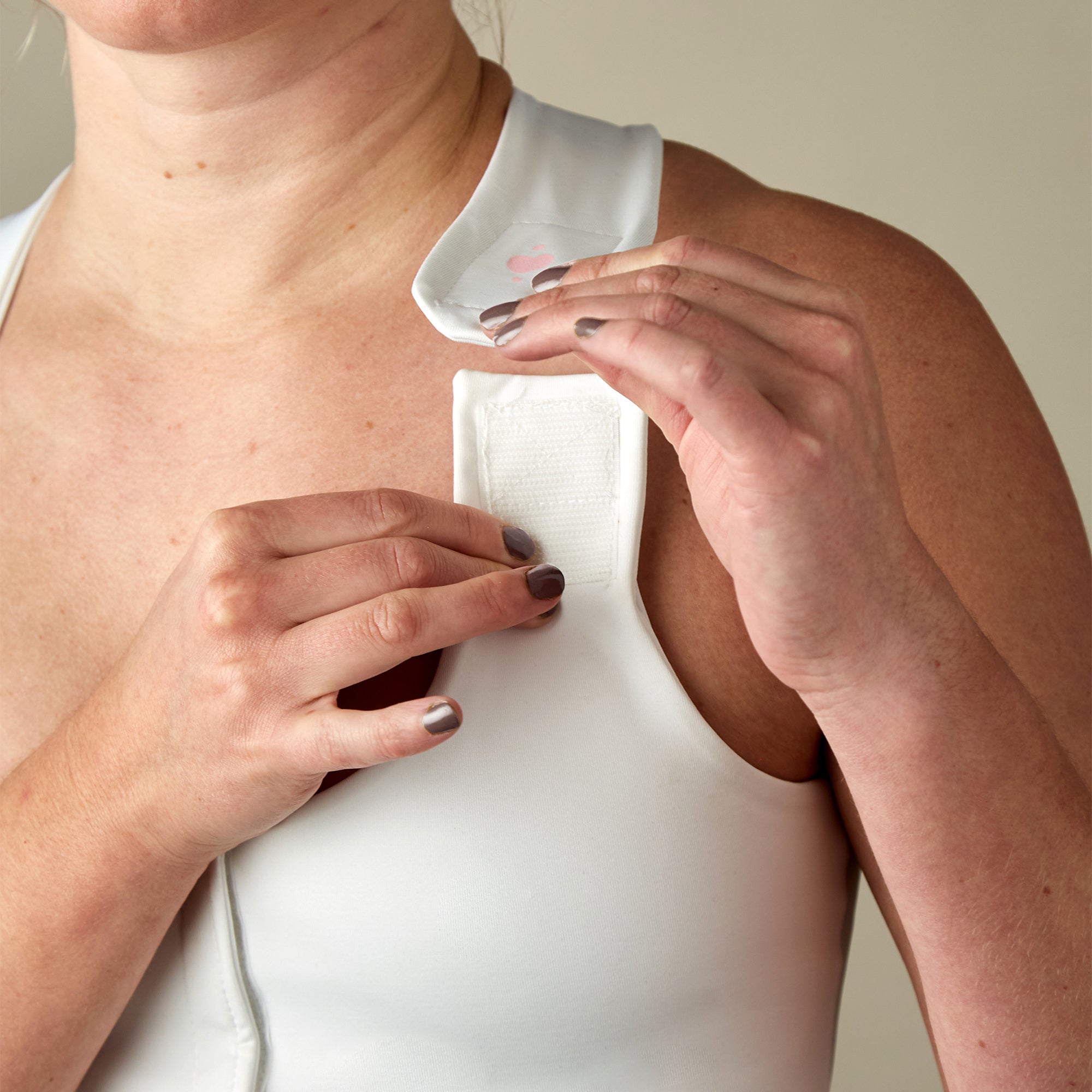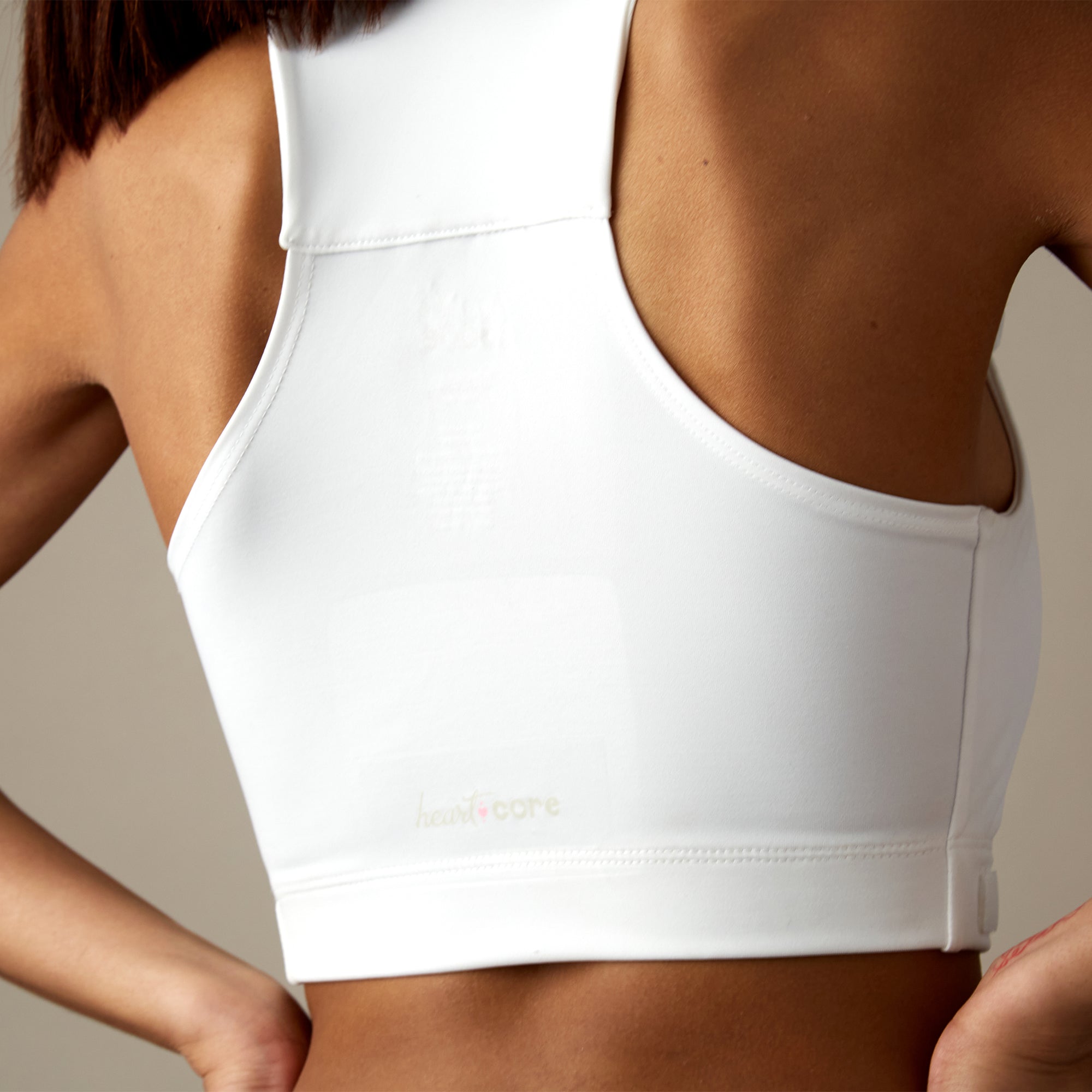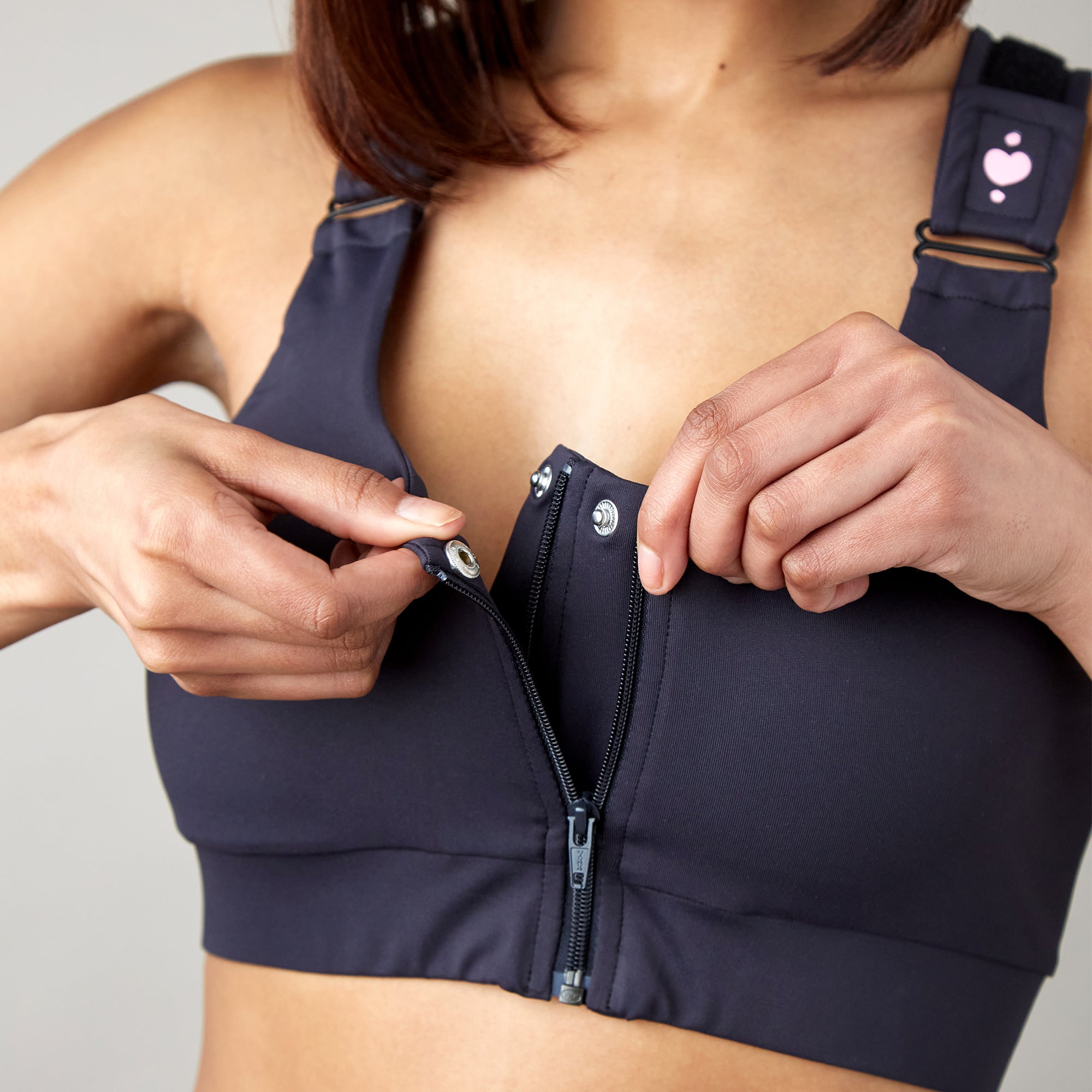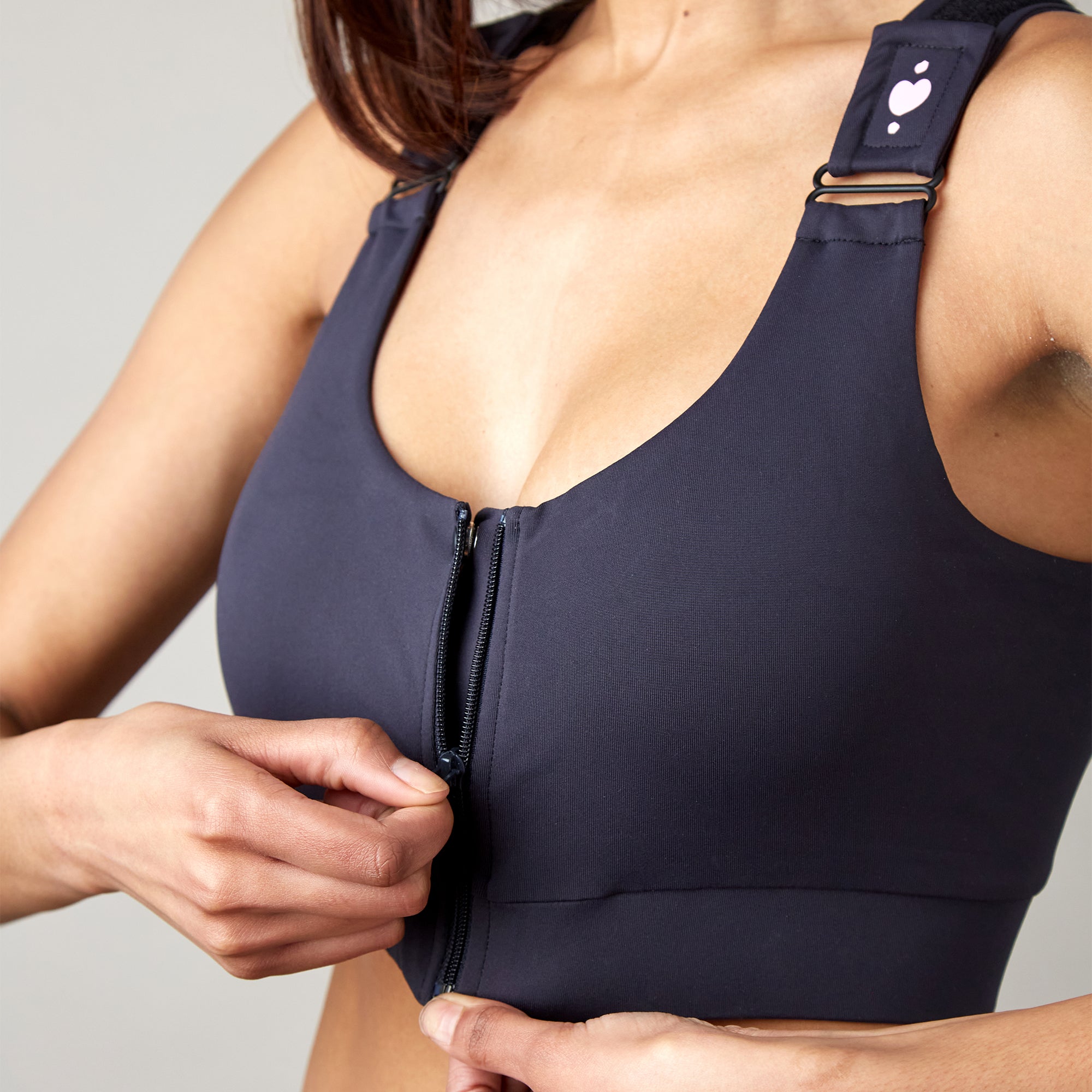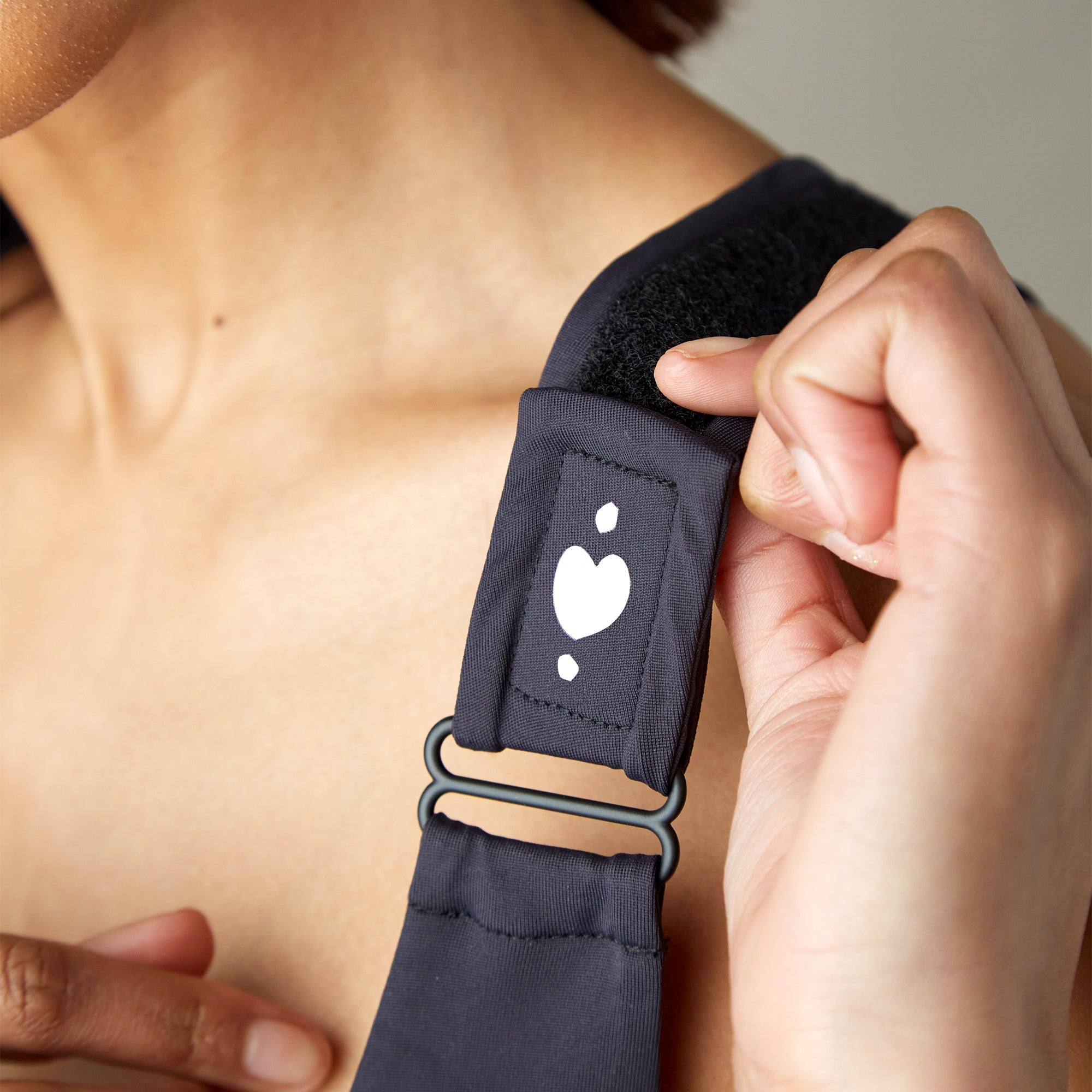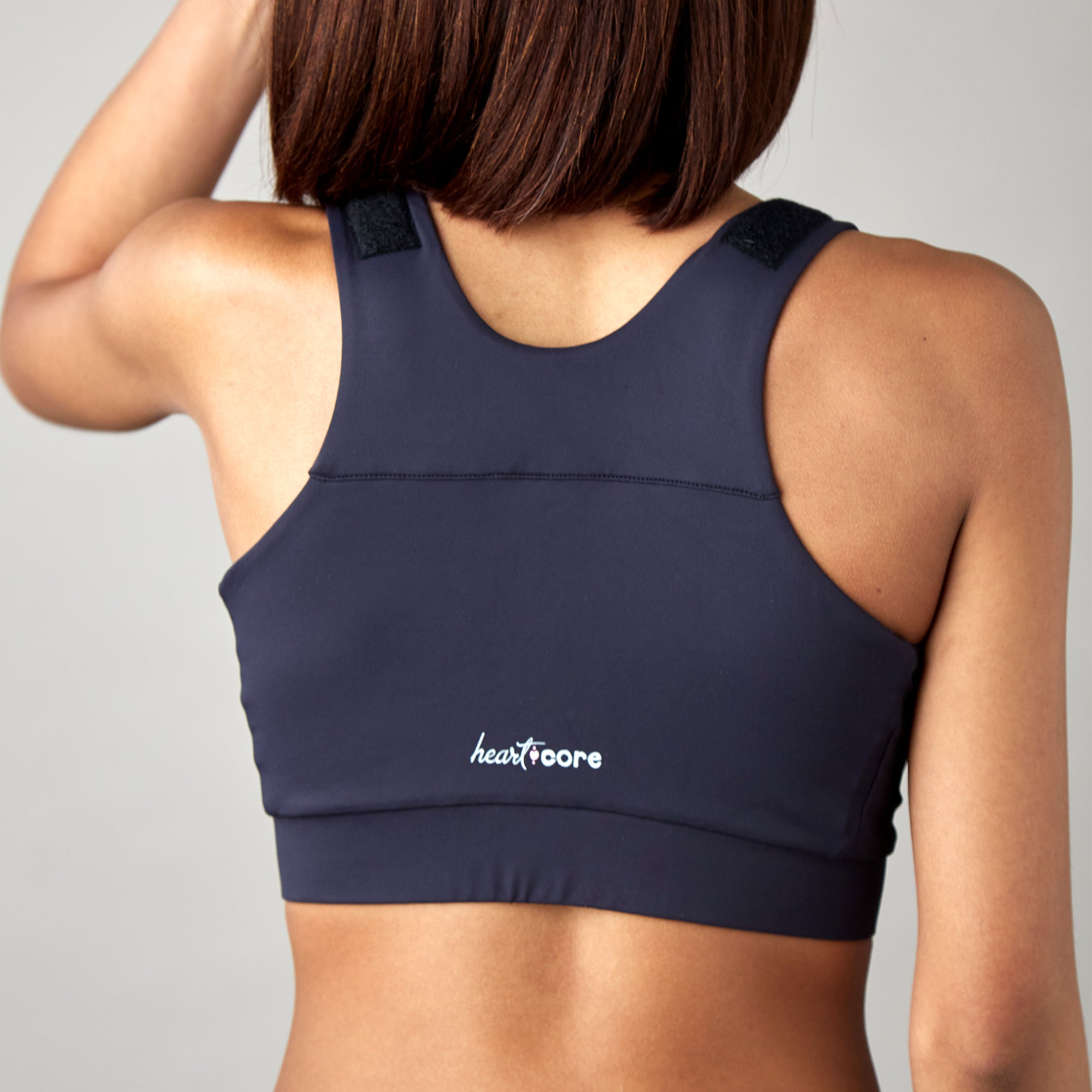Gravity might be bringing you down in more ways than you realize. Could the simple act of tilting your bed (or head) be the wellness hack you've been sleeping on?
The Downward Slope of Modern Sleep
Most of us have been horizontal sleepers our entire lives. We flop onto flat mattresses night after night without a second thought, assuming this is how humans are designed to rest. But what if this commonly accepted sleeping position is actually working against our biology?
Enter Inclined Bed Therapy (IBT), a sleep modification approach that's been gaining traction among health enthusiasts, chronic illness sufferers, and sleep hackers alike. The concept is refreshingly simple: raise the head of your bed by 5-8 inches, creating a gentle slope that changes how your body experiences rest.
"Just tilt your bed? That's it?" We hear you ask skeptically. Yes—sometimes the most profound wellness interventions aren't complicated biohacks. Sometimes, they're just about working with gravity rather than against it.
The Sloped Origins: How Inclined Bed Therapy Began
Andrew K. Fletcher, a British engineer and the pioneer of modern Inclined Bed Therapy, wasn't originally looking to revolutionize sleep. In the early 1990s, he was studying the way fluids move through trees. His observations about how gravity affects fluid dynamics in plants led to a remarkable hypothesis: perhaps the same principles apply to circulation in the human body.
Fletcher's "eureka" moment came when he realized that humans are the only mammals who sleep completely flat. Most animals naturally sleep with their heads at a slight elevation. Even our close primate relatives typically sleep in trees with their heads positioned higher than their feet.
This observation sent Fletcher down a research rabbit hole. If nature had designed bodies to function optimally at a slight incline, what health implications might arise from our modern flat-sleeping habits?

The Science Behind the Slope
While mainstream medical institutions have been slow to embrace Inclined Bed Therapy, proponents point to several physiological mechanisms that might explain its reported benefits:
Improved Circulation
The slight incline is thought to work with gravity to improve blood circulation throughout the body. When you sleep at an incline, gravity assists your venous return—the flow of blood back to your heart—potentially reducing the workload on your cardiovascular system.
Think about it: your heart has evolved to pump against gravity when you're upright. When you lie completely flat, these natural circulatory dynamics are disrupted. Sleeping on an incline may help restore a more natural pressure gradient.
Enhanced Lymphatic Drainage
Your lymphatic system—the network of vessels that transport lymph fluid containing white blood cells and waste products—doesn't have a central pump like your heart. Instead, it relies heavily on movement and gravitational forces to function properly.
Advocates of IBT suggest that the gentle slope created by raising the head of your bed assists your lymphatic system in draining waste products more efficiently, potentially supporting immune function and detoxification processes.
Reduced Intracranial Pressure
For those suffering from conditions associated with increased pressure in the brain, such as migraines or intracranial hypertension, an inclined bed may provide relief by allowing gravity to assist in draining cerebrospinal fluid.
Digestive Support
Gravity is a crucial but often overlooked component of healthy digestion. The slight downward slope from head to toe is believed to support the natural direction of digestion, potentially reducing issues like acid reflux and GERD by keeping stomach contents where they belong.

The Reported Benefits: What Inclined Sleepers Are Experiencing
The anecdotal evidence for Inclined Bed Therapy is both extensive and compelling. Devotees report improvements across various health dimensions:
Respiratory Relief
Many IBT practitioners report significant improvements in:
-
Sleep apnea symptoms
-
Snoring reduction
-
Easier breathing throughout the night
-
Decreased sinus congestion
For those with respiratory conditions, this slight elevation may help prevent the tongue and soft palate from collapsing backward, keeping airways clearer during sleep.
Circulatory Improvements
Improved circulation may contribute to:
-
Reduced varicose veins
-
Decreased leg swelling
-
Better healing of wounds and injuries
-
Improved overall energy levels
Neurological Benefits
Some IBT users with neurological conditions report:
-
Reduced frequency and intensity of migraines
-
Improved symptoms of multiple sclerosis
-
Better recovery from brain injuries
-
Enhanced memory and cognitive function
Digestive Advantages
The digestive system seems particularly responsive to gravitational optimization:
-
Reduced heartburn and acid reflux
-
Improved overall digestion
-
Decreased bloating and gas
-
Better nutritional absorption
Enhanced Sleep Quality
Perhaps most importantly, many inclined sleepers report:
-
Falling asleep faster
-
Experiencing deeper sleep cycles
-
Waking less frequently during the night
-
Feeling more refreshed upon waking

Implementation: Setting Up Your Inclined Bed
If you're intrigued enough to give Inclined Bed Therapy a try, here's how to properly implement it:
The Proper Angle
The recommended incline is 5-8 degrees—which translates to raising the head of your bed by about 6-8 inches for a standard bed length. This provides enough slope to experience the gravitational benefits without making the bed uncomfortable or causing you to slide down.
Proper Setup Methods
-
Bed Risers: These commercially available products fit under your bed legs and come in various heights. Look for sturdy ones that can support your bed's weight.
-
Wooden Blocks: DIY enthusiasts can create custom-height blocks from wood. These should be stable and have a slight depression to keep bed legs from slipping.
-
Books or Bricks: While not the most elegant solution, stacking books or bricks under the head-end legs can work for a temporary trial.
-
Adjustable Beds: Some modern adjustable beds can be positioned at the proper incline, though many are designed more for sitting up than for the subtle slope that IBT requires.
-
Sleep Again Pillow System: For those who can't modify their bed frame or need a portable solution, the Sleep Again Pillow System provides a specialized approach to achieving elevated sleep. Their full-body elevated support system creates proper body alignment while mimicking many of the gravitational benefits of a fully inclined bed. This option is particularly valuable for those who can’t (or don’t want to) modify their beds.
Common Mistakes
-
Too Steep an Incline: Going beyond the recommended 5-8 degrees can cause discomfort and may lead to sliding down the bed during sleep.
-
Inconsistent Practice: Like many health interventions, consistency is key. Occasional use may not provide the same benefits as making it your regular sleep position.
Body-Conscious Design: Sleep Again Pillows' Approach to Inclined Sleep Support
While Inclined Bed Therapy offers tremendous benefits on its own, elevating your entire bed simply might not be practical. Some struggle with the physical constraints of their bed frames, such as platform beds lacking legs to elevate or beds with integrated storage drawers underneath. Others have specialized sleeping setups like futons without frames or certain types of medical beds with specific required configurations. And then there are personal constraints, like sharing a bed with a partner who doesn't want to sleep at an incline. This is where the Sleep Again Pillow System enters the picture as an ideal solution for inclined bed therapy.
Sleep Again Pillows has developed a top-ranked full-body pillow system specifically designed to support proper alignment during inclined sleep. What makes this system particularly versatile is its innovative two-wedge design. For those who can’t adjust their entire bed (or just don’t want to), these wedges can be doubled up under the upper body to effectively mimic the inclined bed therapy experience, creating a similar gravitational benefit without modifying your bed frame.
Unlike standard pillows that can shift or compress during the night, Sleep Again's innovative design maintains consistent support throughout your sleep cycle. This is especially important for those using the system as their primary method of achieving an inclined sleep position.
The Sleep Again full body pillow system provides:
-
Contoured support that aligns with the natural curves of your spine while replicating the higher incline of Inclined Bed Therapy
-
Pressure point relief that becomes especially important when sleeping on an incline
-
Breathable materials that prevent overheating—a common concern when making any sleep modification
-
Adaptable positioning thanks to the two-wedge system that can be arranged to suit different sleep needs and bed setups
All components working together, this full-body system offers a complete solution that delivers many of the same benefits as traditional Inclined Bed Therapy. The combination addresses both the gravitational benefits of the incline and the proper body alignment needed for truly restorative sleep.

Who Should Consider Inclined Bed Therapy?
While potentially beneficial for many people, Inclined Bed Therapy may be particularly worth considering if you experience:
-
Chronic respiratory issues
-
Acid reflux or GERD
-
Circulatory problems
-
Edema or fluid retention
-
Snoring or sleep apnea
-
Chronic fatigue
-
Neurological conditions
-
Slow-healing wounds
-
Lymphatic congestion
That said, even those without specific health concerns may find that inclined sleeping improves their overall sleep quality and energy levels.
Potential Adjustment Challenges
As with any change to your sleep environment, there may be an adjustment period when beginning Inclined Bed Therapy:
-
Initial Sliding Sensation: Some people report feeling like they're sliding down the bed during the first few nights. This typically resolves as your body adjusts. Using a Sleep Again full body pillow system can help minimize this sensation.
-
Changed Sleep Position: If you're accustomed to sleeping on your stomach, an inclined bed may require adapting to a back sleeping position. New to back sleeping? Read our article on How to Train Yourself ot Sleep on Your Back to get started.
-
Partner Considerations: If you share your bed with someone who isn't interested in trying IBT, you can achieve elevated sleeping benefits by using the Sleep Again Pillow System instead, which won’t impact their side of the bed.
-
Temporary Sleep Disruption: Any change to your sleep environment can temporarily disrupt sleep patterns. Most people find that any disruption resolves within a week as the body adapts.
The Bigger Picture: Gravity as a Health Factor
The interest in Inclined Bed Therapy points to a larger conversation about how gravitational forces affect our health. In our modern world, we often overlook gravity as a fundamental factor in human physiology.
Consider how many health issues involve some form of fluid dynamics going awry:
-
Cardiovascular disease
-
Lymphedema
-
Glaucoma
-
Intracranial pressure disorders
-
Venous insufficiency
-
Edema
Each of these conditions involves fluid pressures that must work with or against gravity. Inclined Bed Therapy represents a simple but profound acknowledgment that positioning our bodies strategically with respect to gravity might have far-reaching health implications.
Taking the Plunge: Your Inclined Bed Therapy Trial
If you're considering trying Inclined Bed Therapy, here's a suggested approach:
-
Start with research: Read firsthand accounts from people with similar health concerns to yours.
-
Consult healthcare providers: While IBT is generally considered safe, discussing any sleep modification with your healthcare team is always wise, especially if you have existing health conditions.
-
Prepare your space: Decide on your method for inclining your bed and acquire any necessary materials, such as the Sleep Again Pillow System
-
Commit to at least 30 days: Many IBT advocates report that while some benefits appear quickly, others take weeks to become apparent. Give your body time to adjust.
-
Track your results: Keep a simple journal noting any changes in sleep quality, symptoms, energy levels, or other relevant metrics.
-
Adjust as needed: If your initial setup isn't comfortable, make small modifications rather than abandoning the approach entirely.
Frequently Asked Questions About Inclined Bed Therapy
Q: How steep should my inclined bed be?
A: The recommended incline is 5-8 degrees, which typically means raising the head of your bed by 6-8 inches for a standard bed length. Alternatively, you can use 2 pillow individual wedge pillows, also included the Sleep Again Pillow System.
Q: How long before I notice benefits from Inclined Bed Therapy?
A: While some people report experiencing improvements within days, particularly for issues like acid reflux or snoring, many of the circulatory and deeper physiological benefits may take 4-8 weeks to become noticeable. Consistency is key.
Q: Can I use Inclined Bed Therapy if I have certain medical conditions?
A: While IBT is generally considered safe for most people, it's always best to consult with your healthcare provider before making sleep modifications, especially if you have conditions like glaucoma, certain heart conditions, or hiatal hernia.
Q: Will I slide down the bed while sleeping at an incline?
A: Some initial sliding sensation is common during the adjustment period. This is where the Sleep Again Pillow System with its two-wedge design can be particularly helpful in stabilizing your position and preventing sliding. The system could be used on its own or along with a slanted bed.
Q: Can I practice Inclined Bed Therapy while pregnant?
A: Many pregnant women find relief from common pregnancy discomforts with slight elevation, but it's essential to consult with your prenatal healthcare provider first.
Q: How do I adjust my inclined bed when traveling?
A: The Sleep Again Pillows System offers an excellent portable solution for travelers who want to maintain their inclined sleep routine. The entire system fits neatly in its own Travel and Storage Bag.
Q: Will sleeping at an incline affect my partner?
A: If you share a bed, talk with your partner about trying IBT together. If they're not interested, options include using a specialized wedge system like the Sleep Again Pillow System on just your side.
Q: Can children use Inclined Bed Therapy?
A: While the gentle incline of IBT is generally considered safe for most ages, always consult with a pediatrician before modifying a child's sleep surface.
The Bottom Line: Is Inclined Bed Therapy Worth Trying?
In a wellness landscape filled with expensive gadgets and complicated protocols, Inclined Bed Therapy stands out for its simplicity, low cost, and lack of side effects. While it may not be a miracle cure for everyone, the potential benefits compared to the minimal investment make it worth considering.
At its core, IBT invites us to reconsider our assumptions about how we should sleep. Just because flat beds have become the norm doesn't mean they represent the optimal environment for human rest and recovery.
Whether you're dealing with specific health challenges or simply looking to optimize your sleep, elevating your sleep position is perhaps the simplest health hack you'll ever try. Sometimes, the most profound wellness solutions aren't about adding complexity to our lives, but about returning to arrangements that honor our biology.
This article is for informational purposes only and does not constitute medical advice. Always consult with qualified healthcare providers before making changes to your sleep environment, especially if you have existing health conditions.



